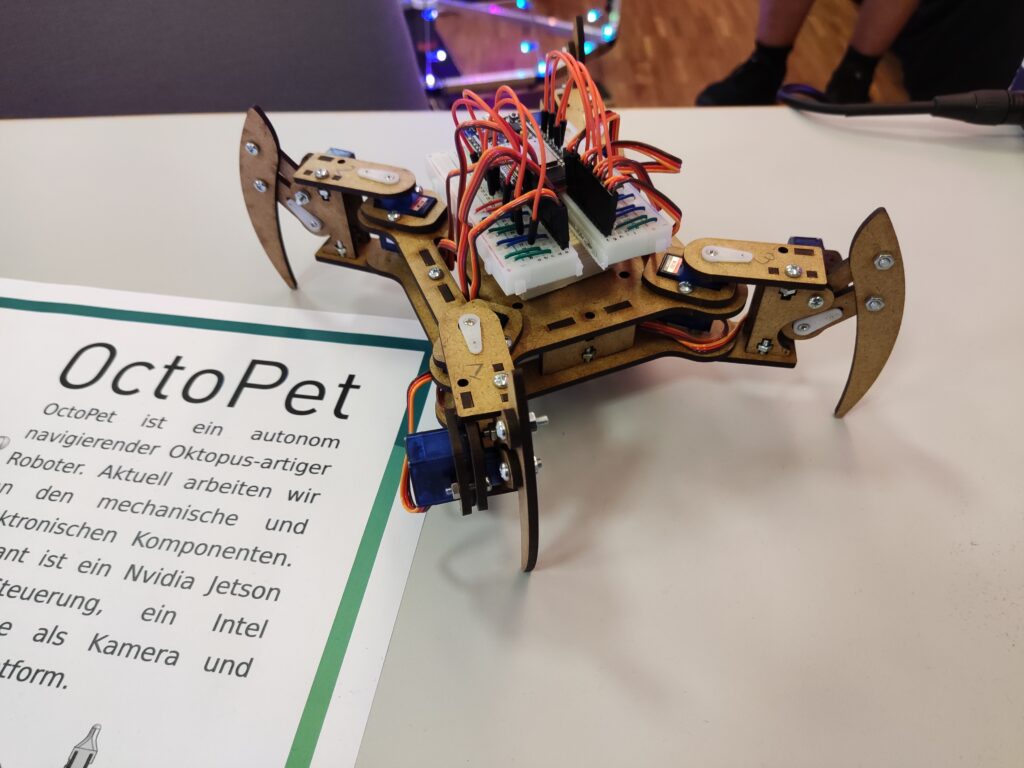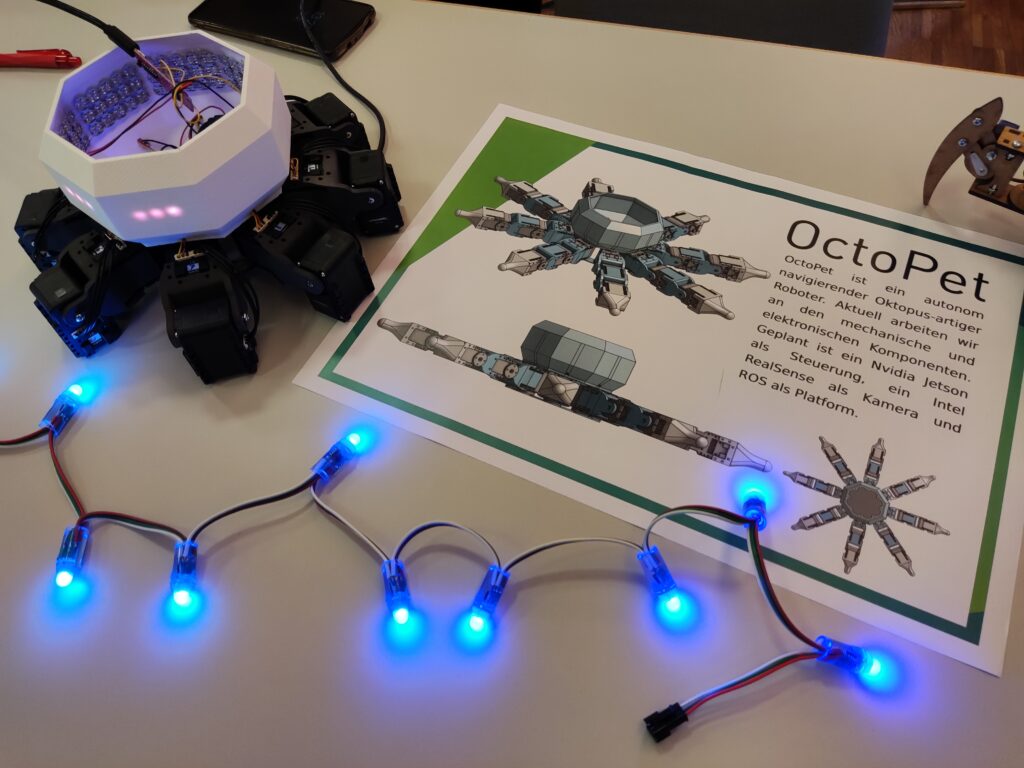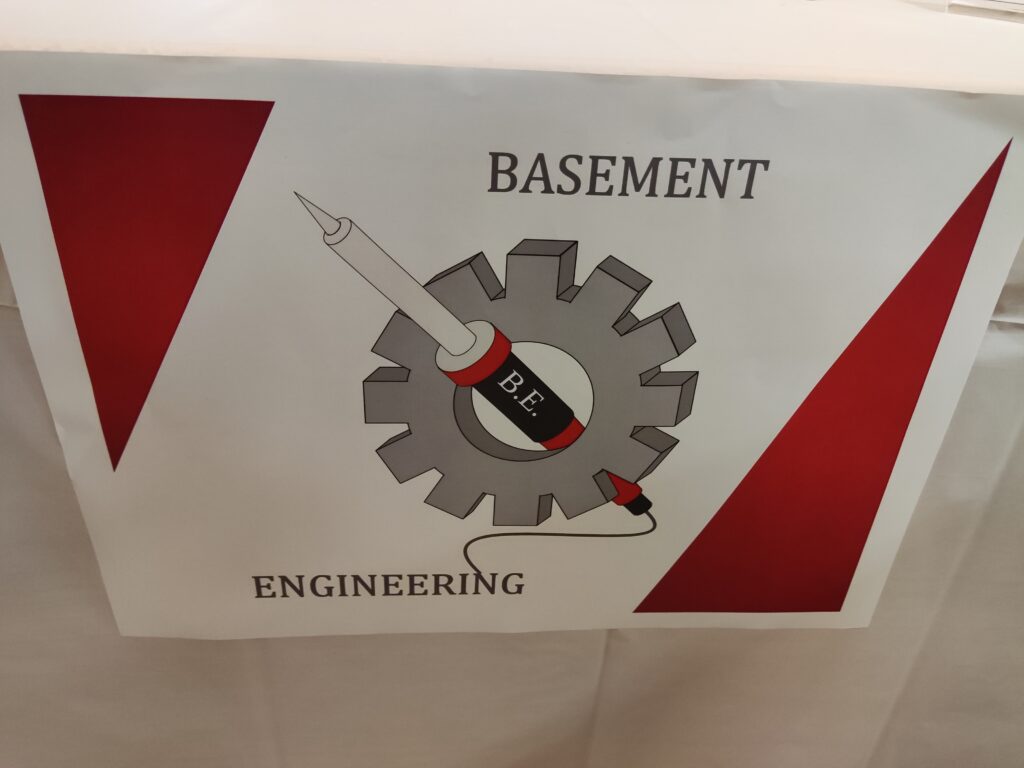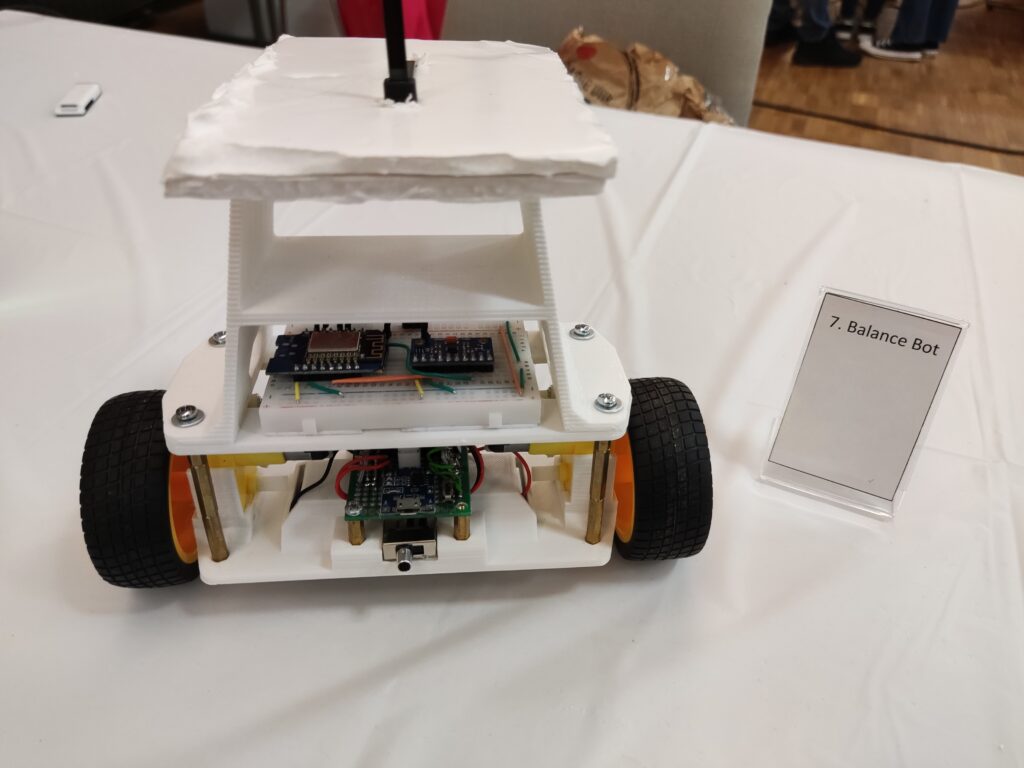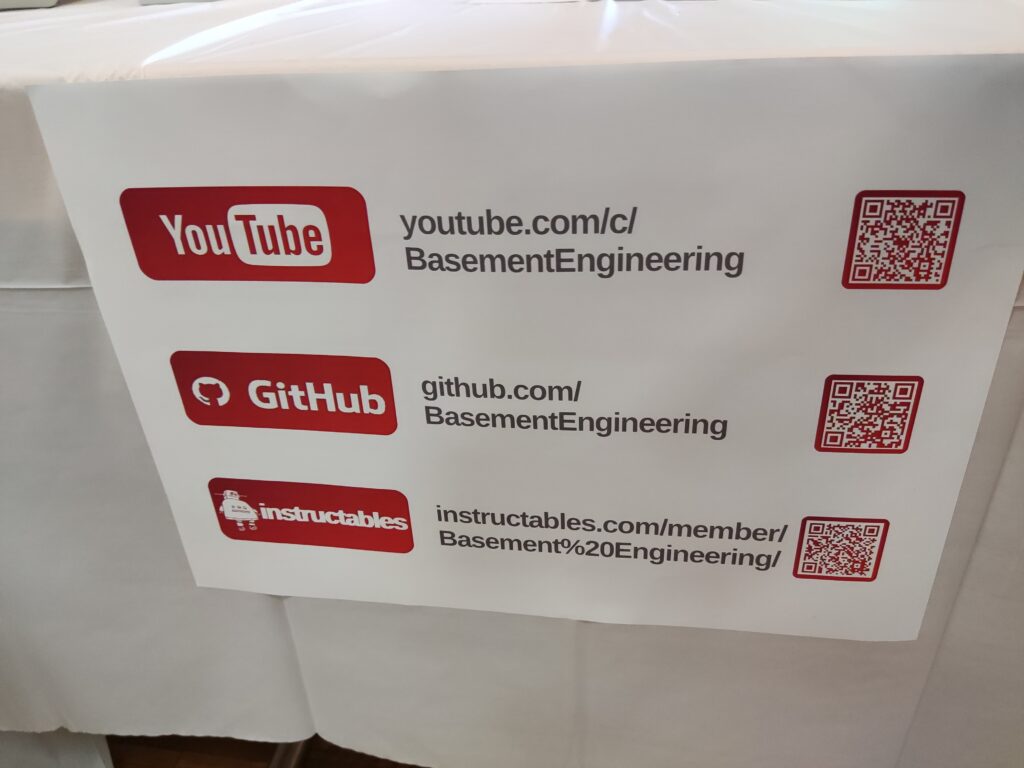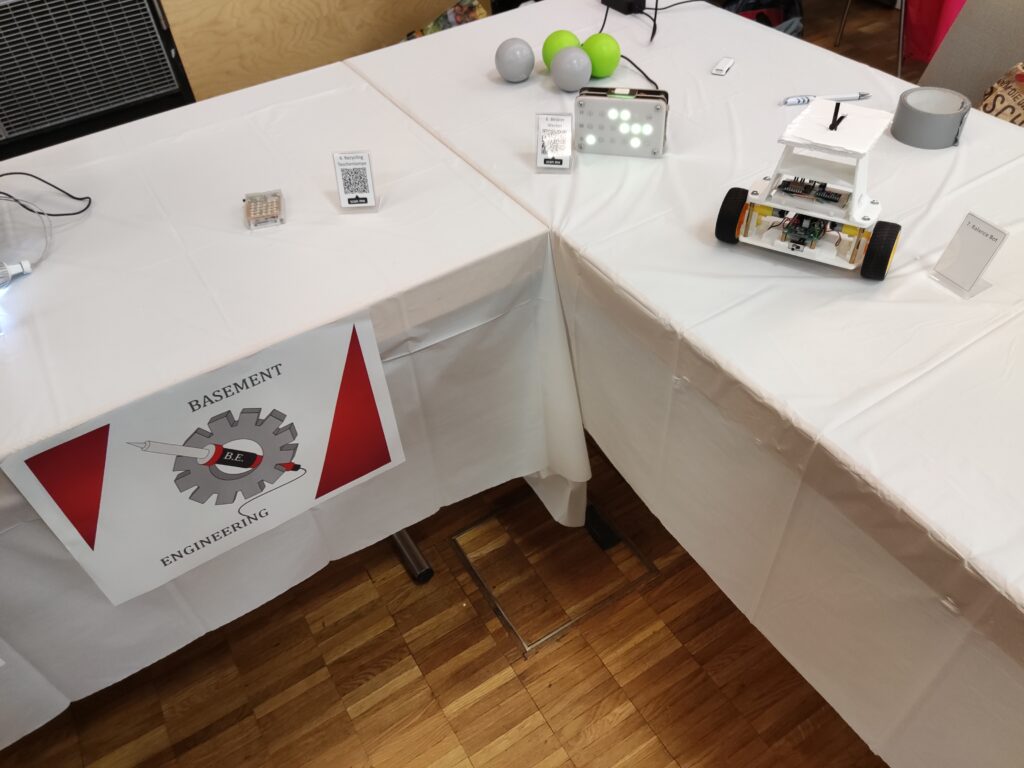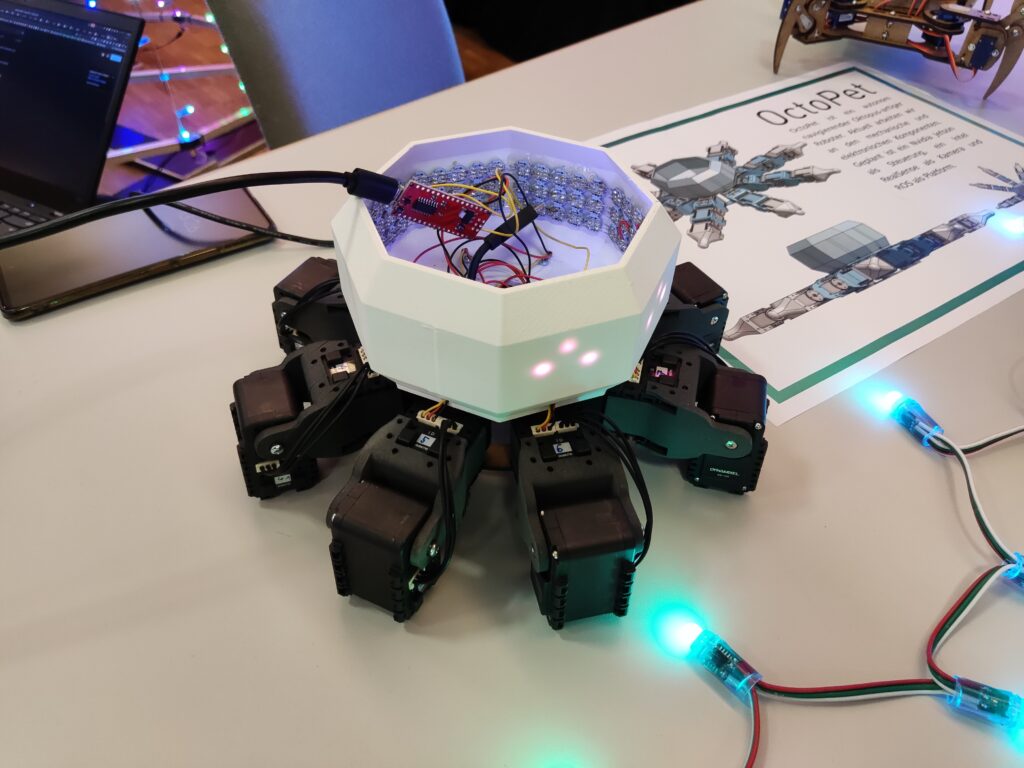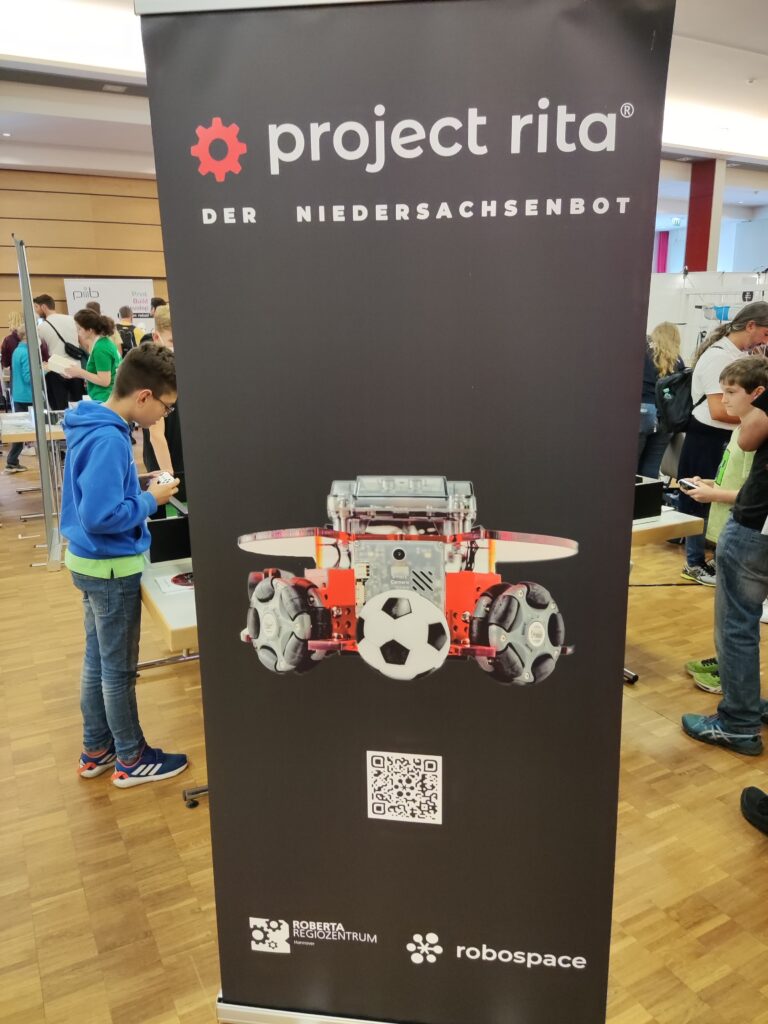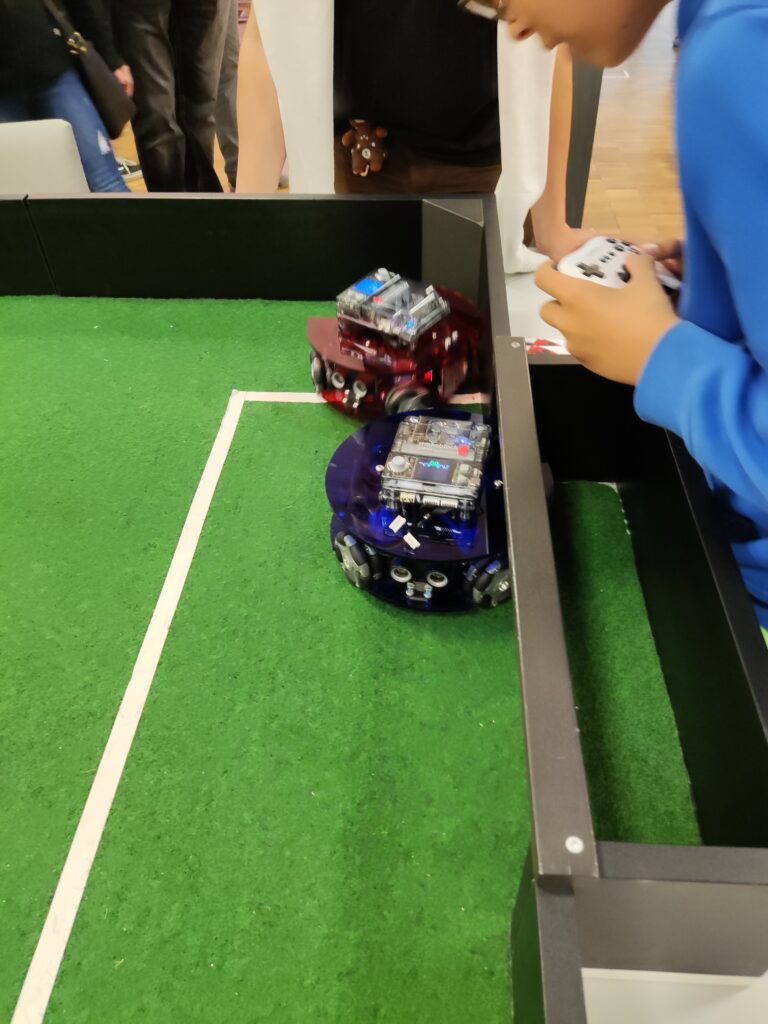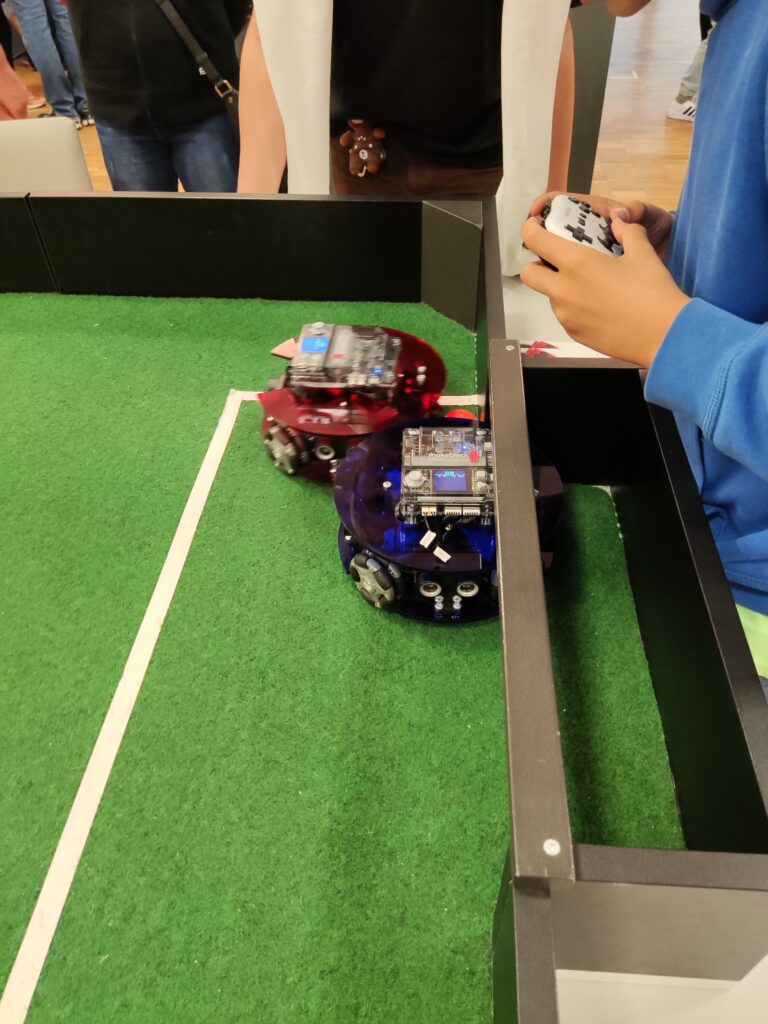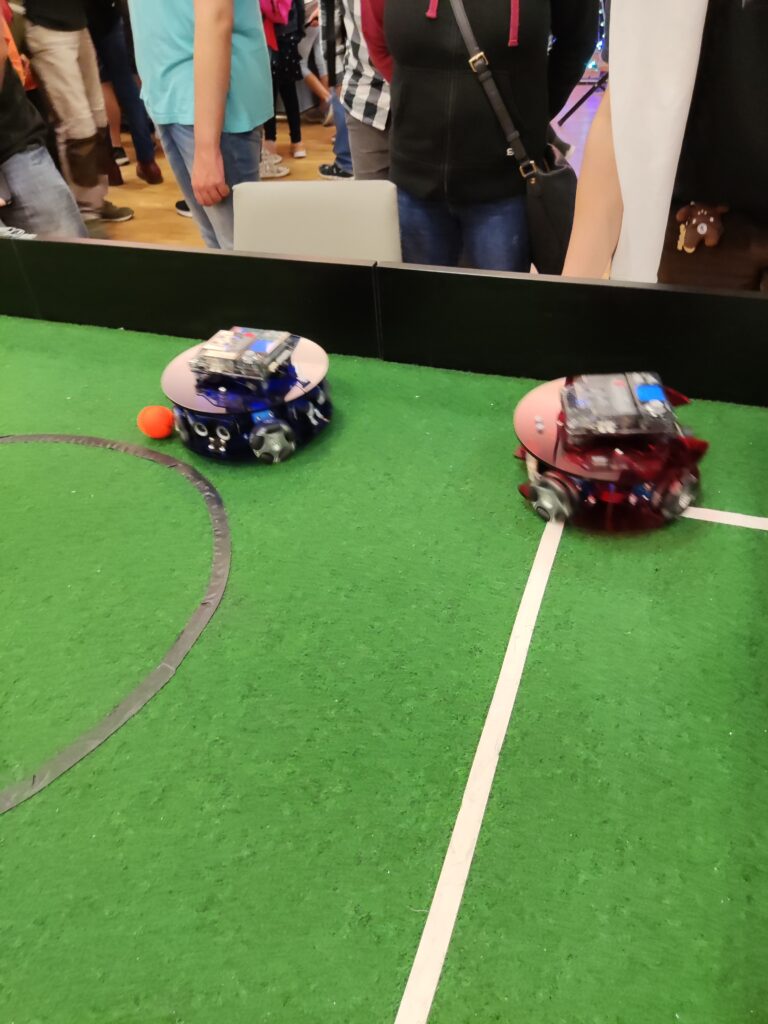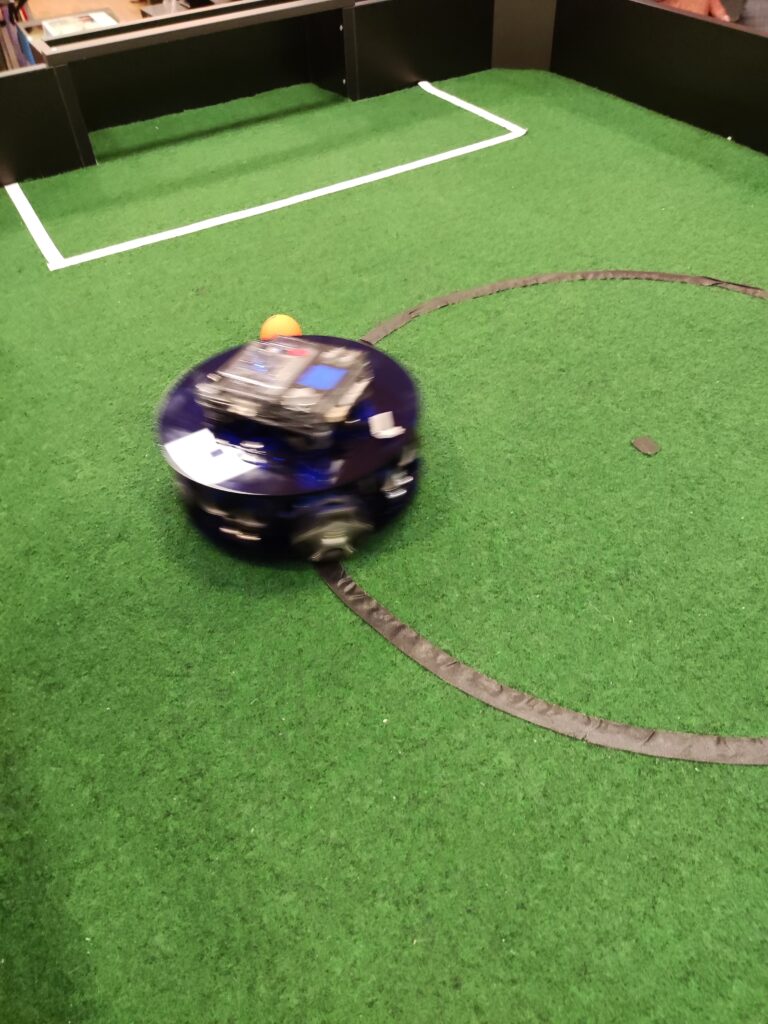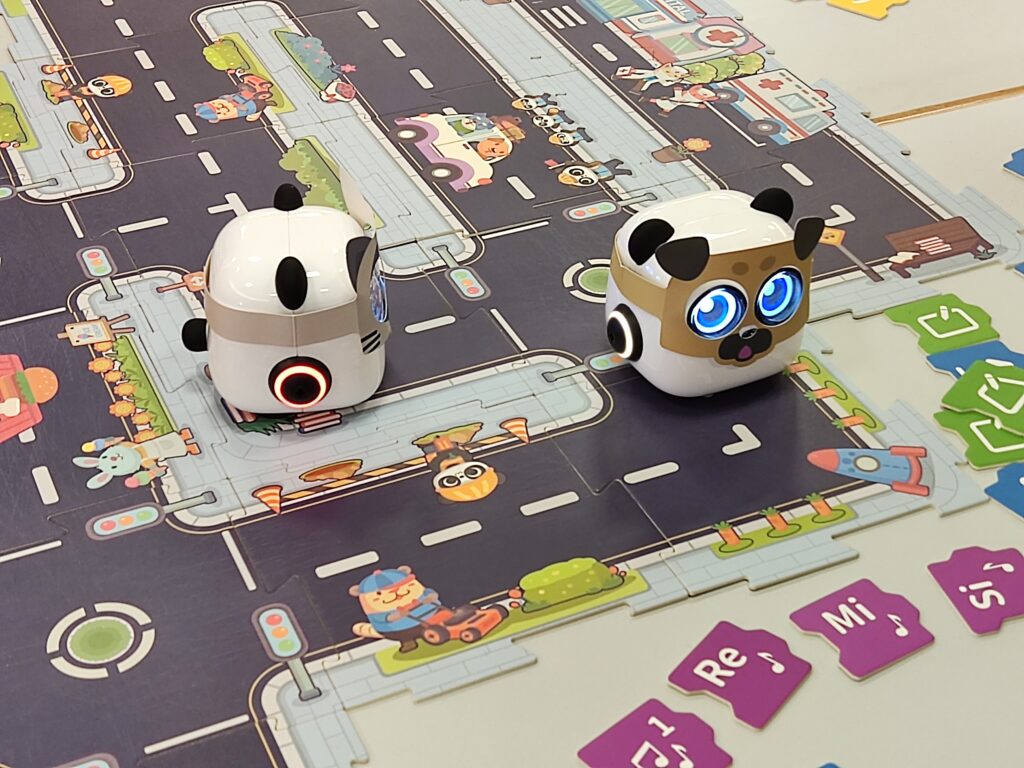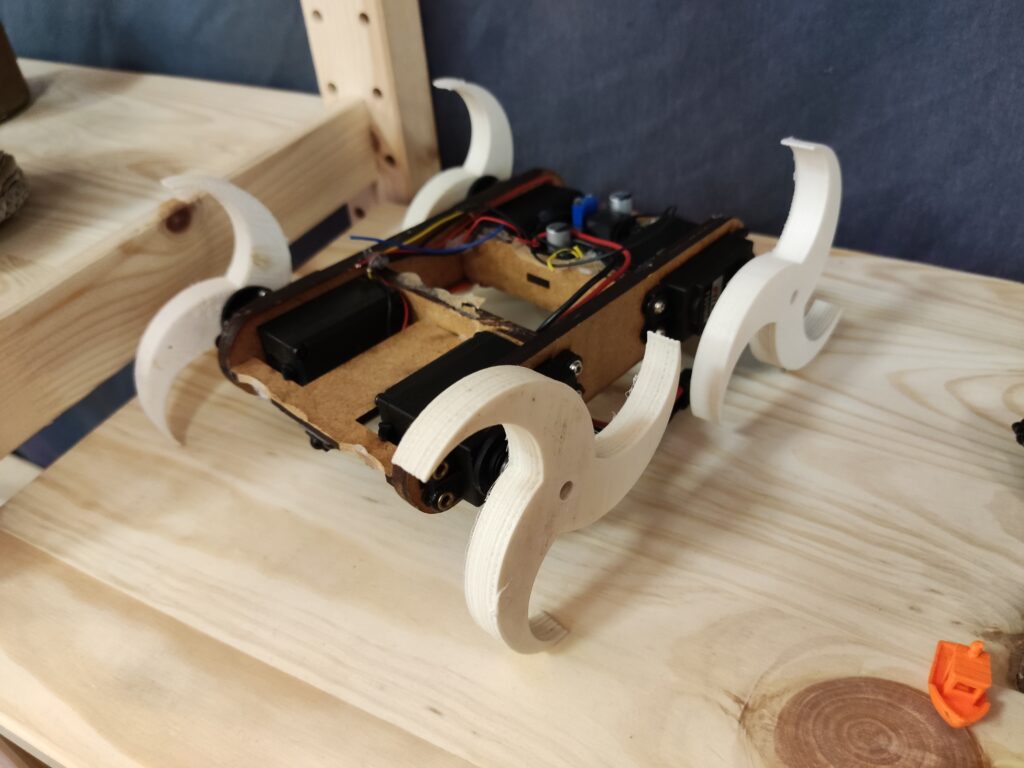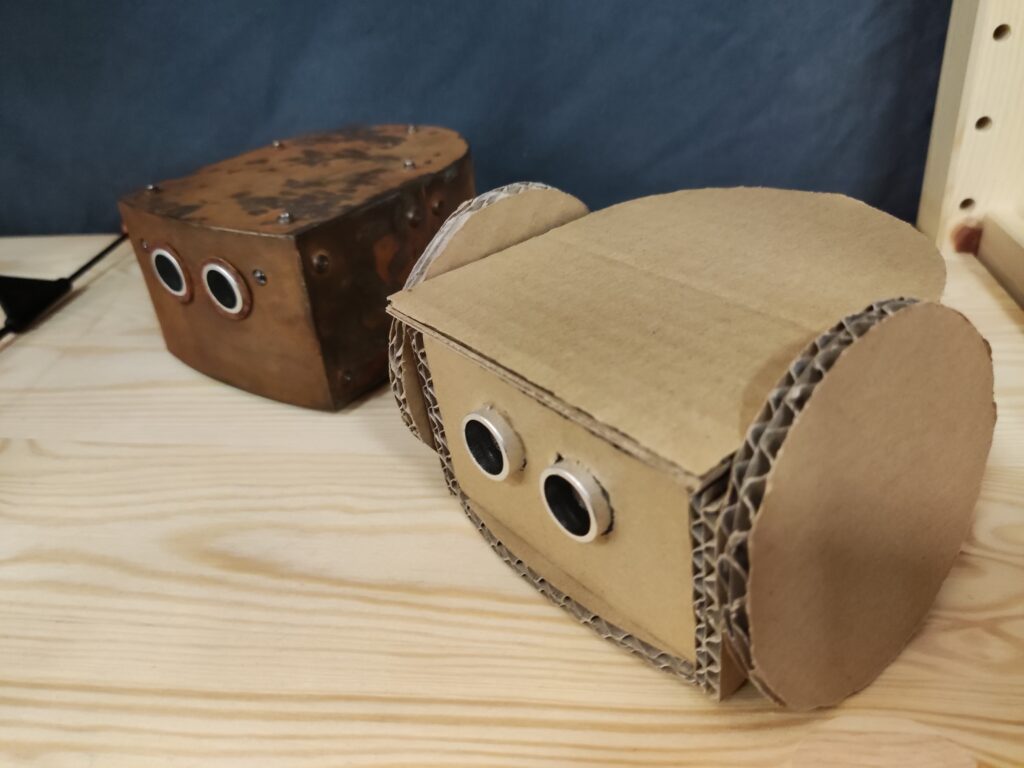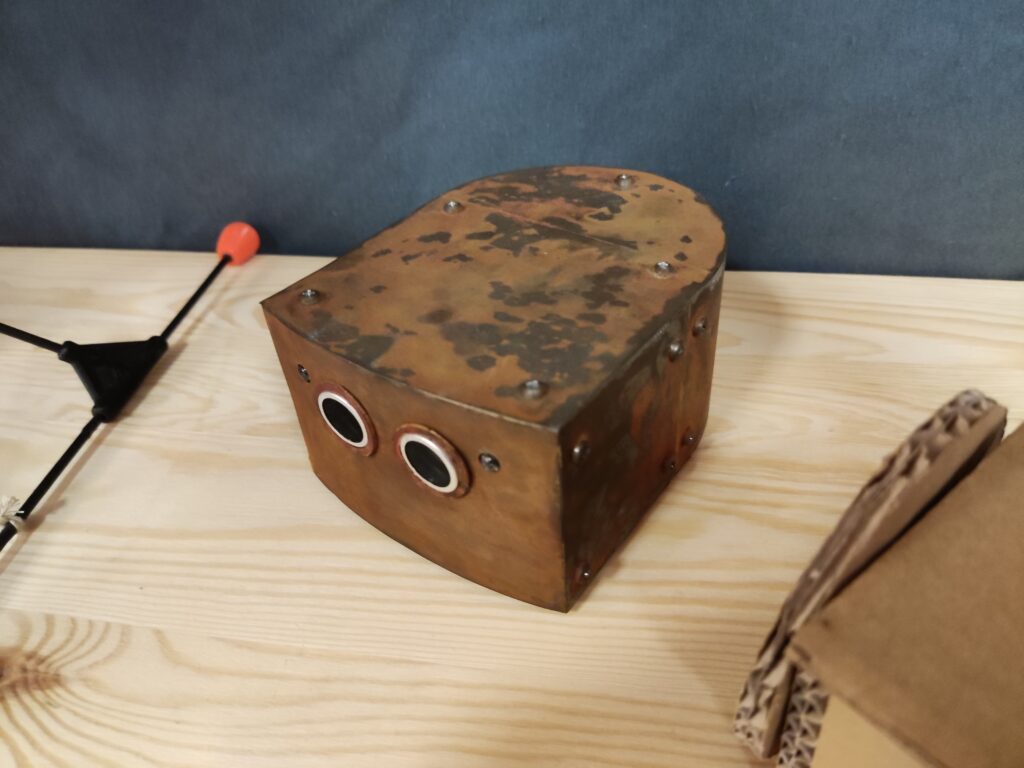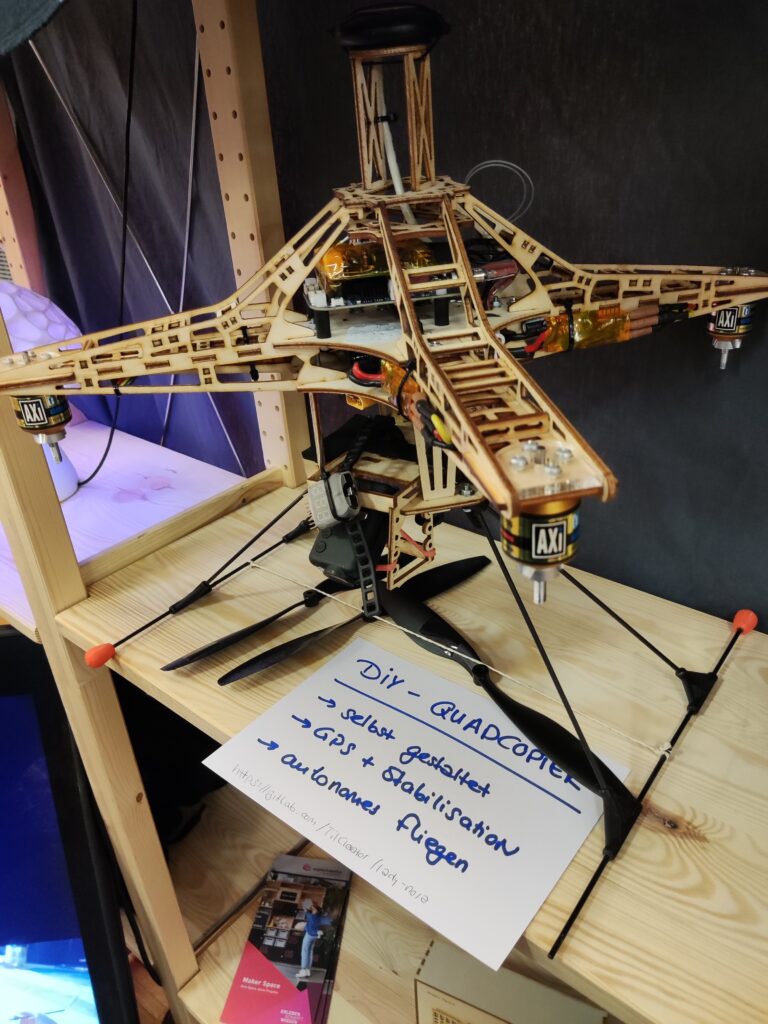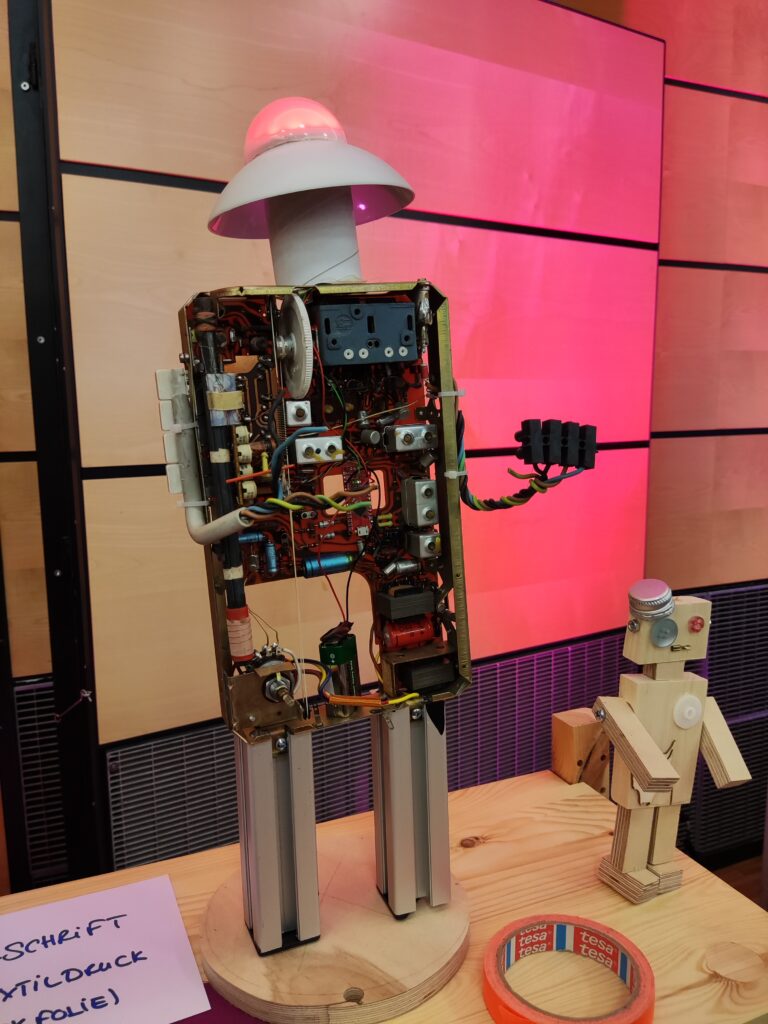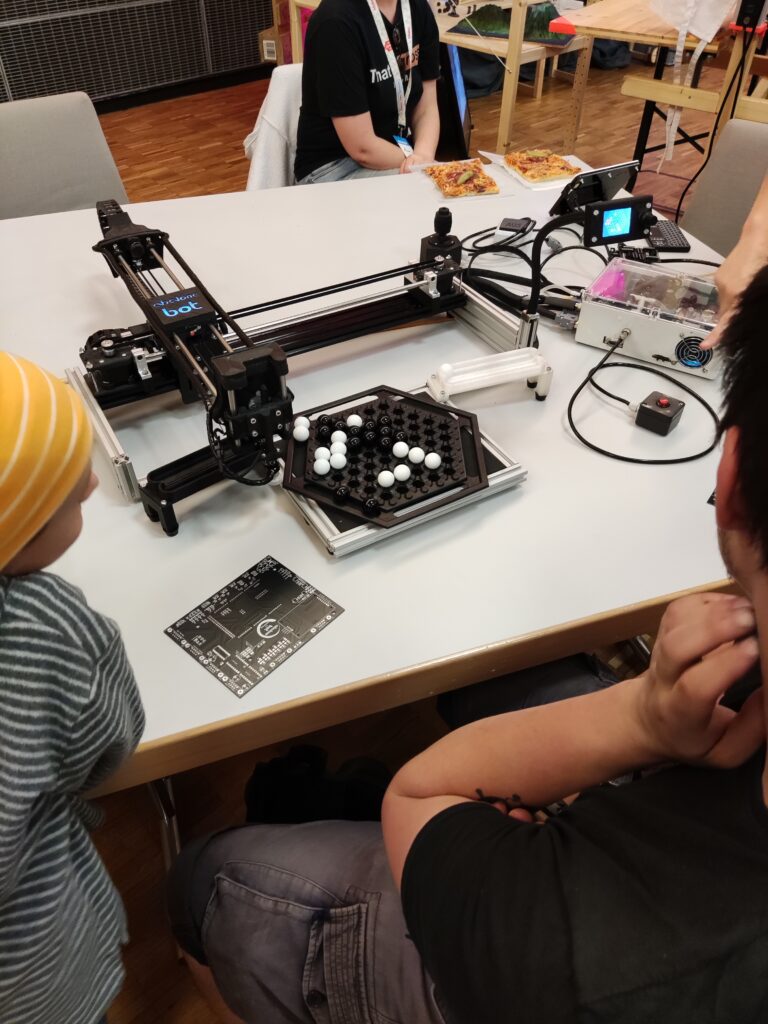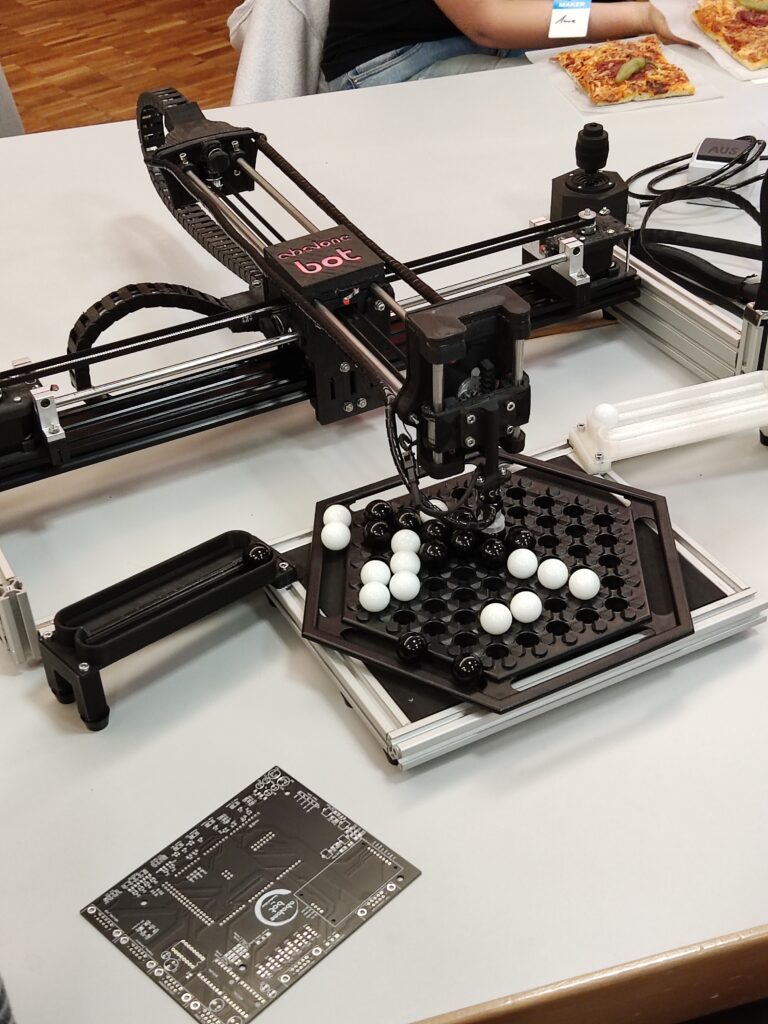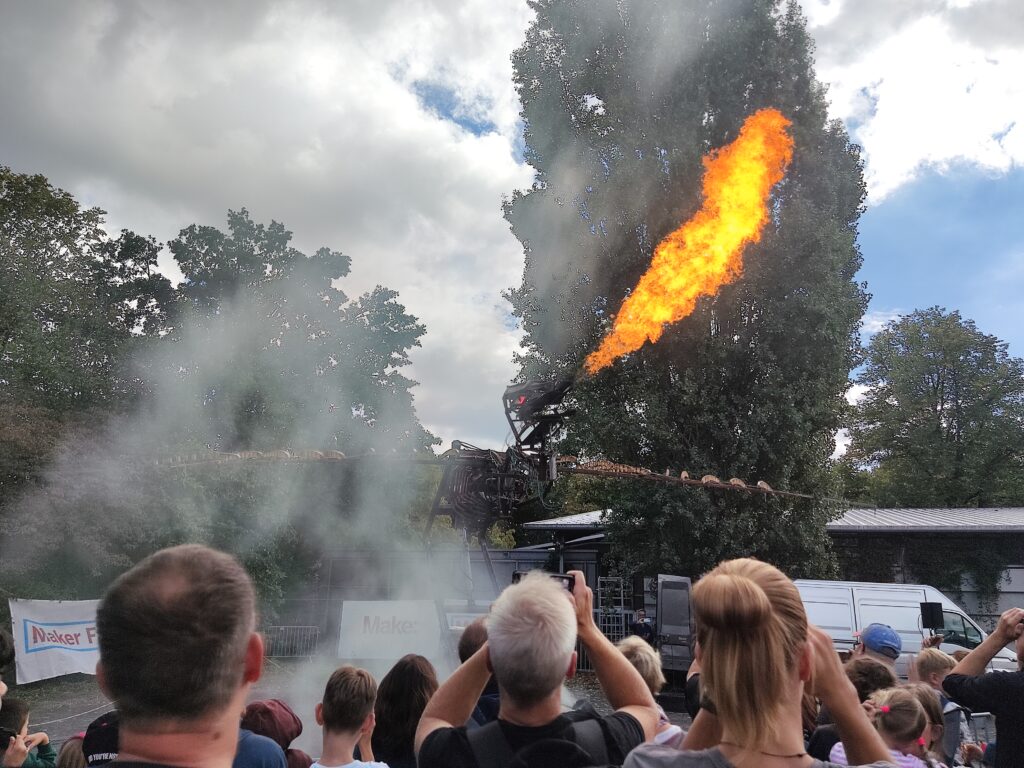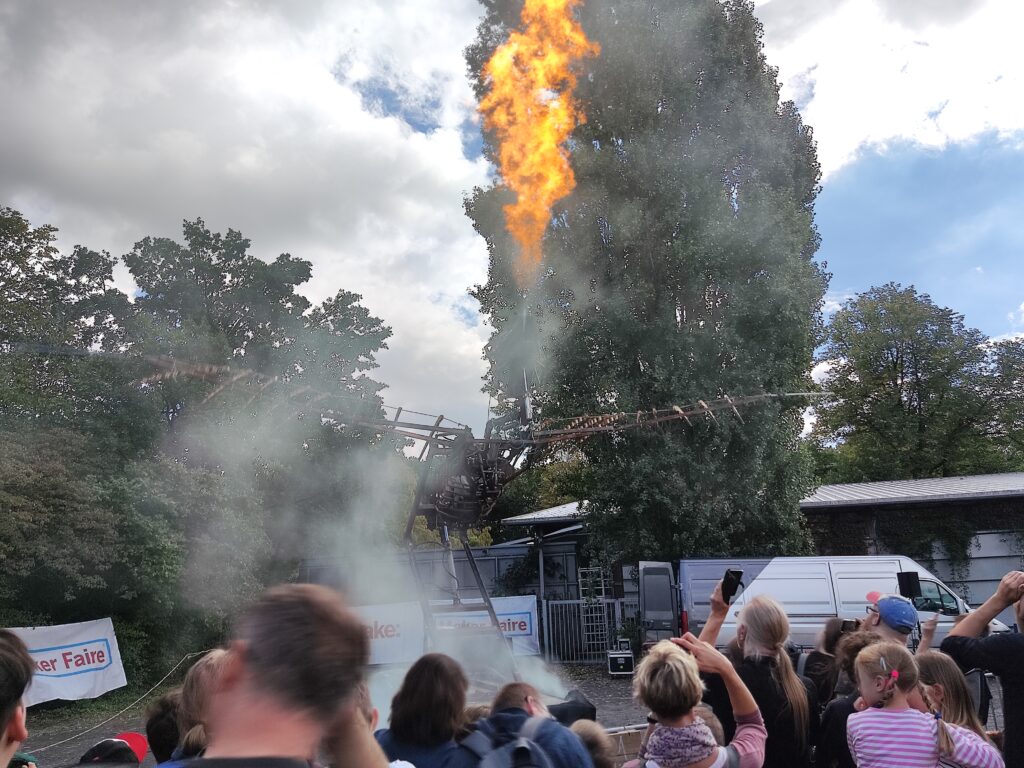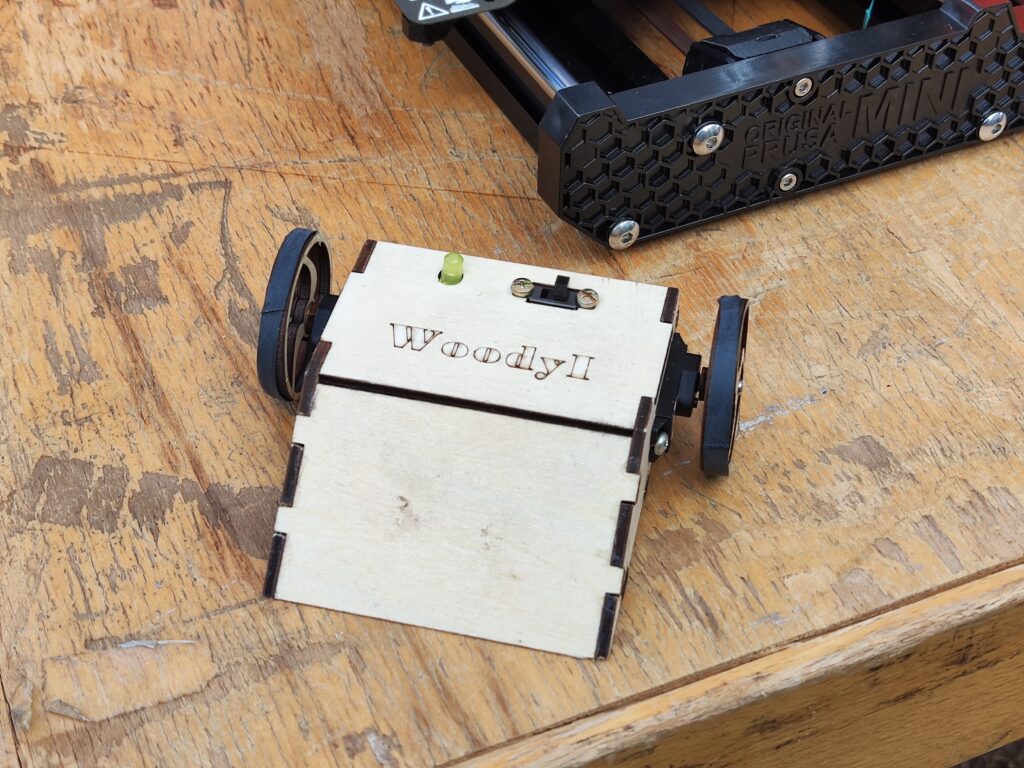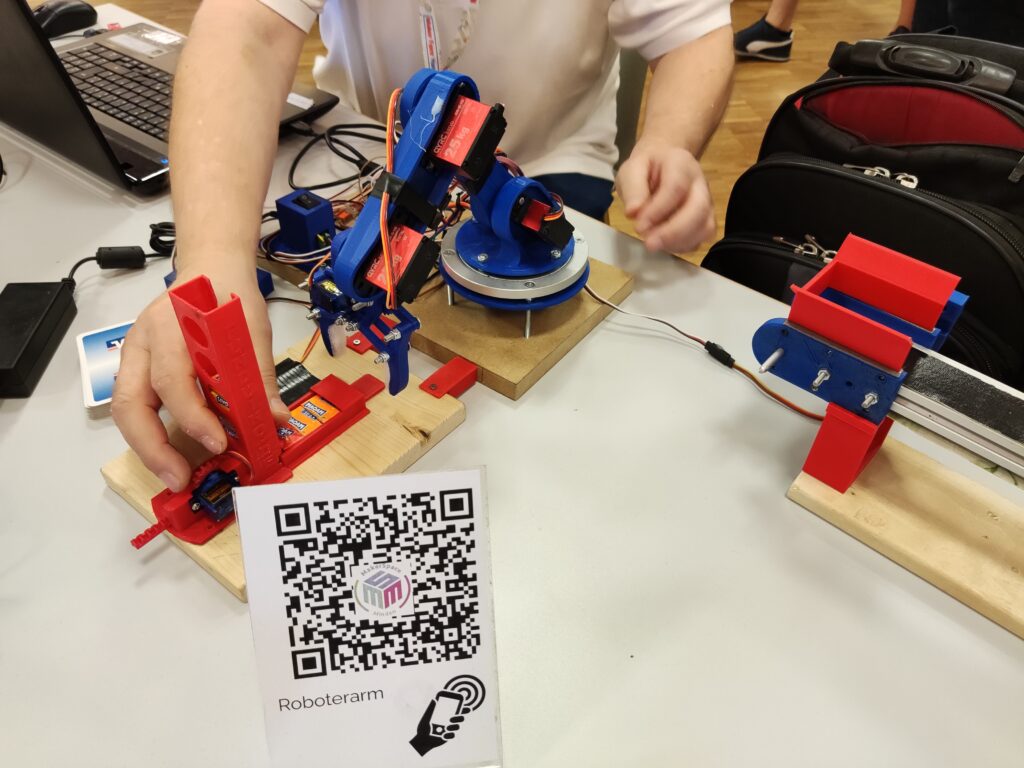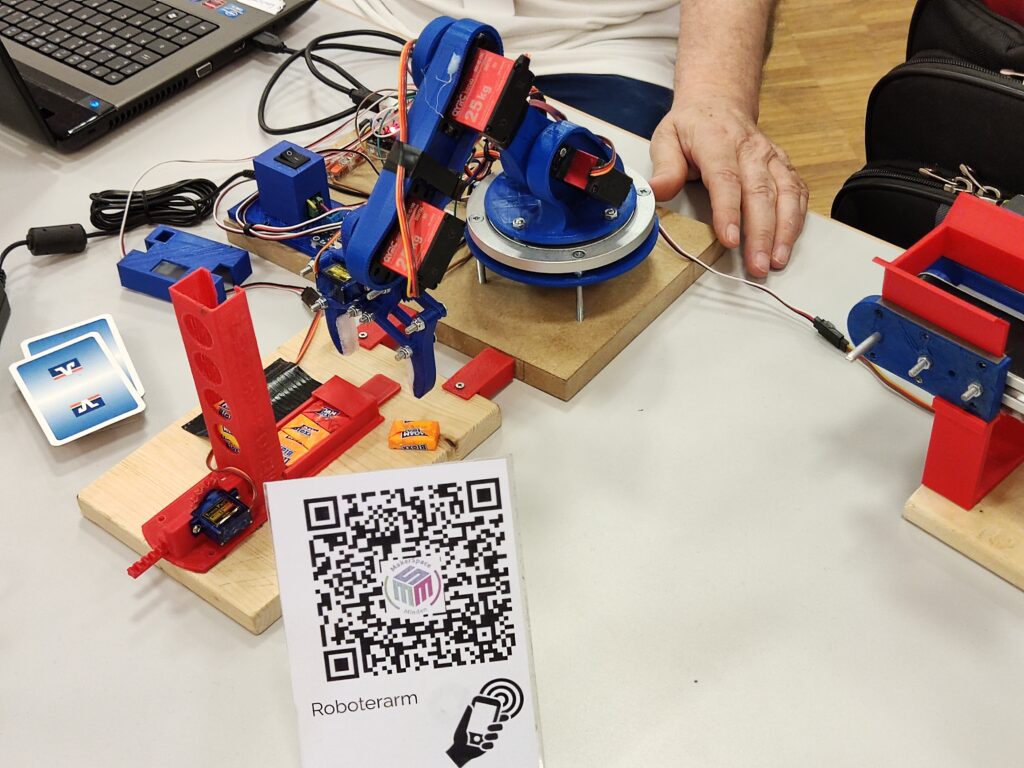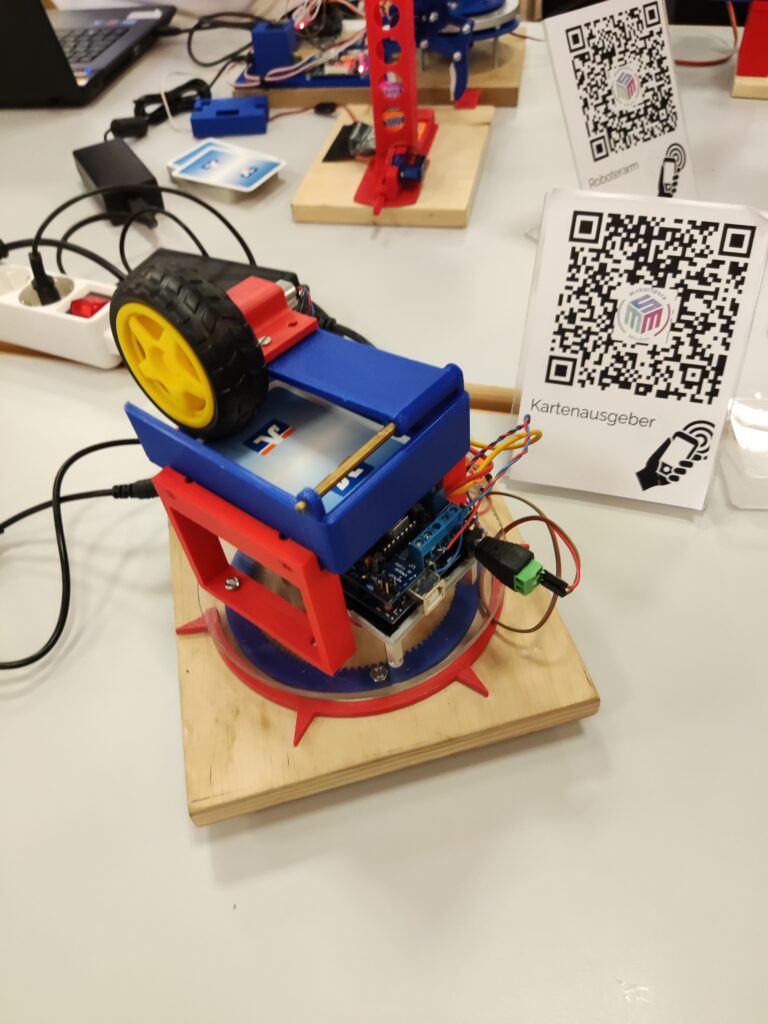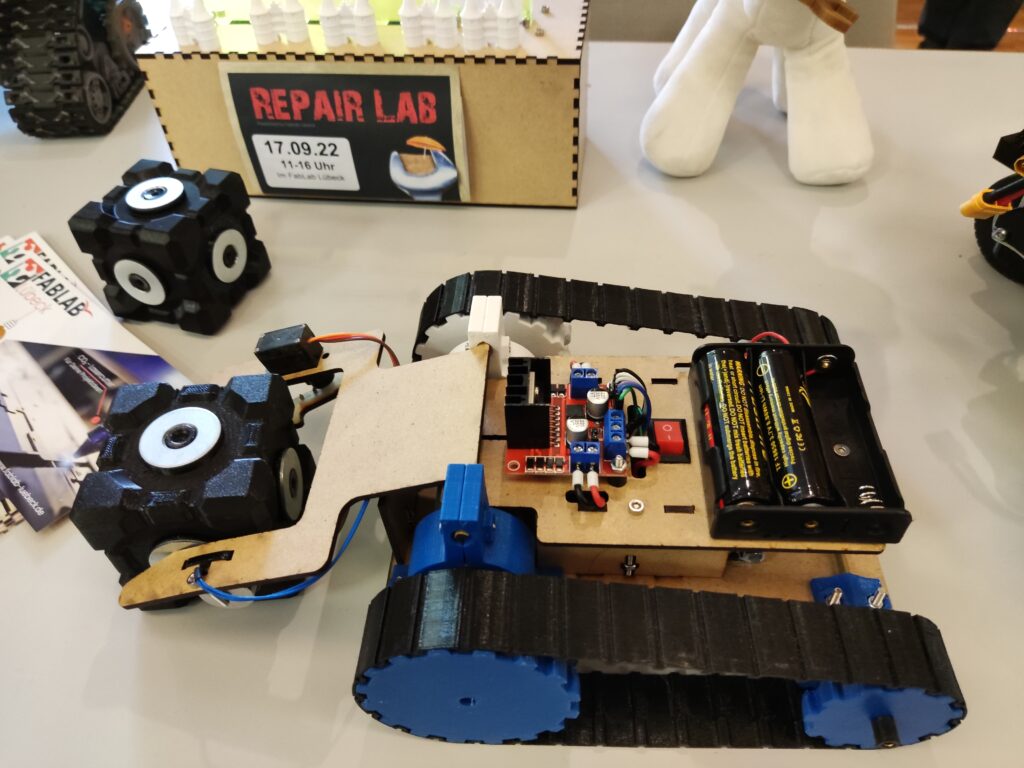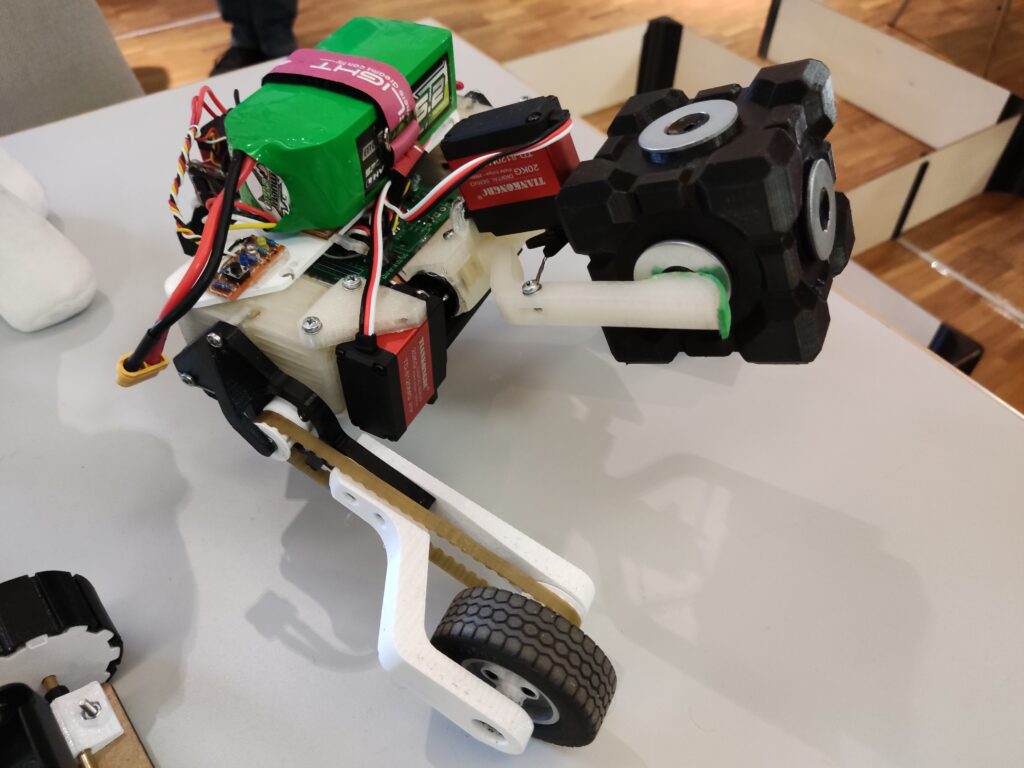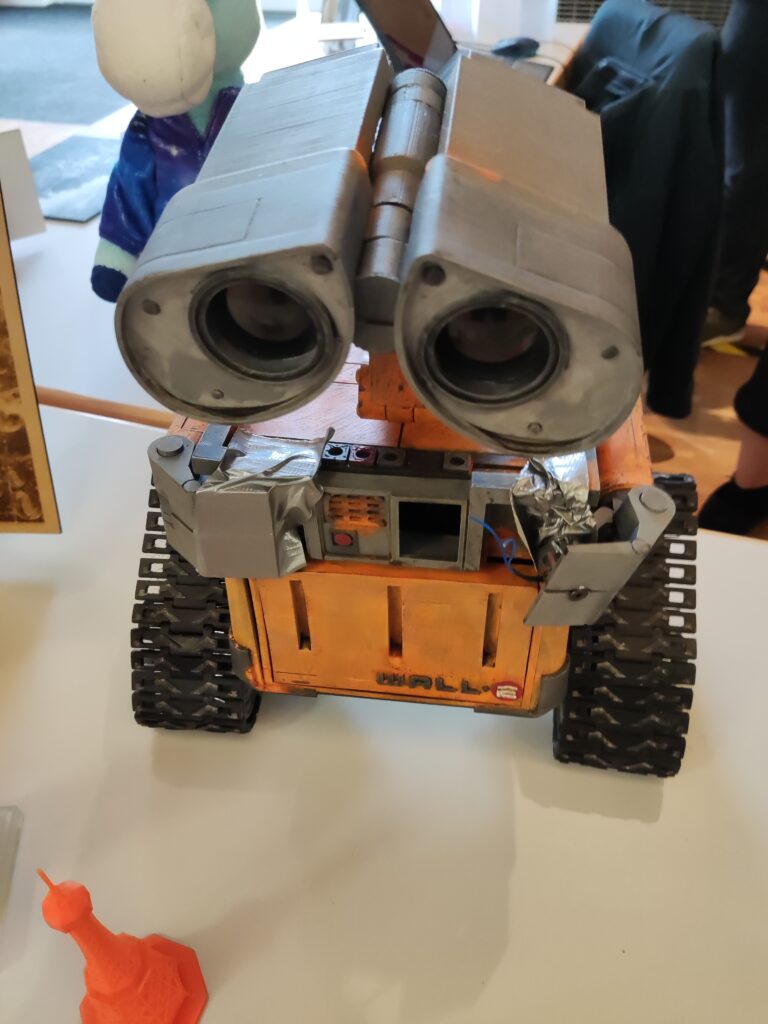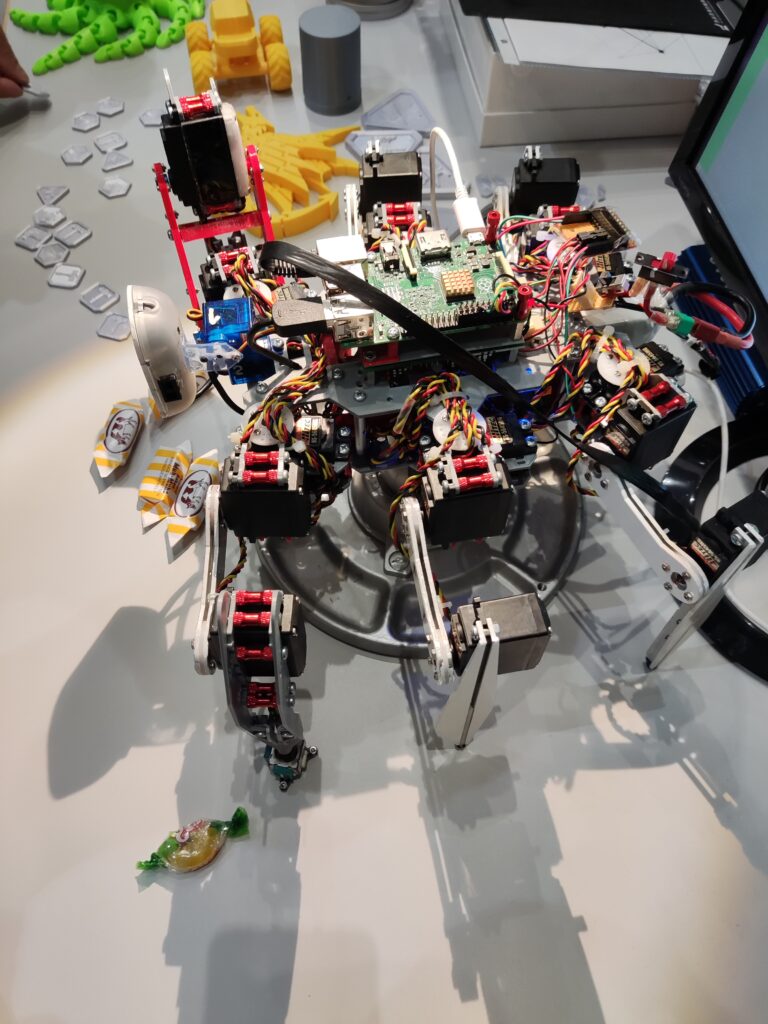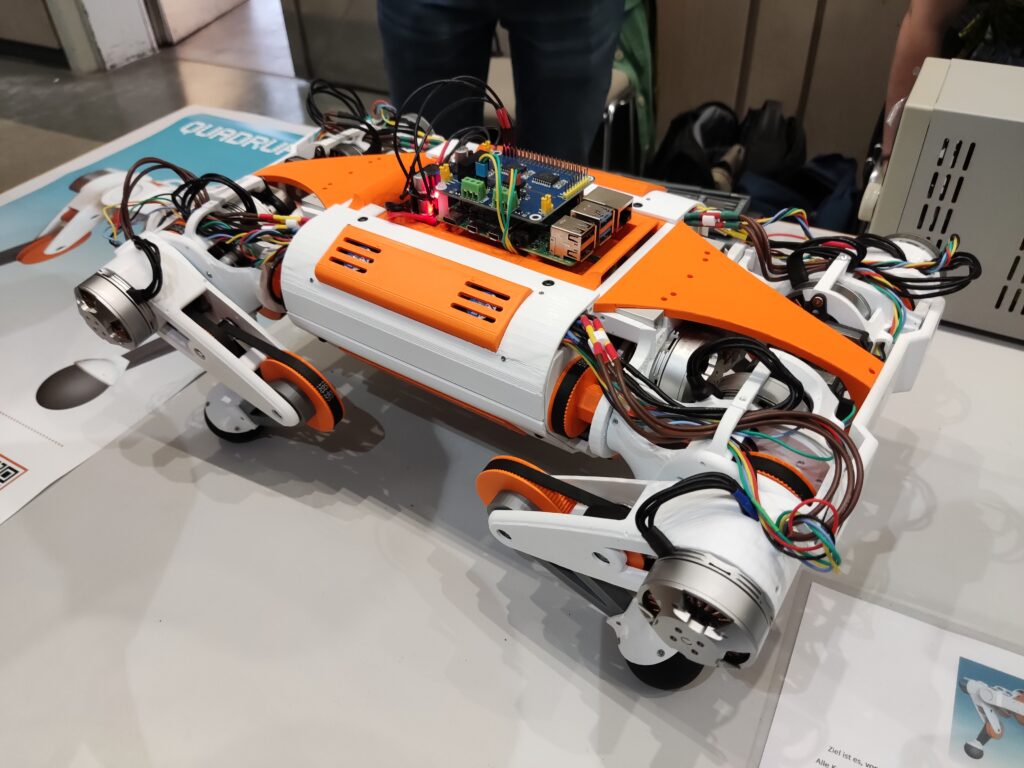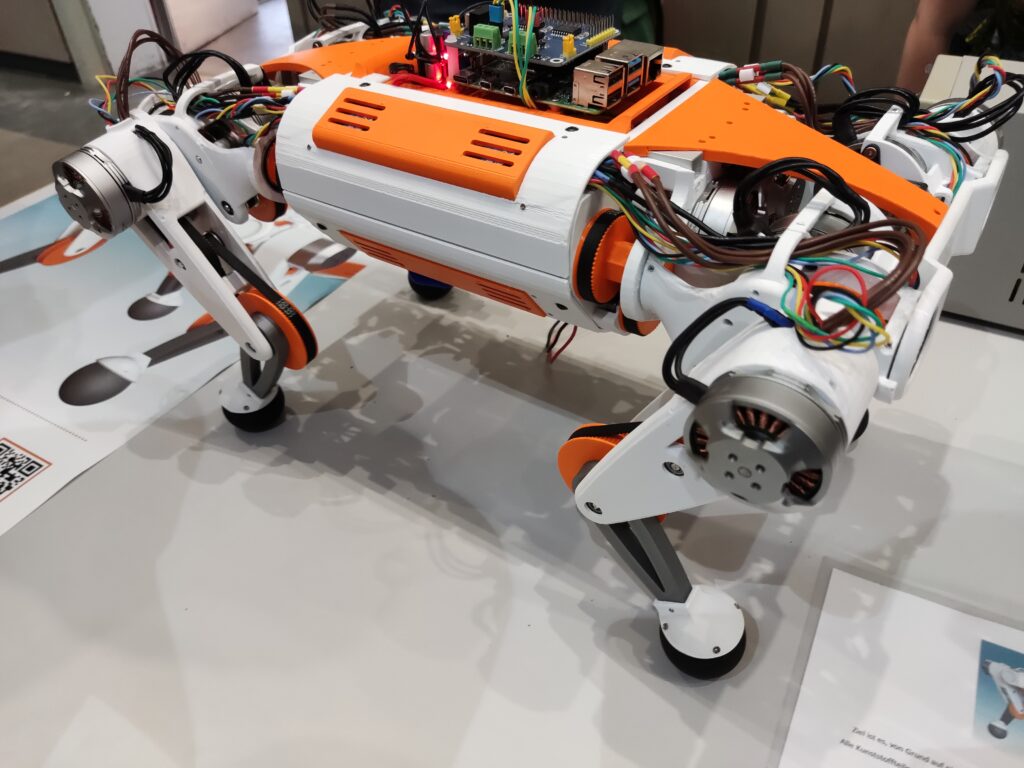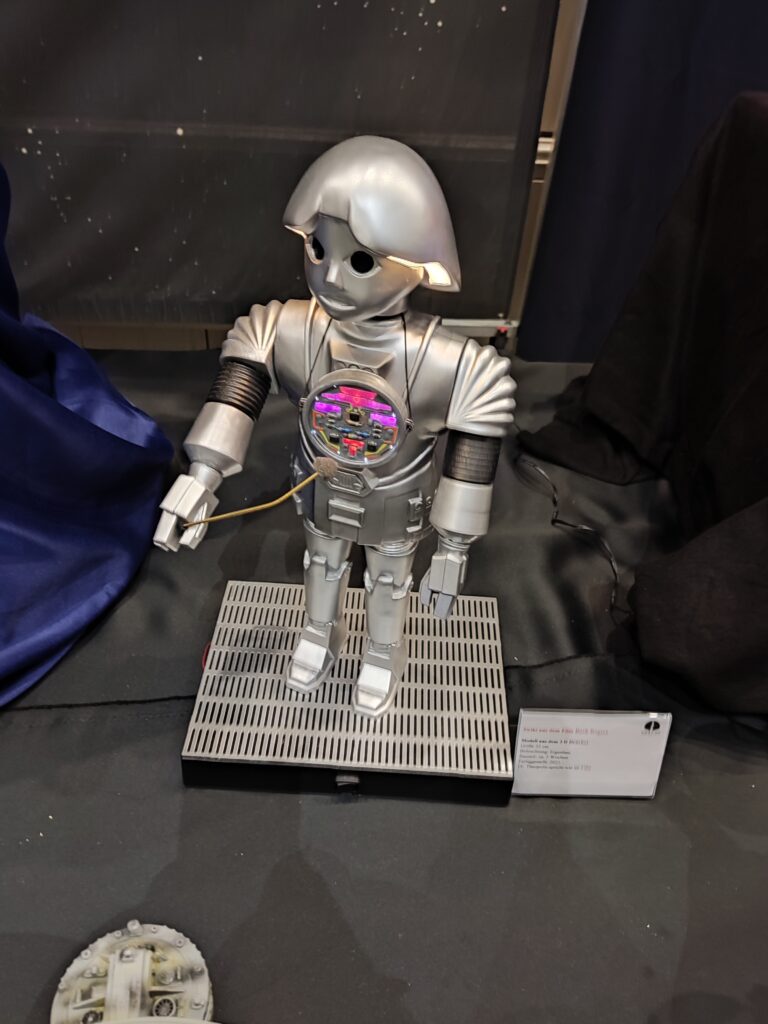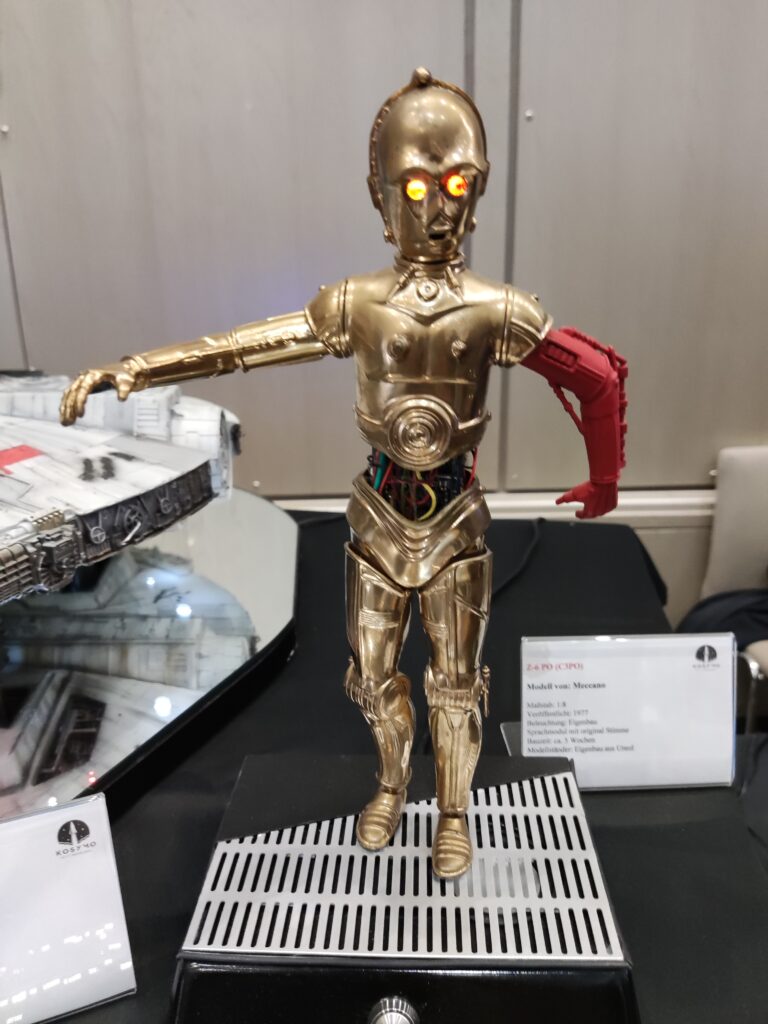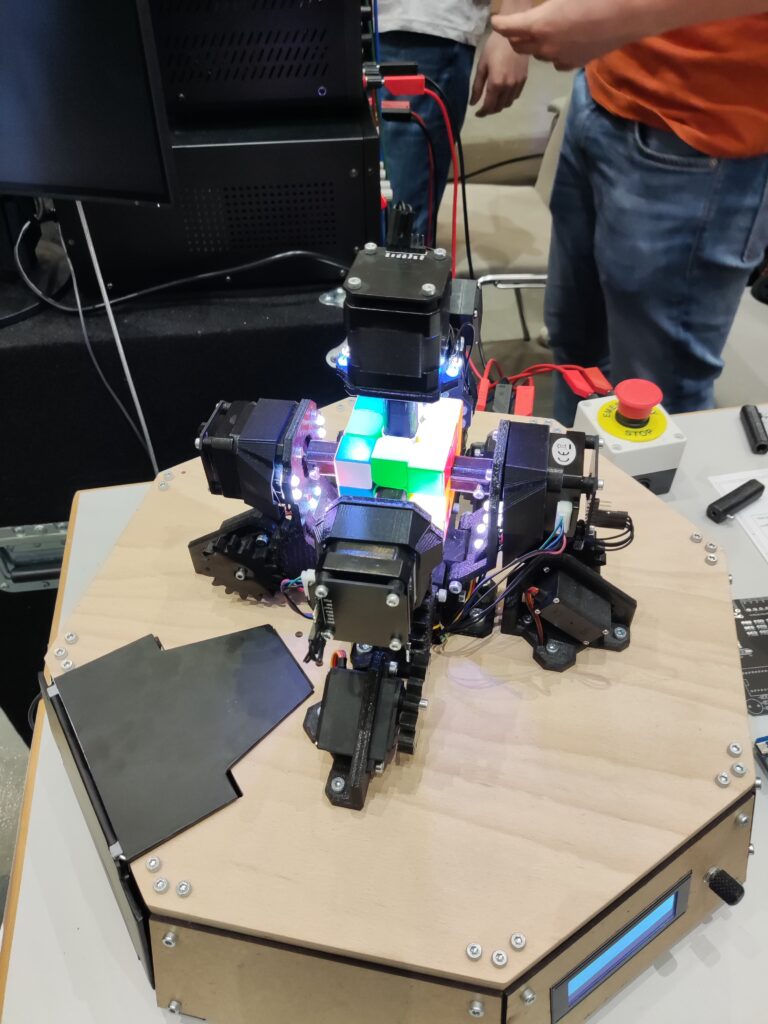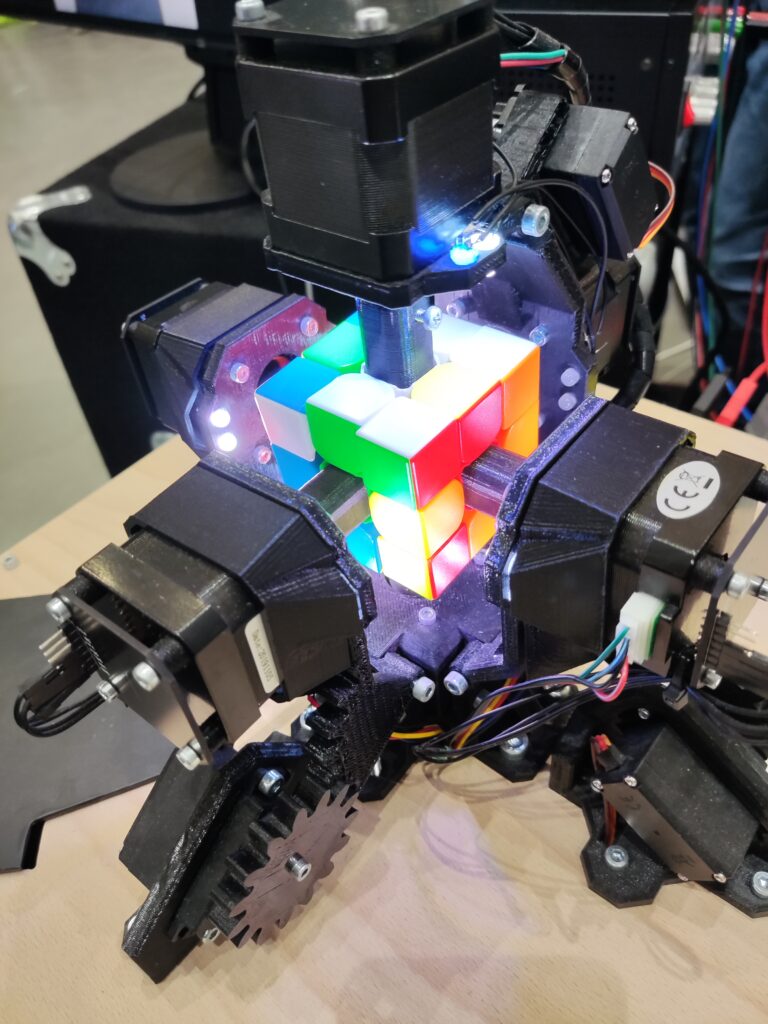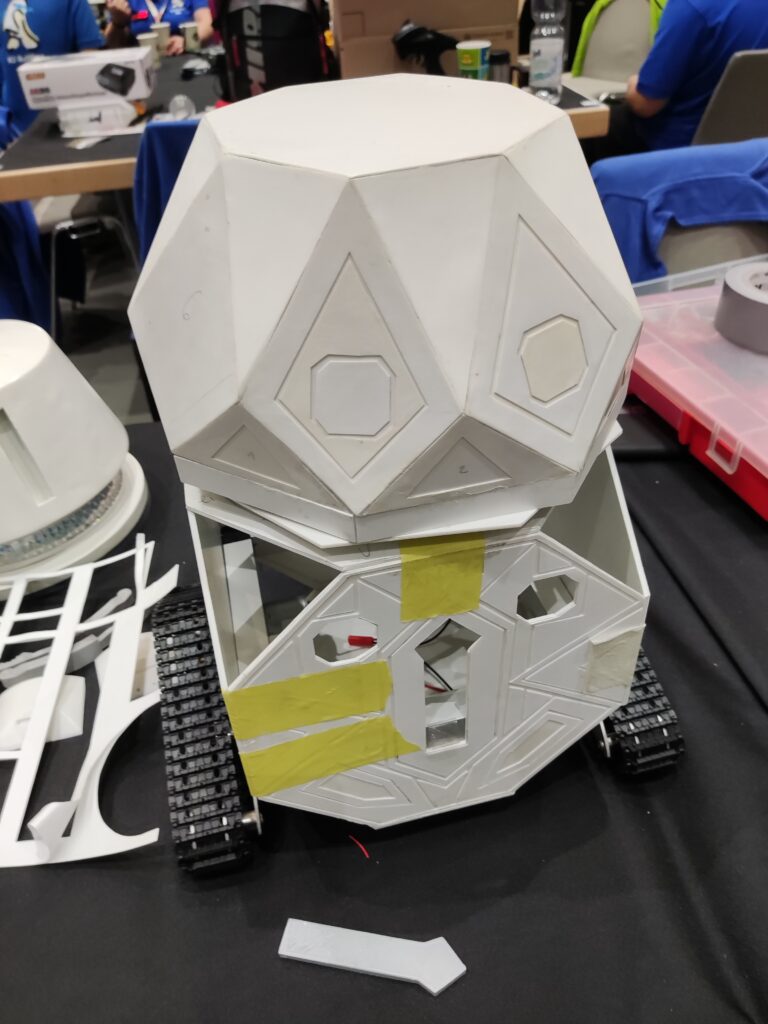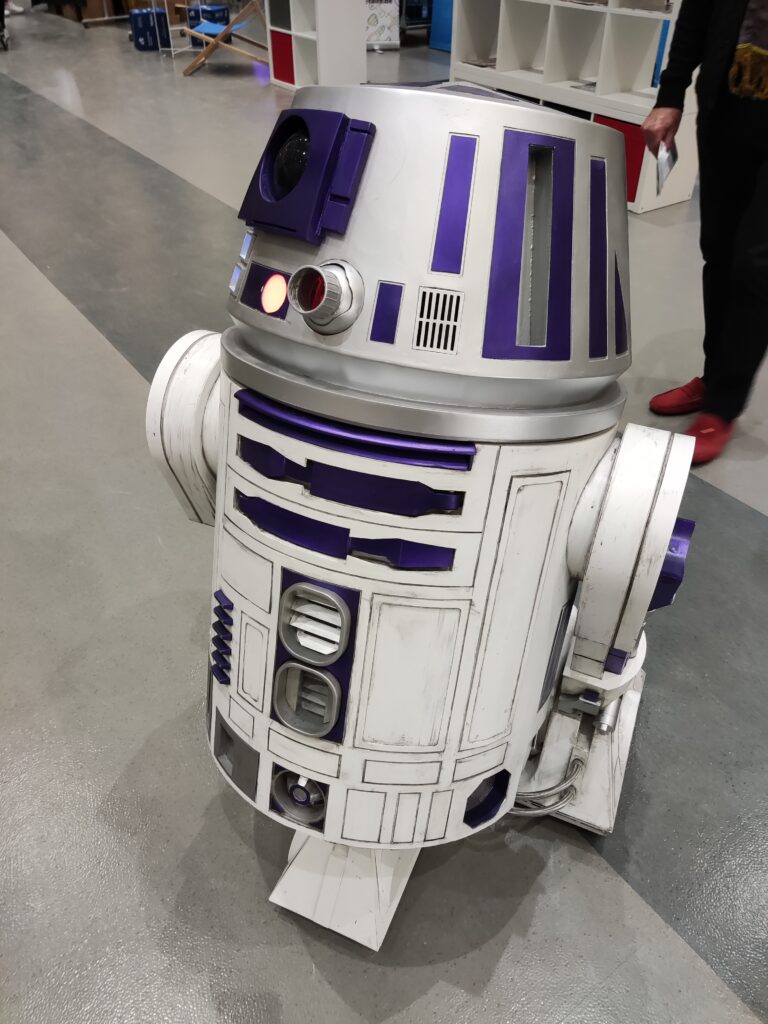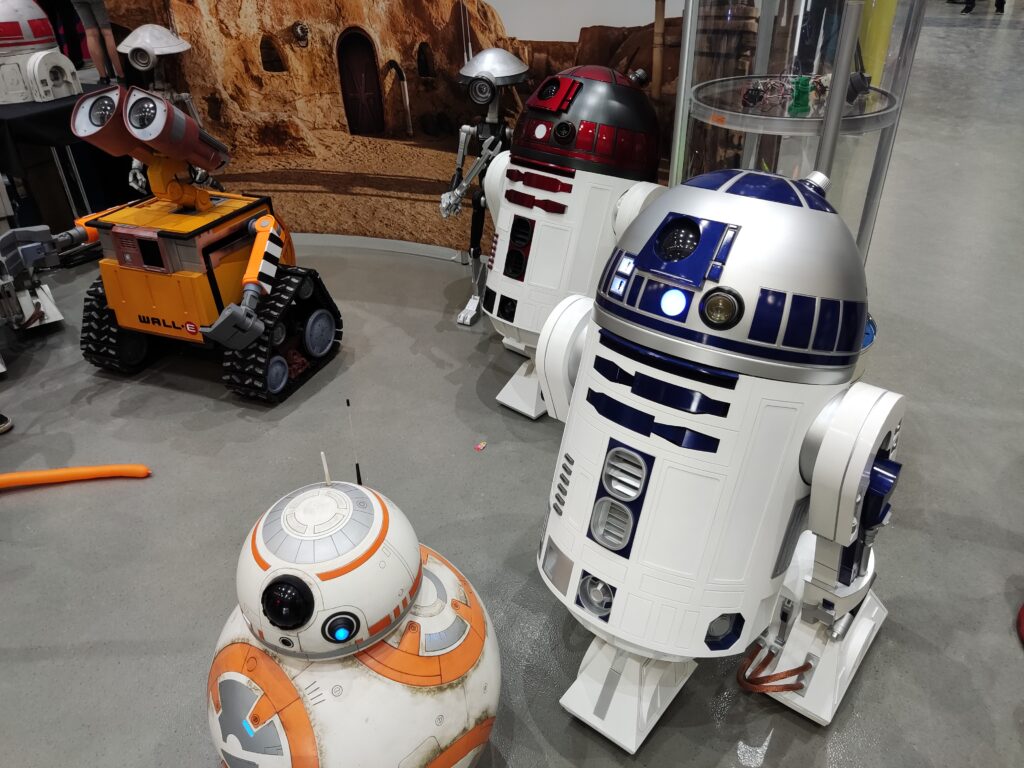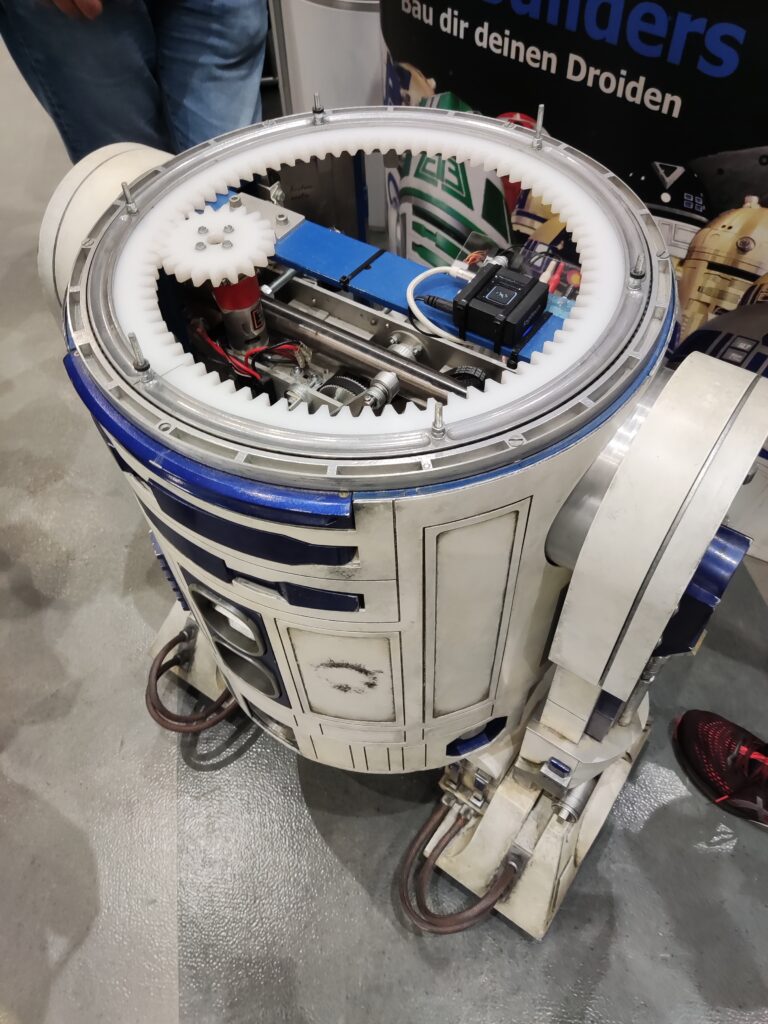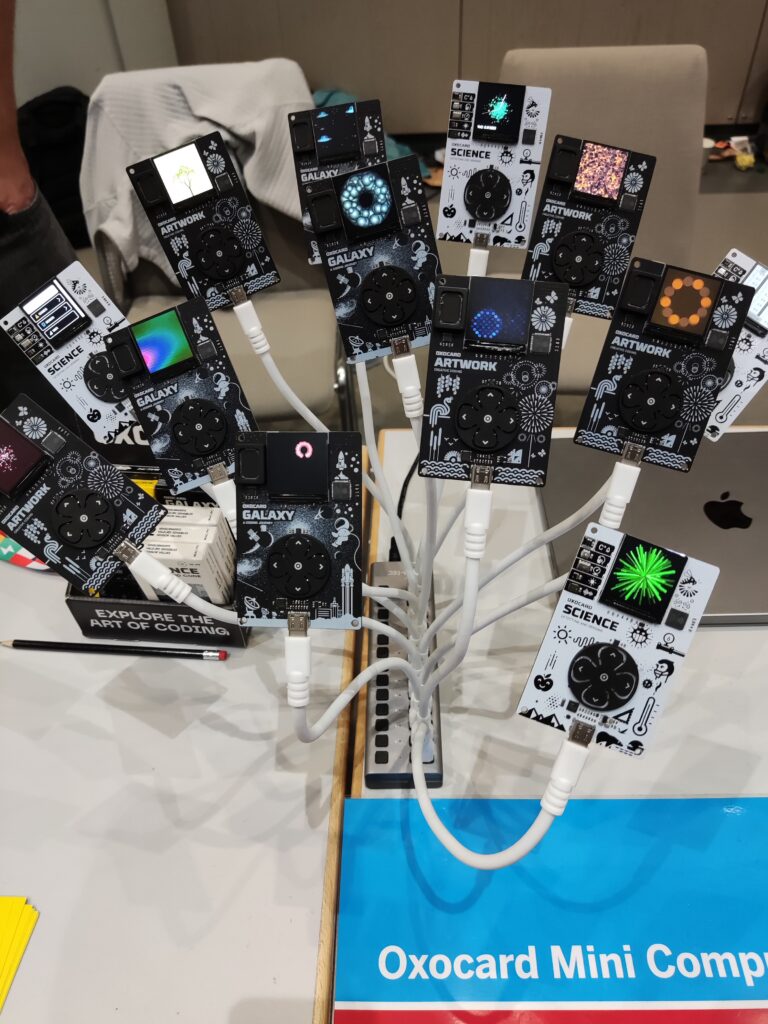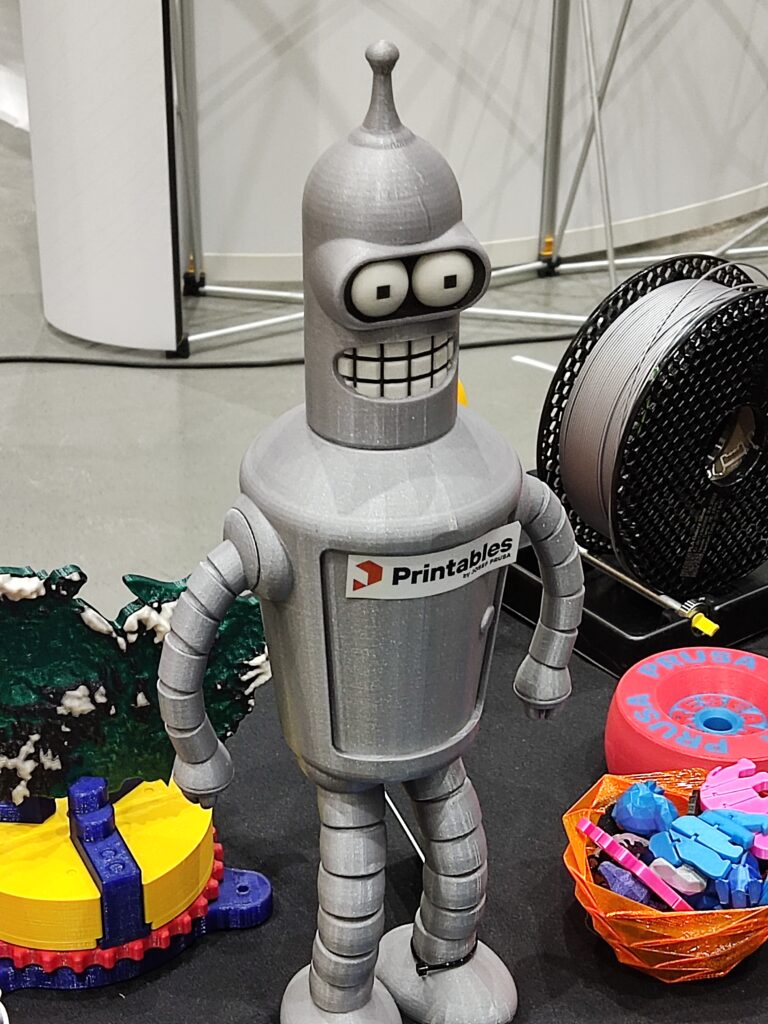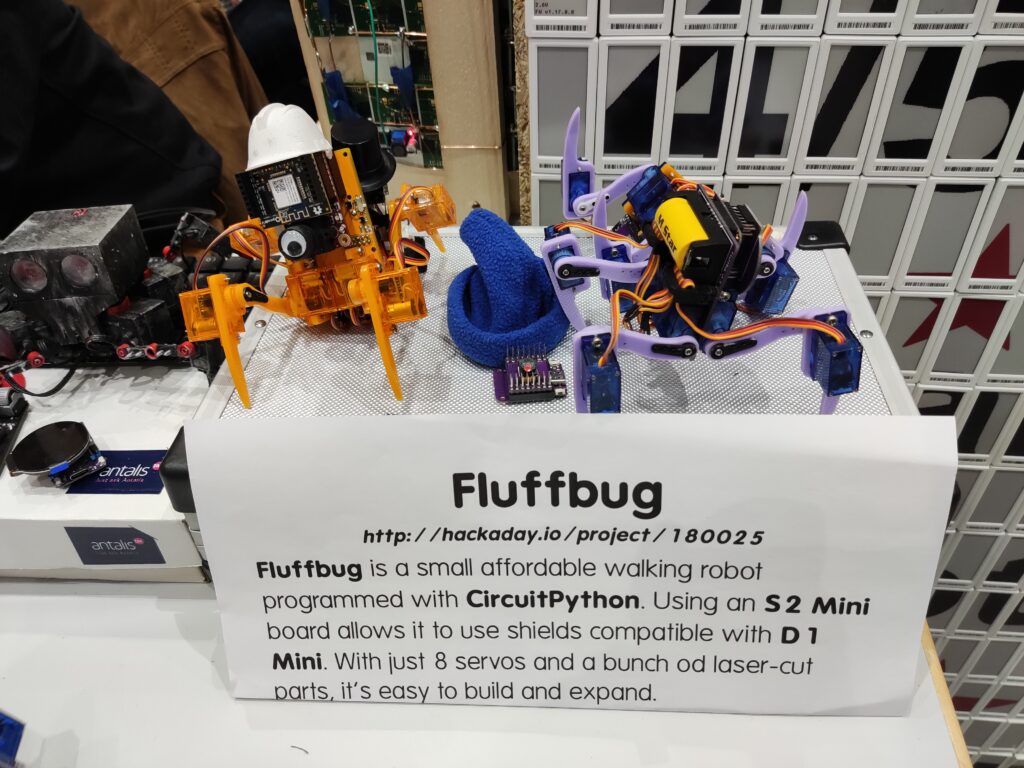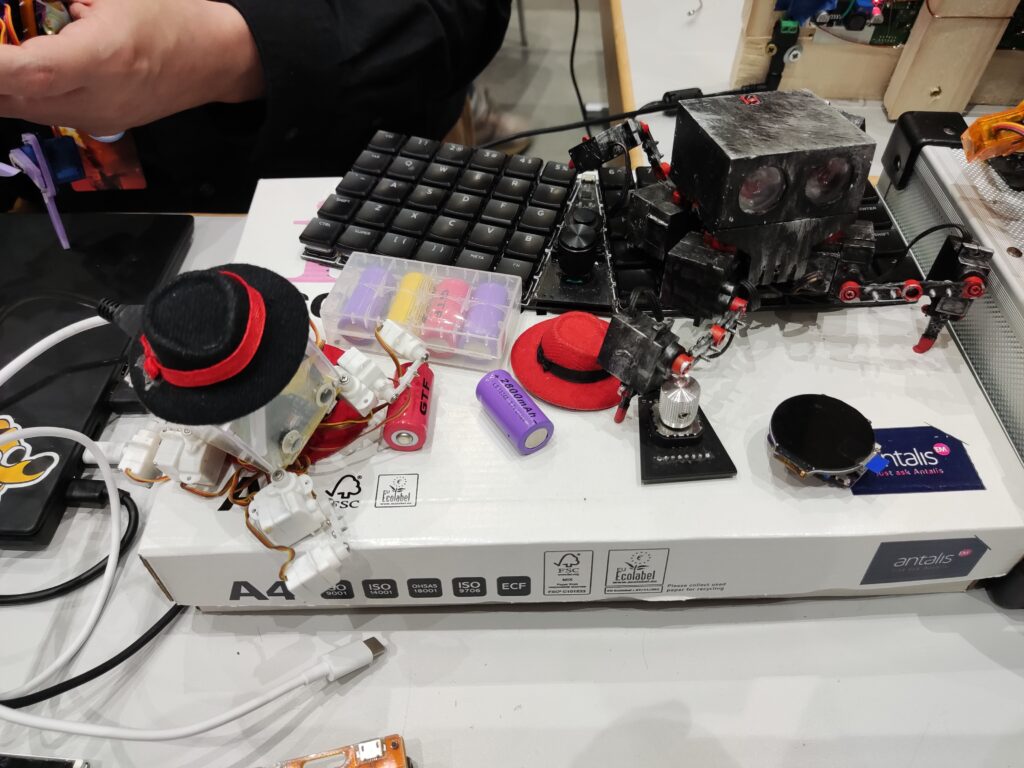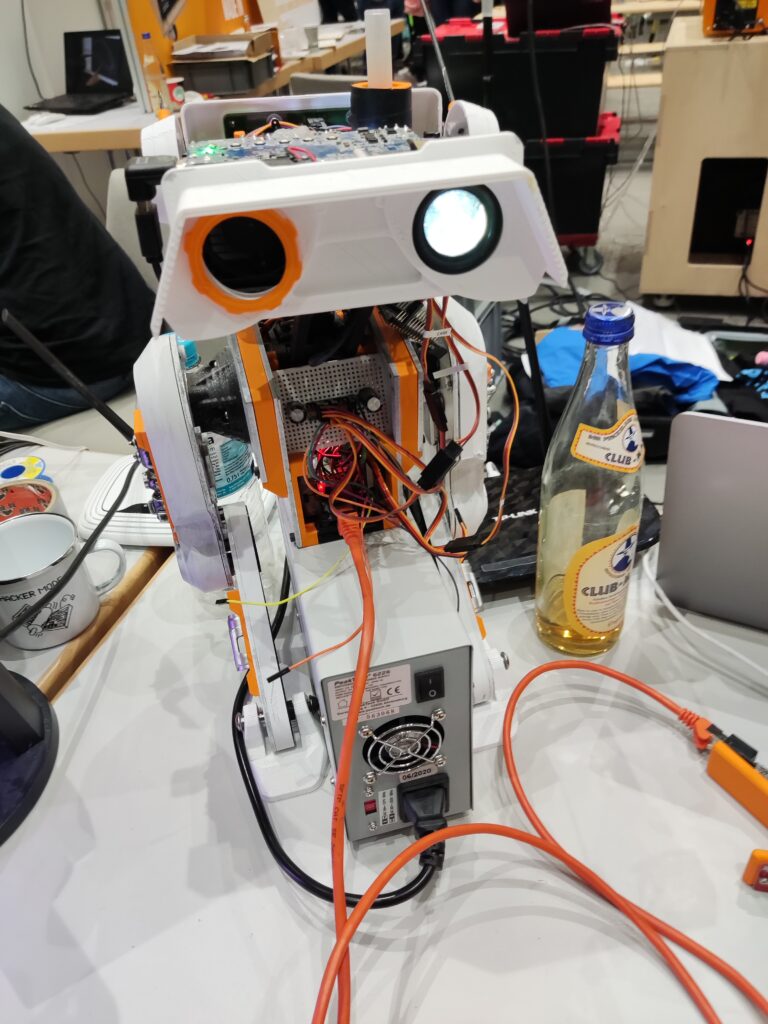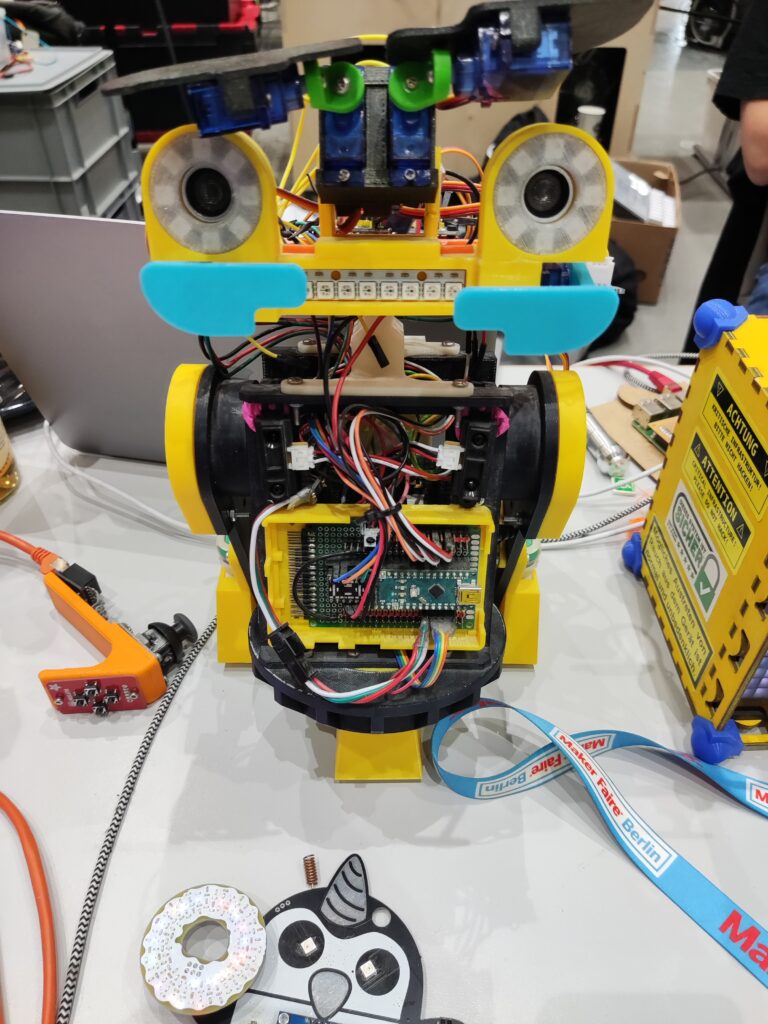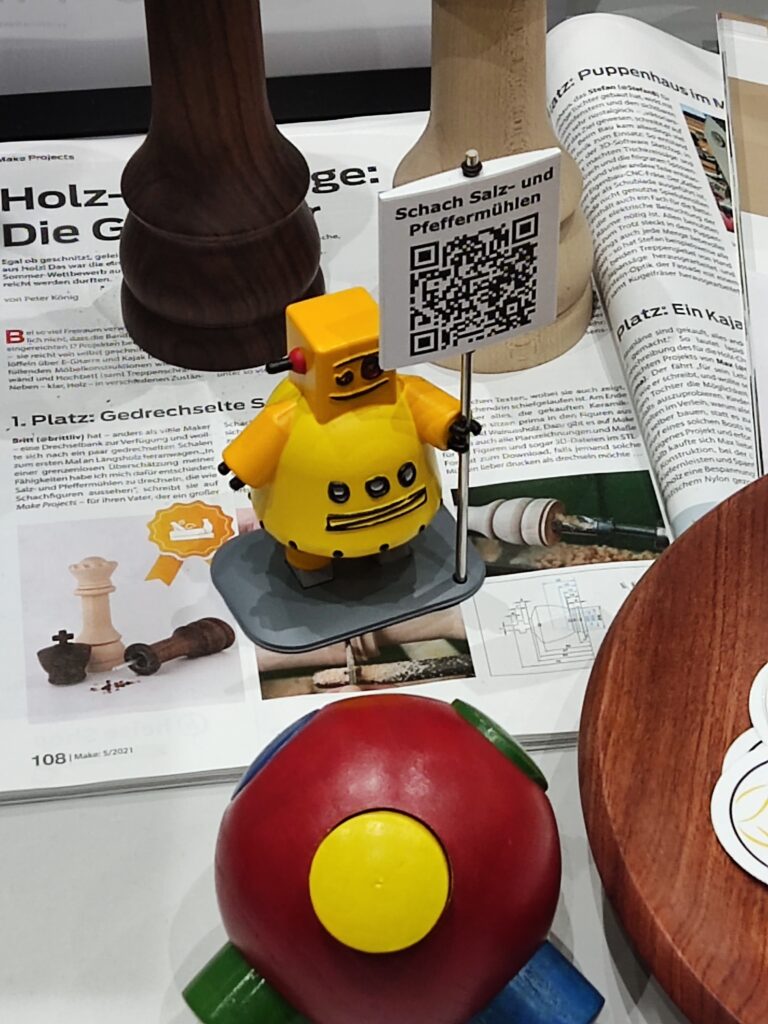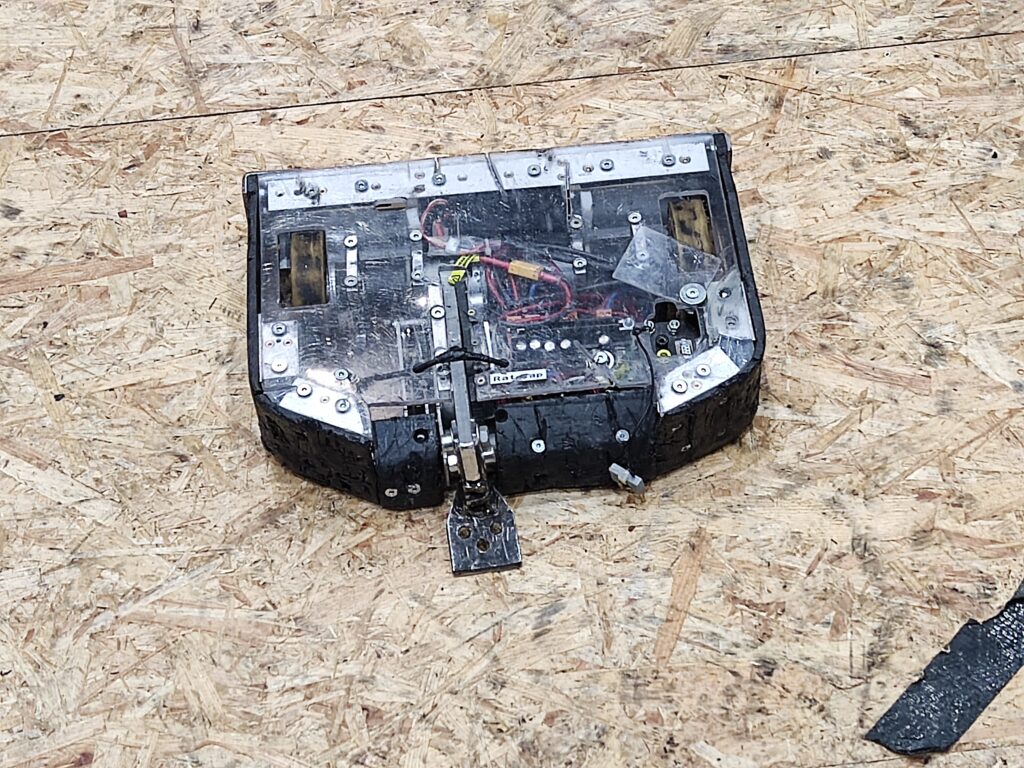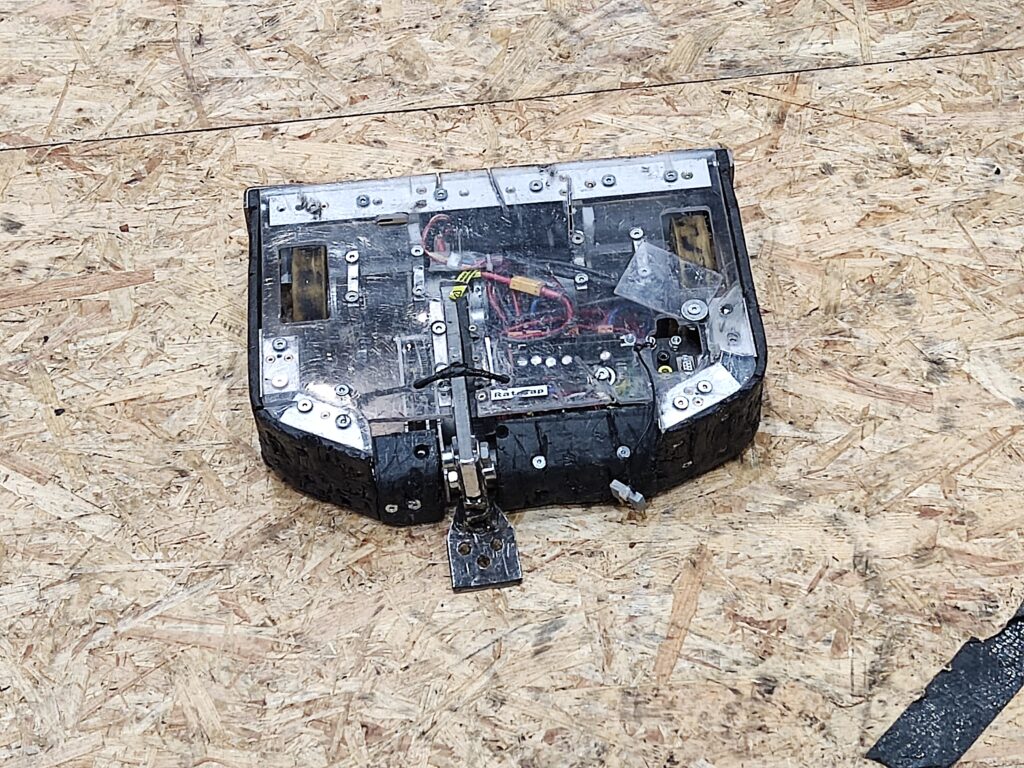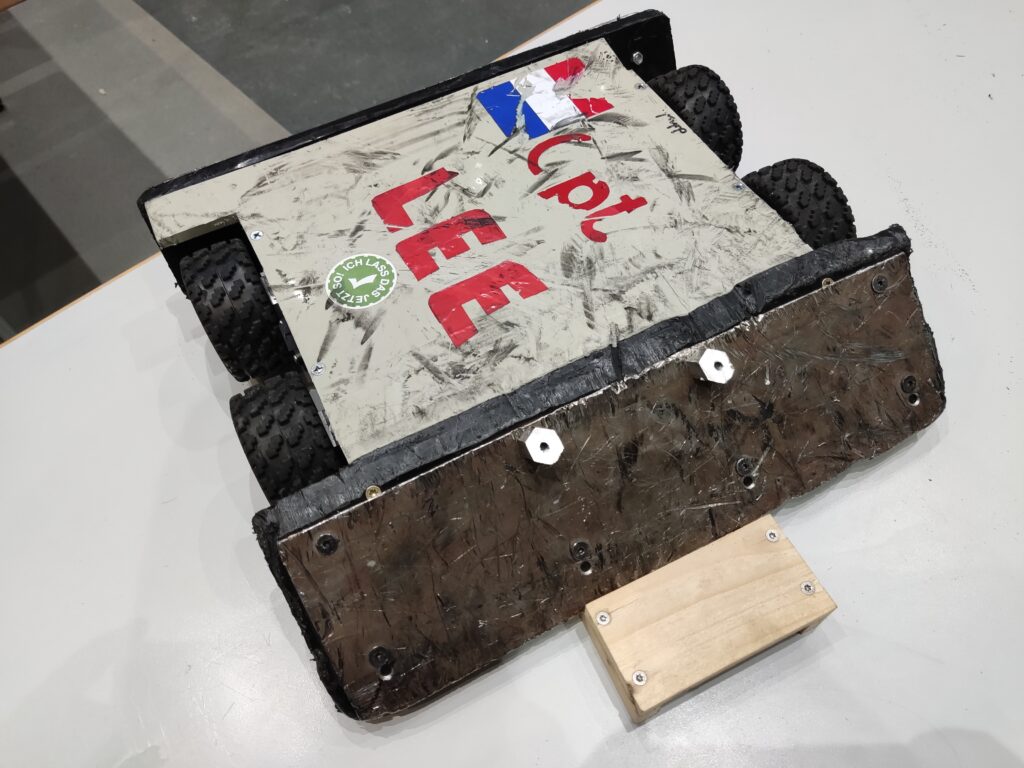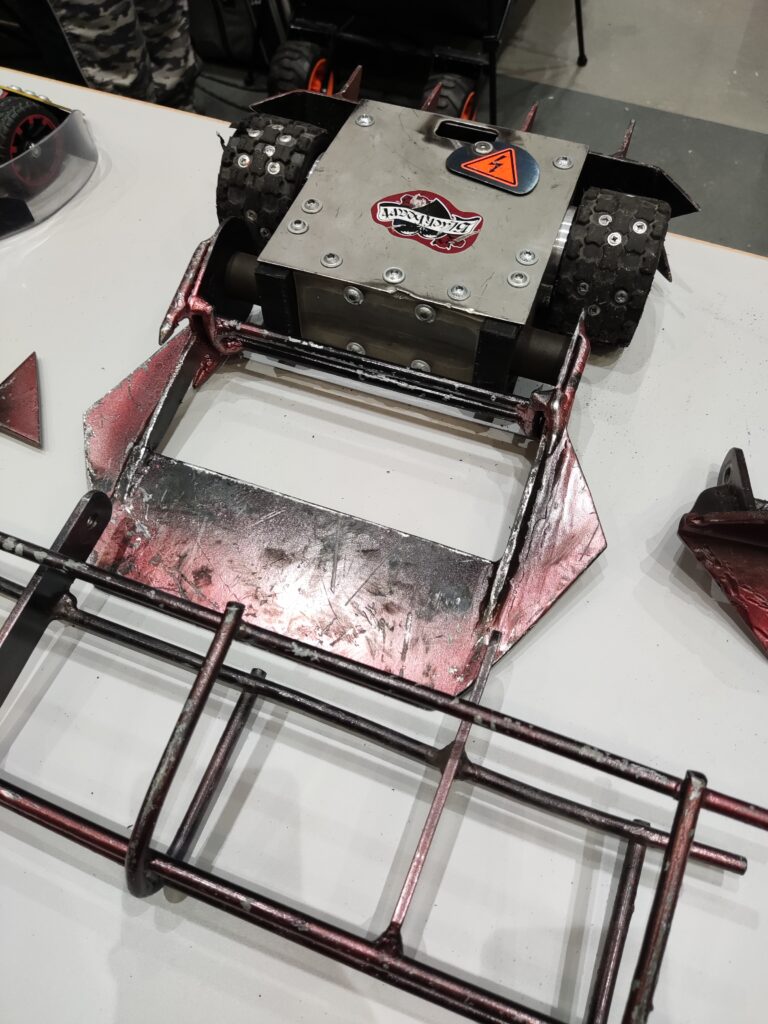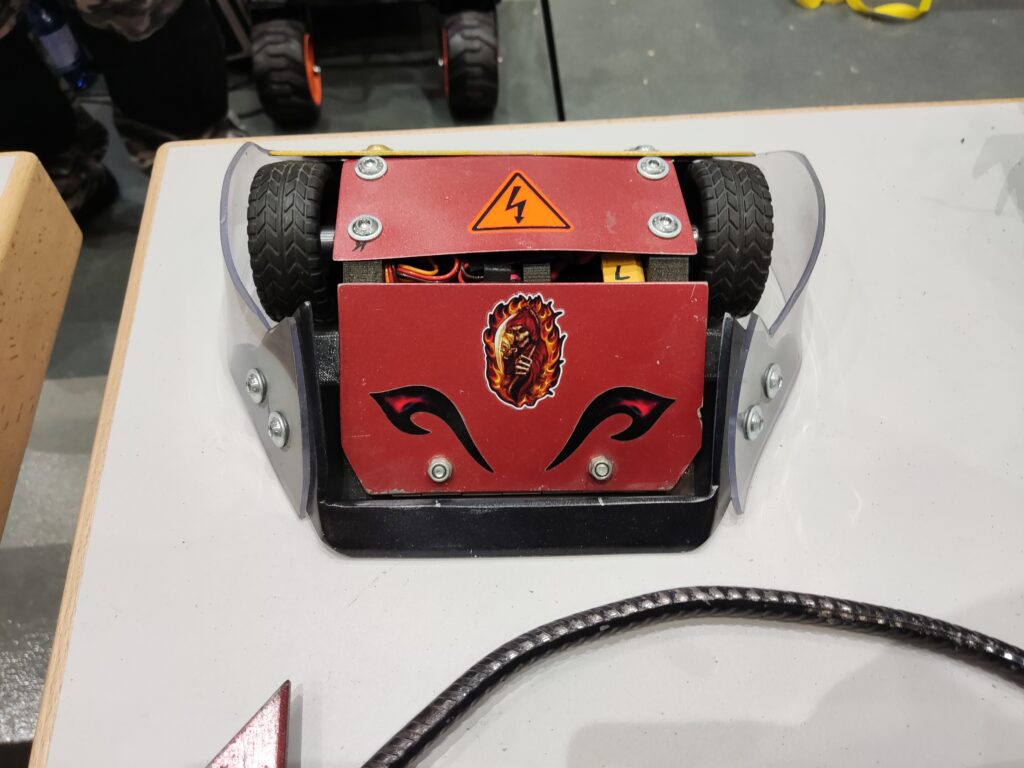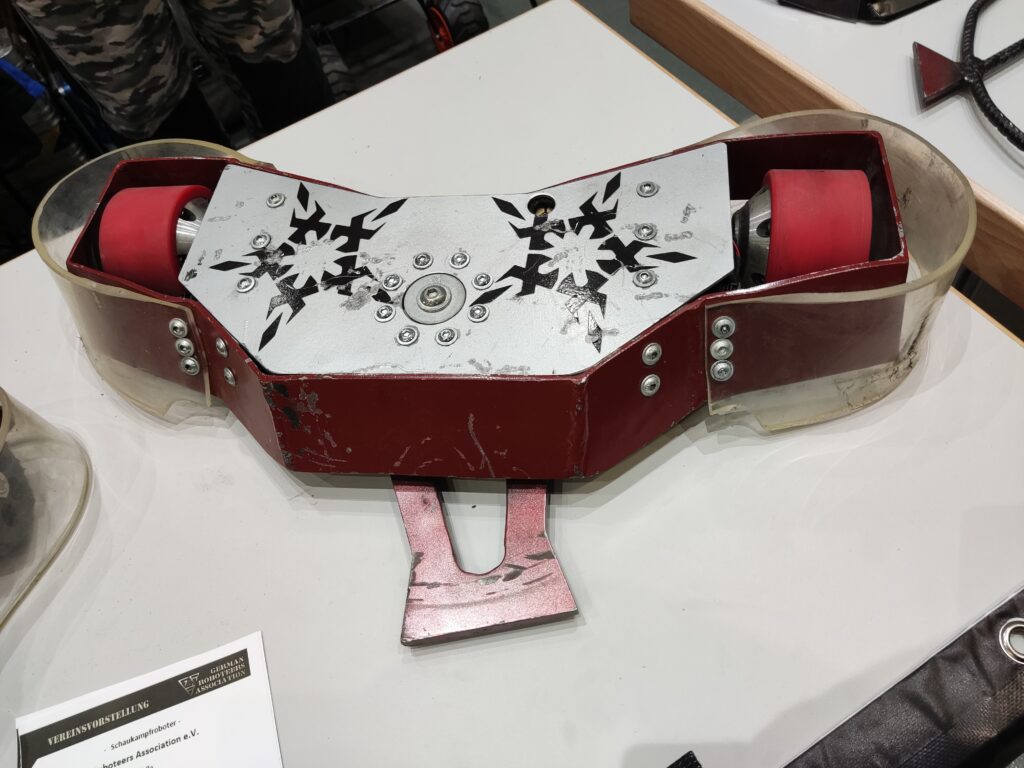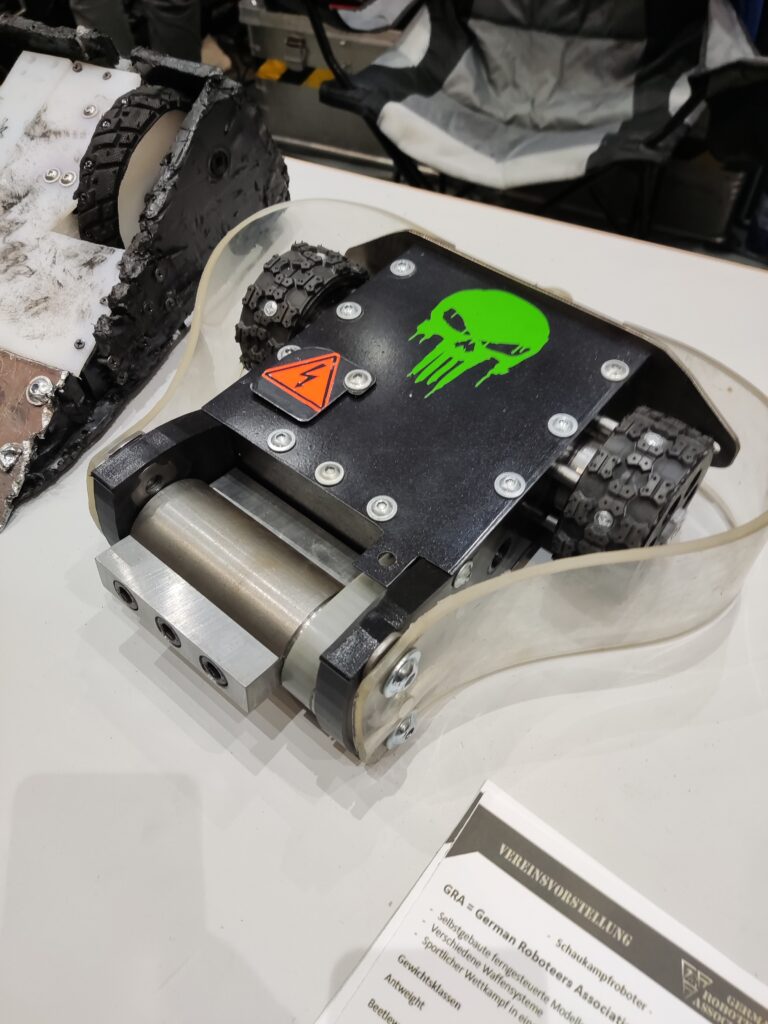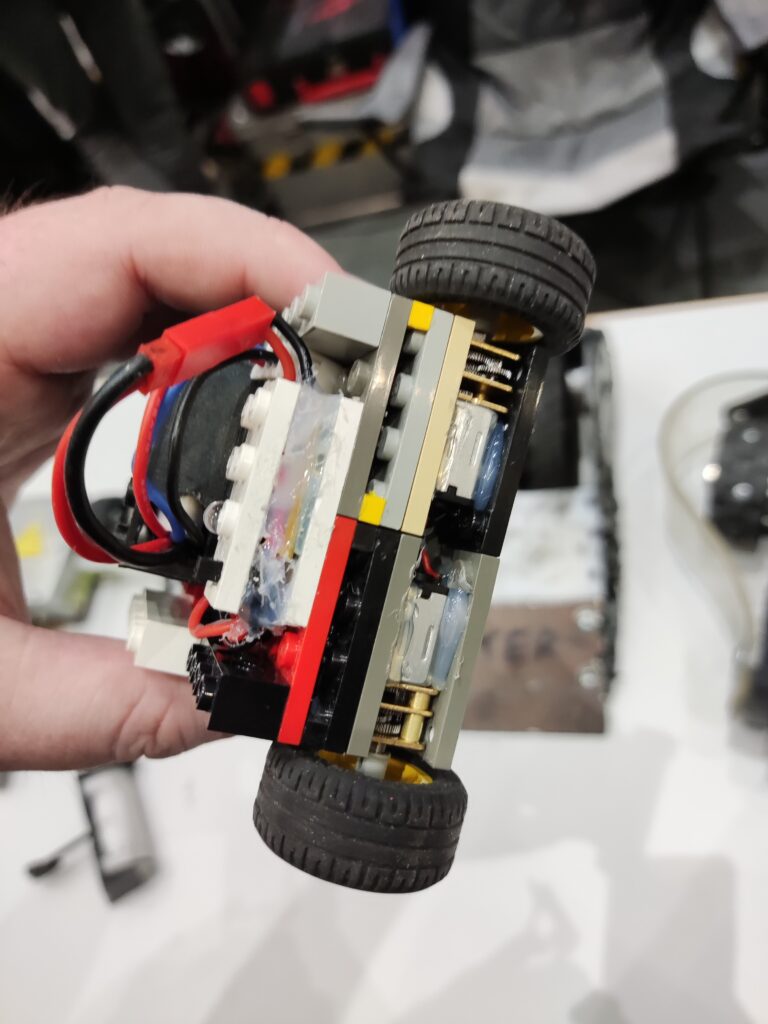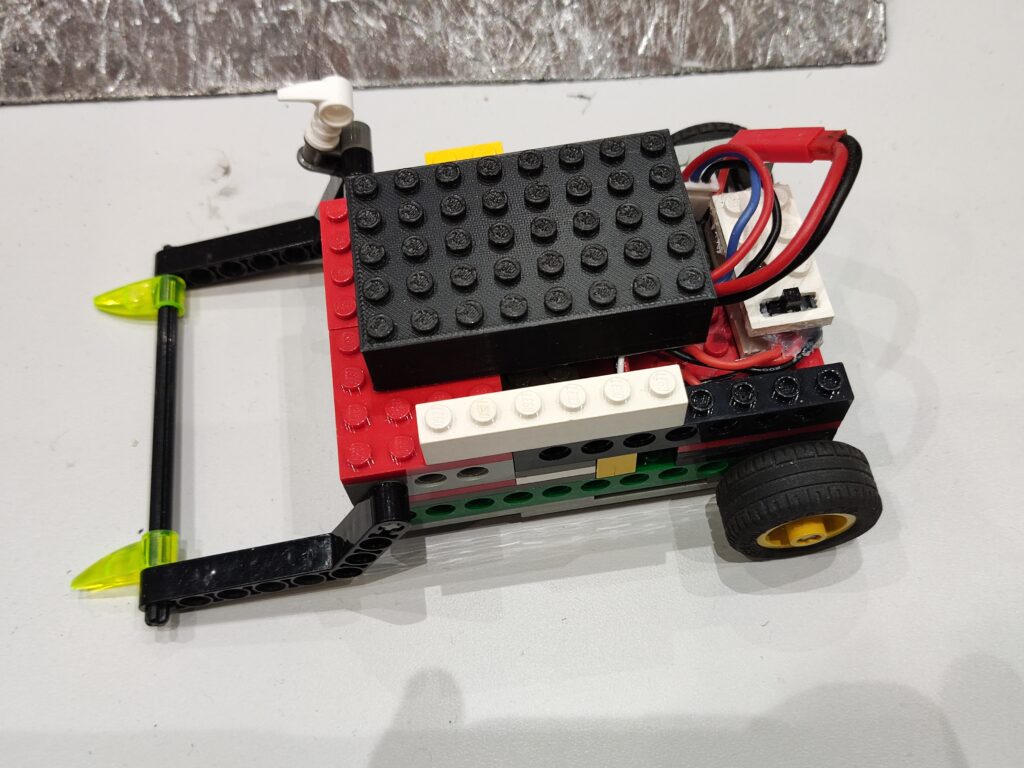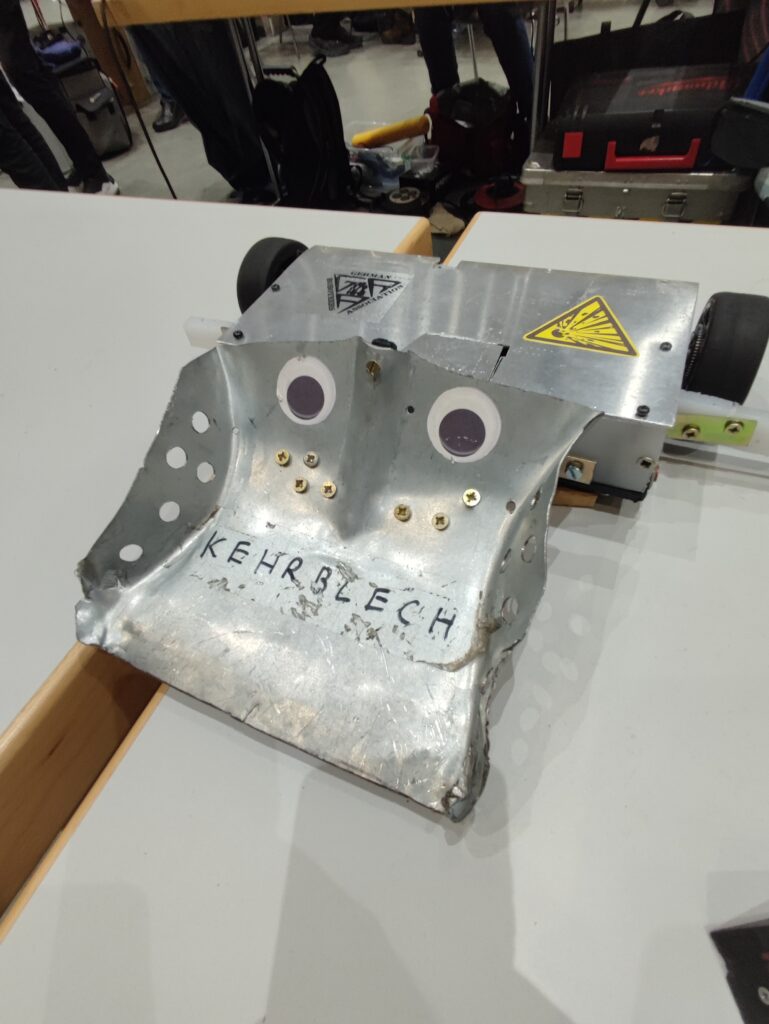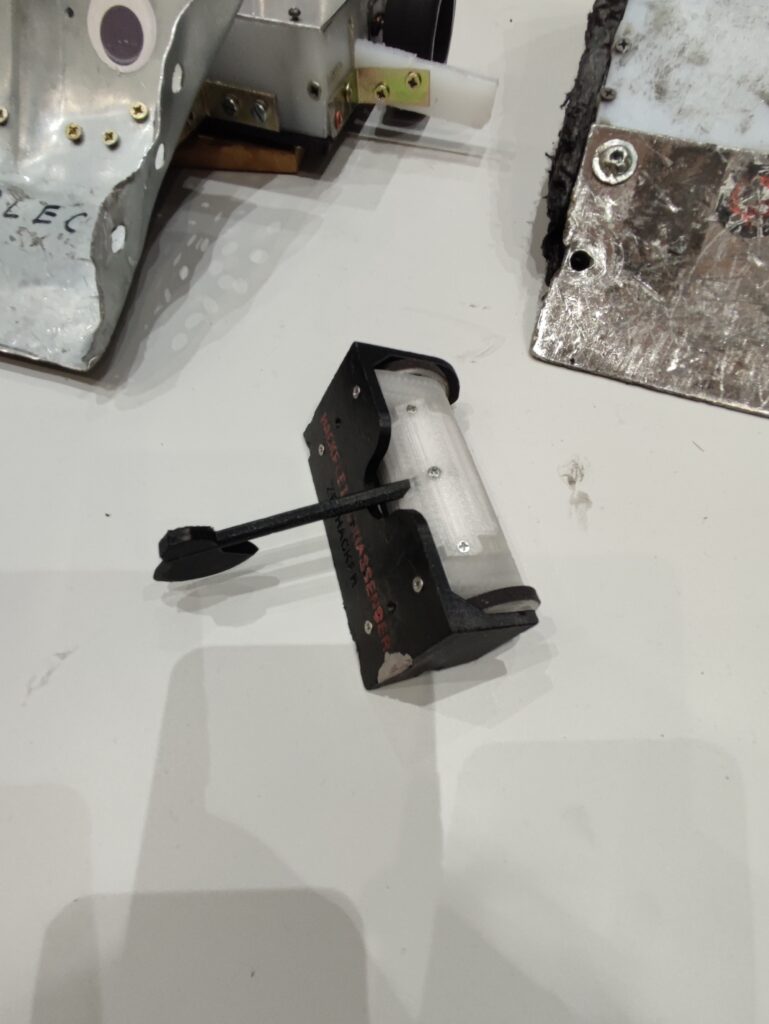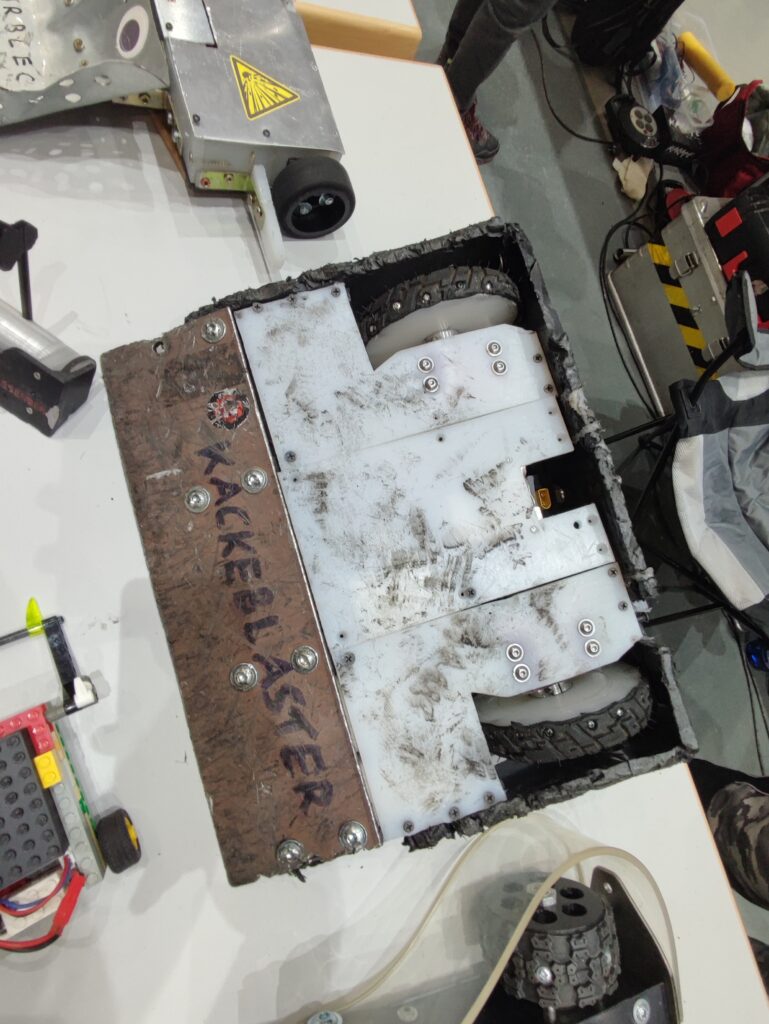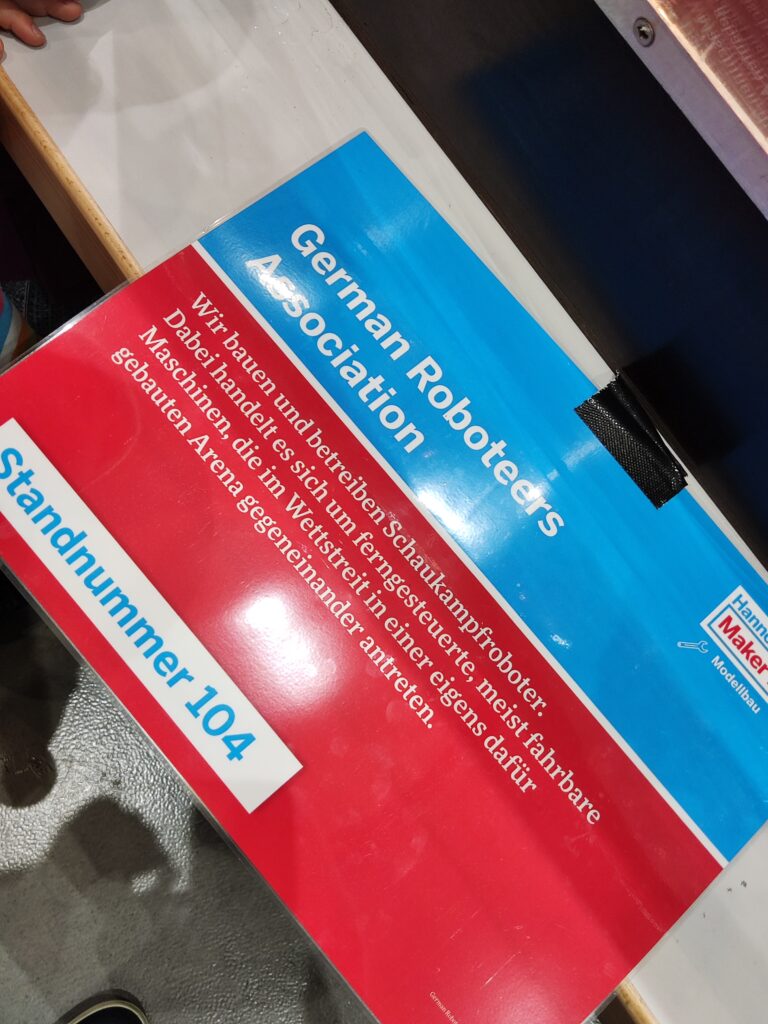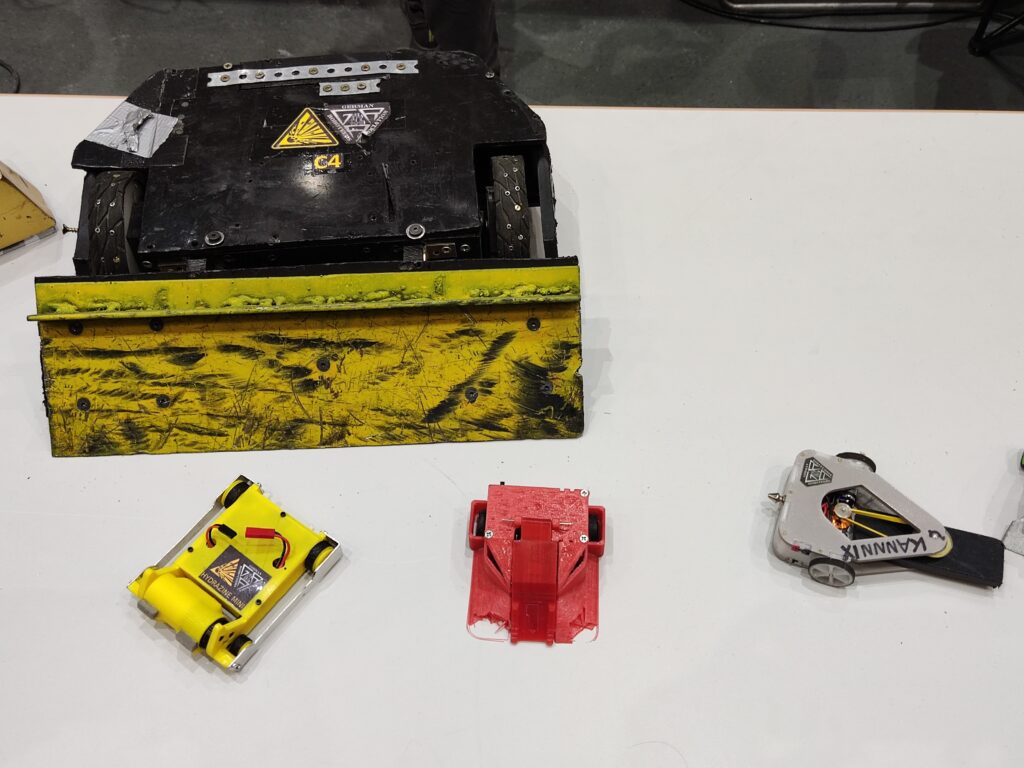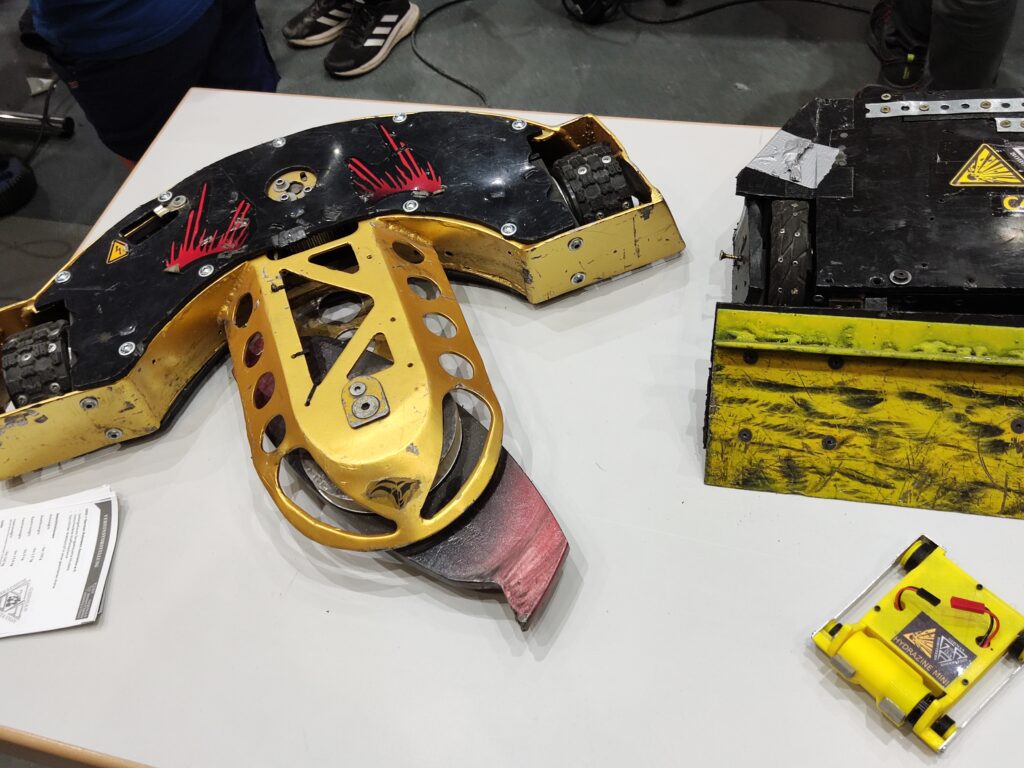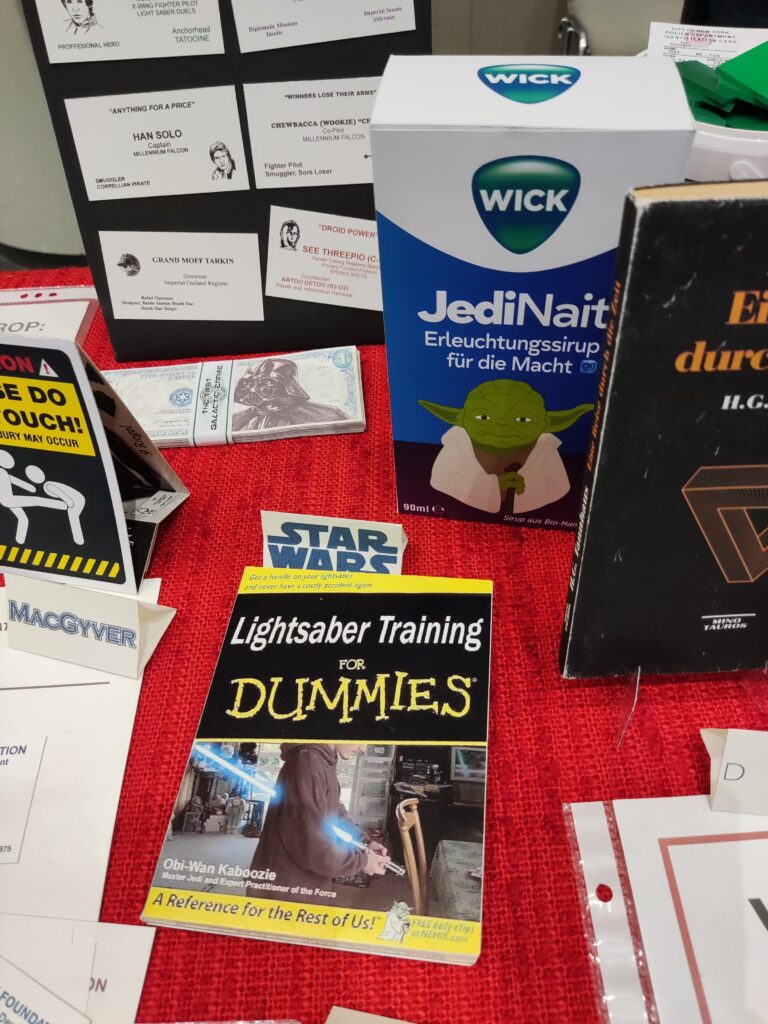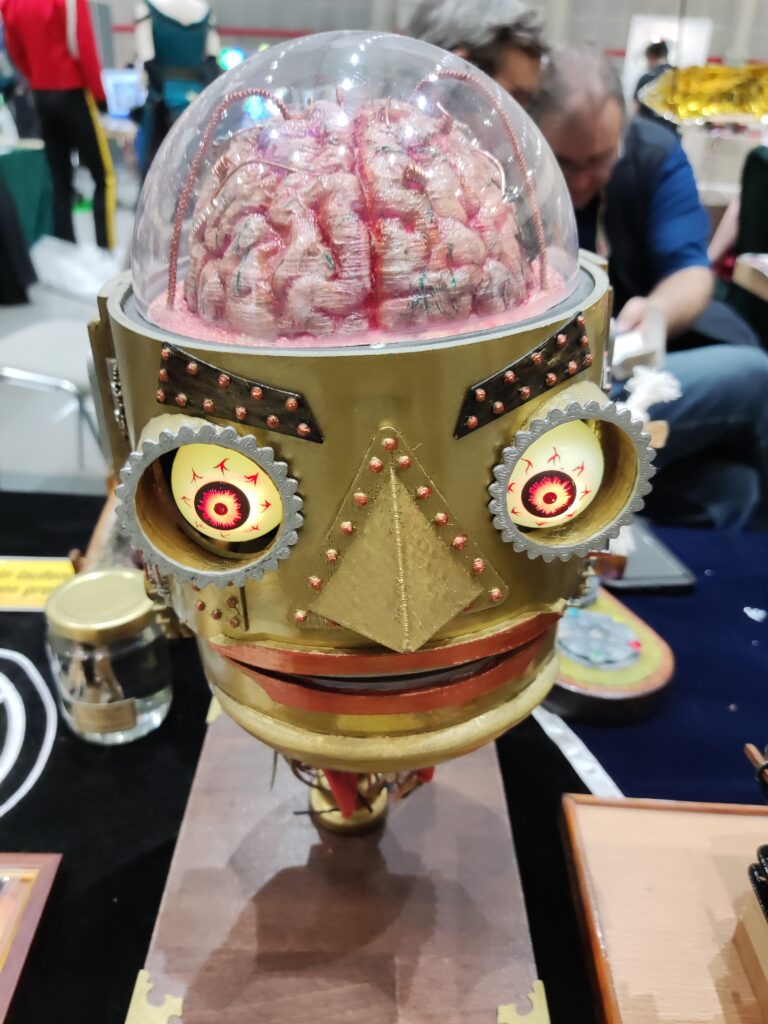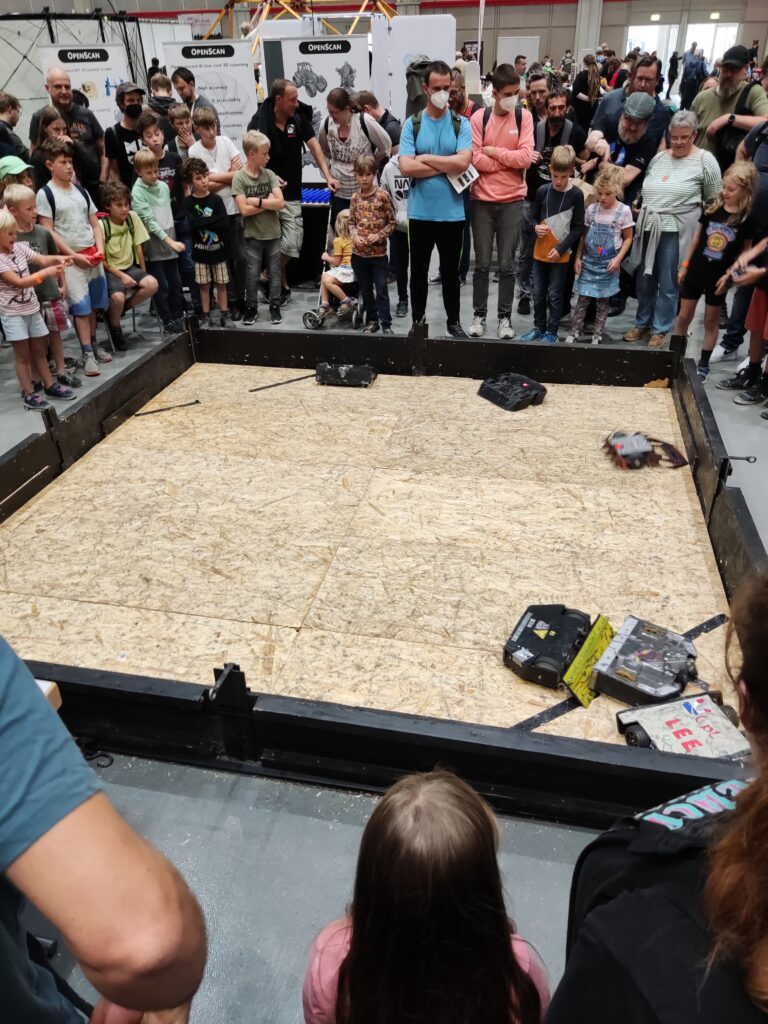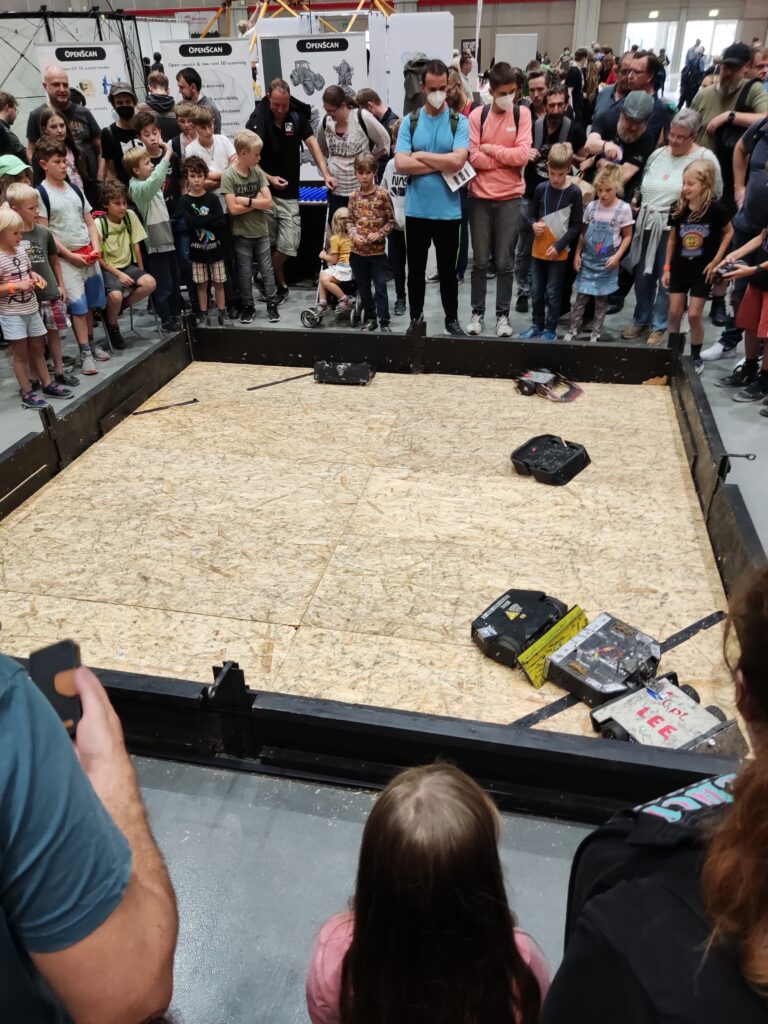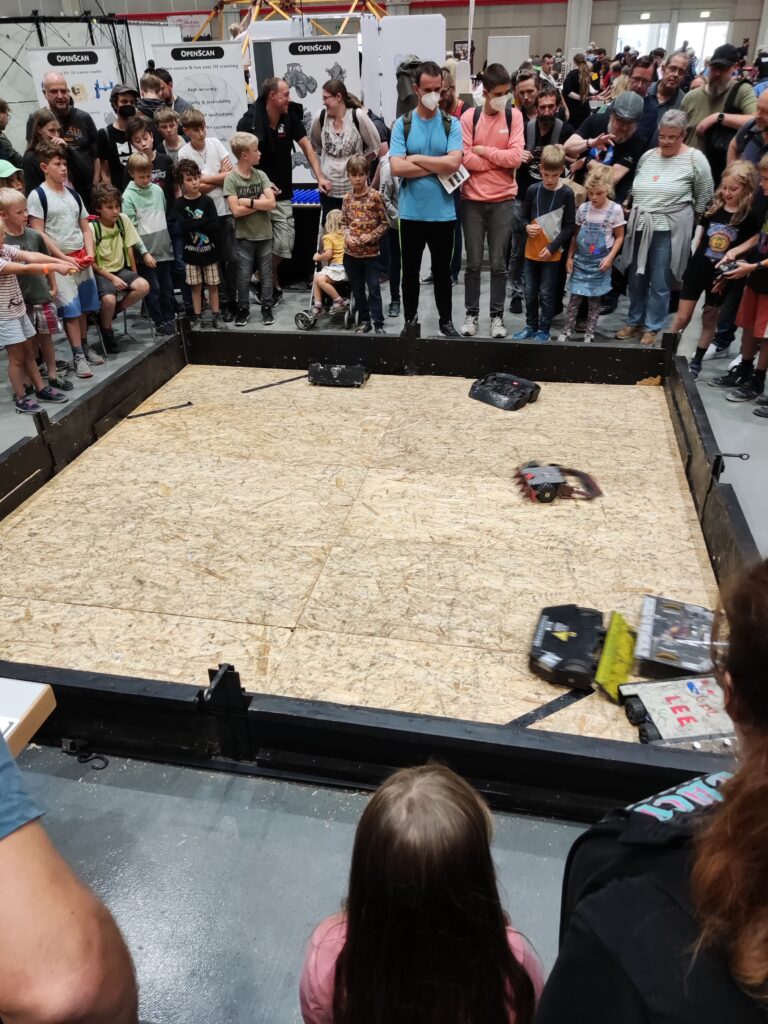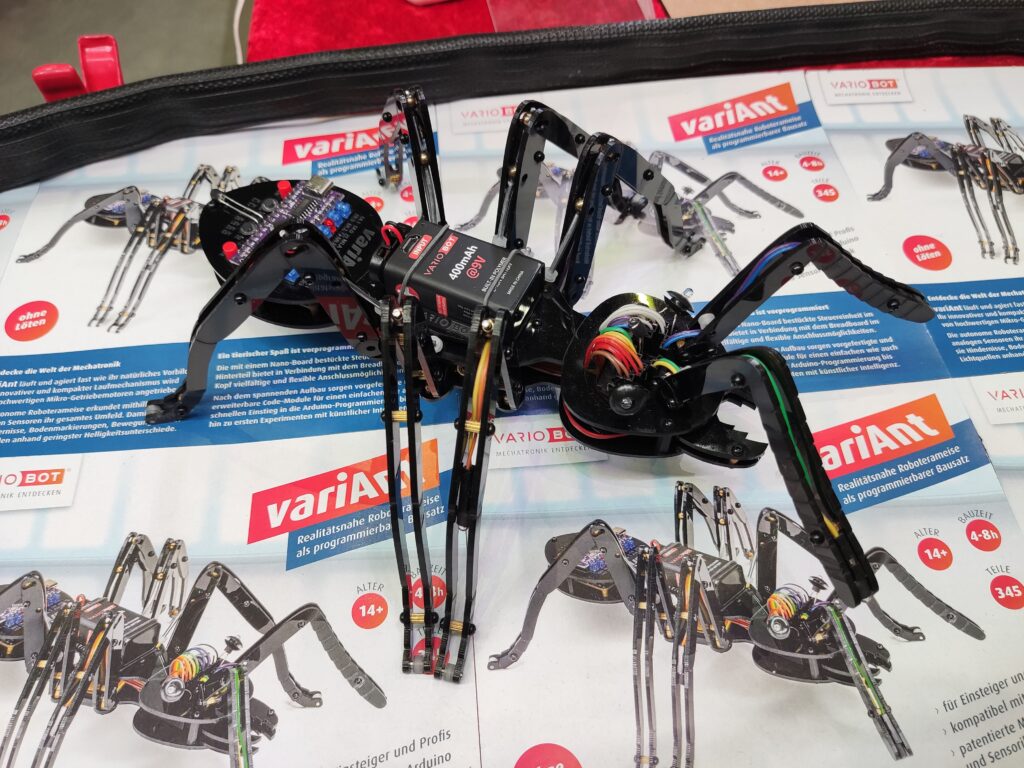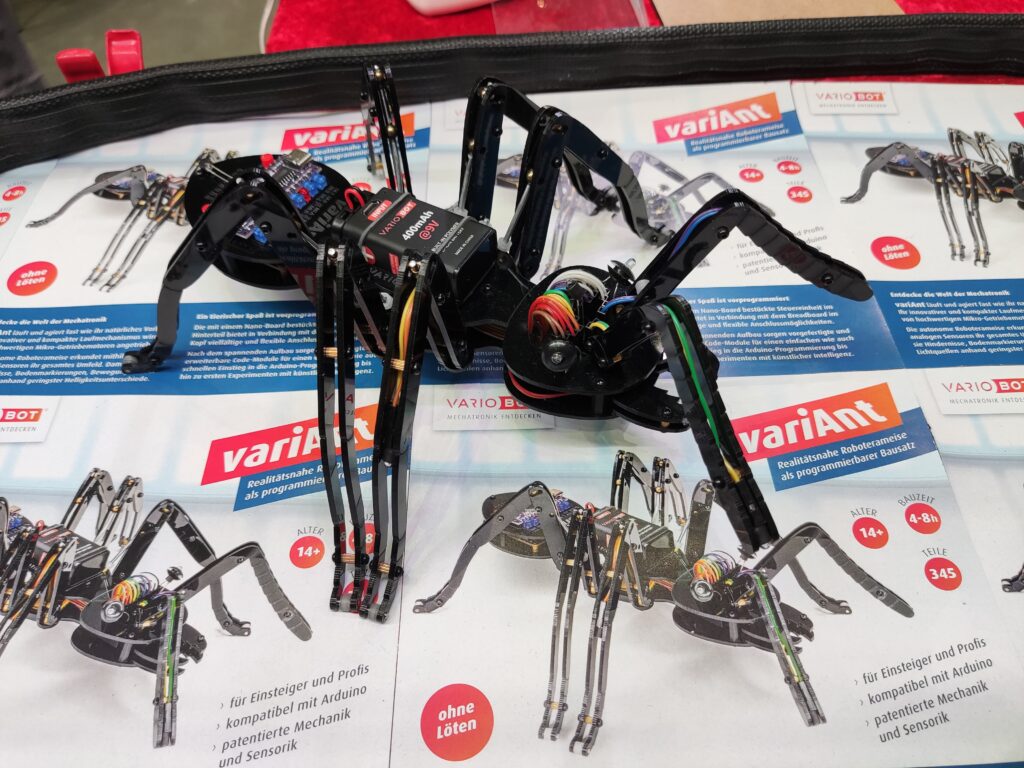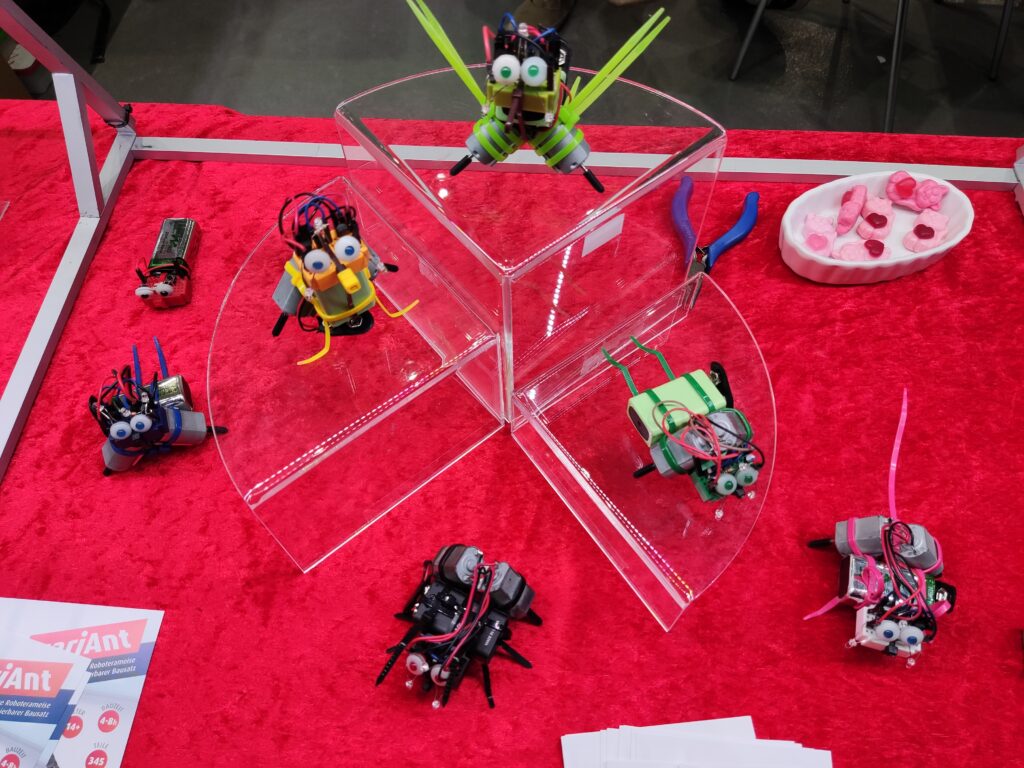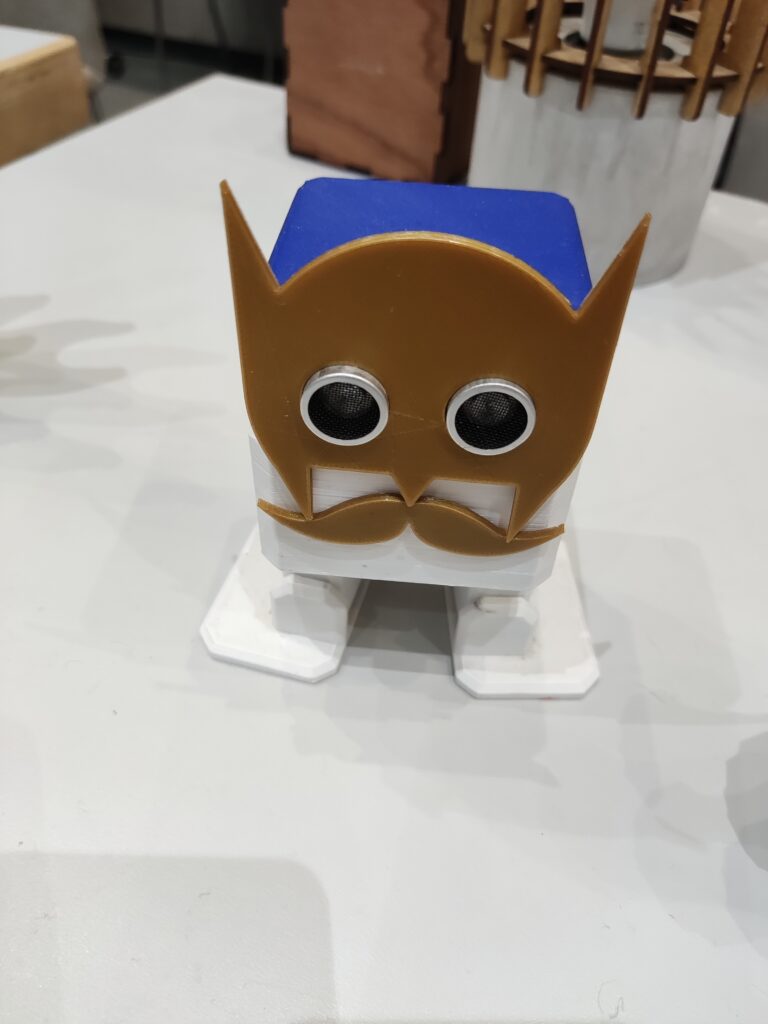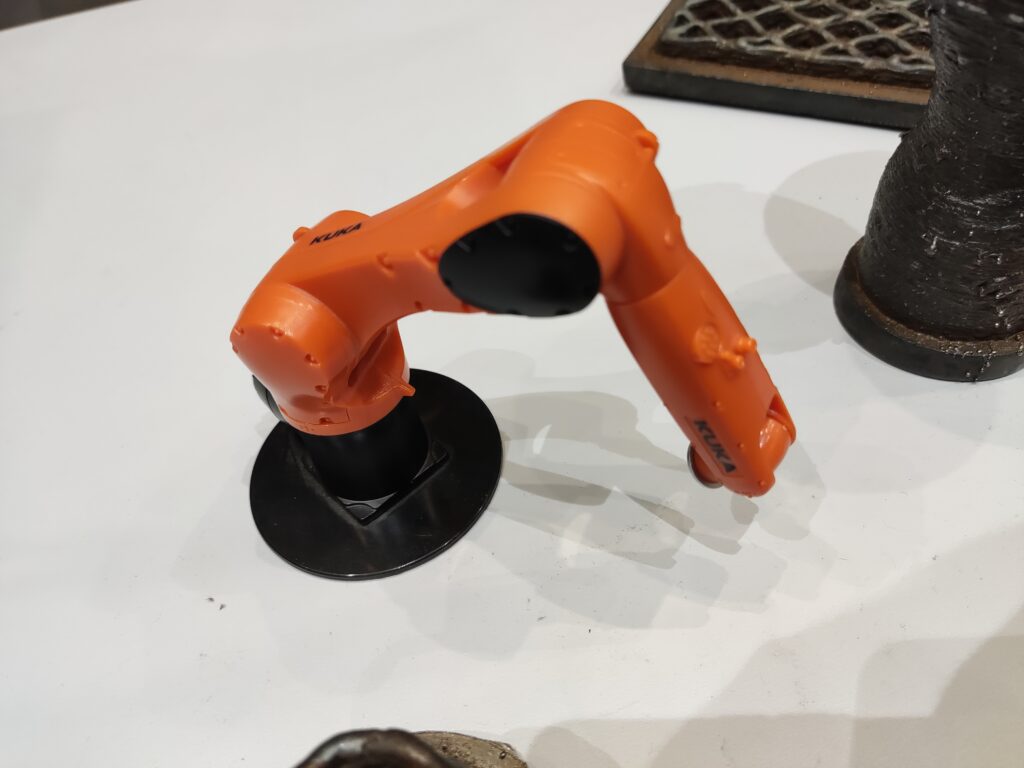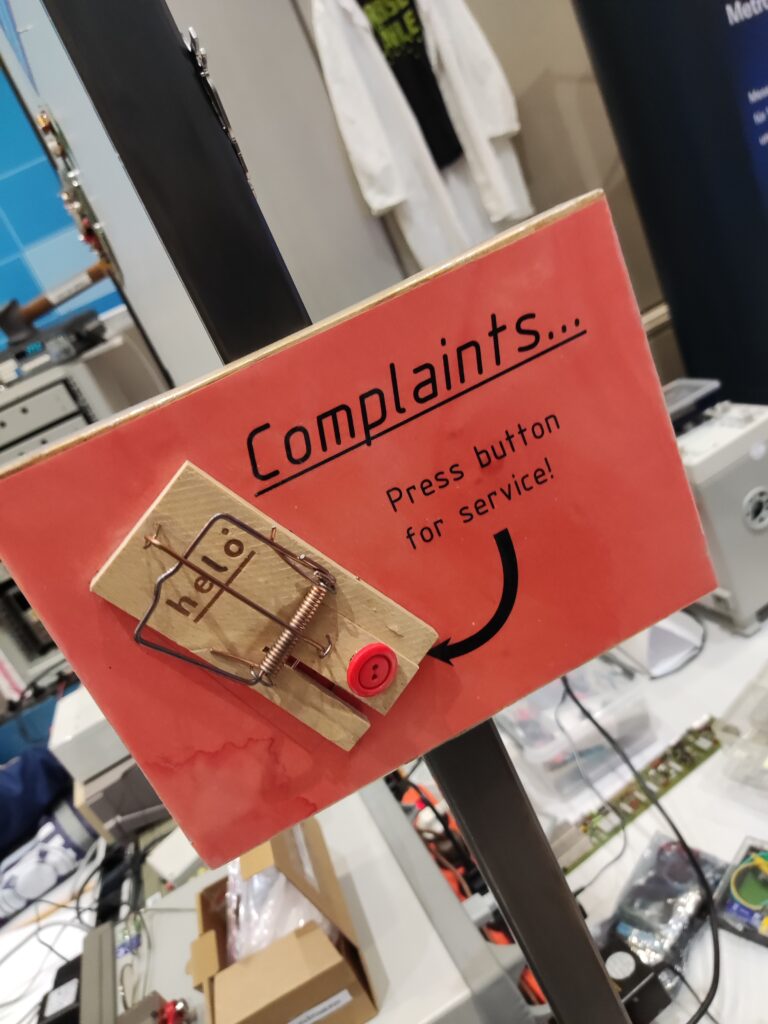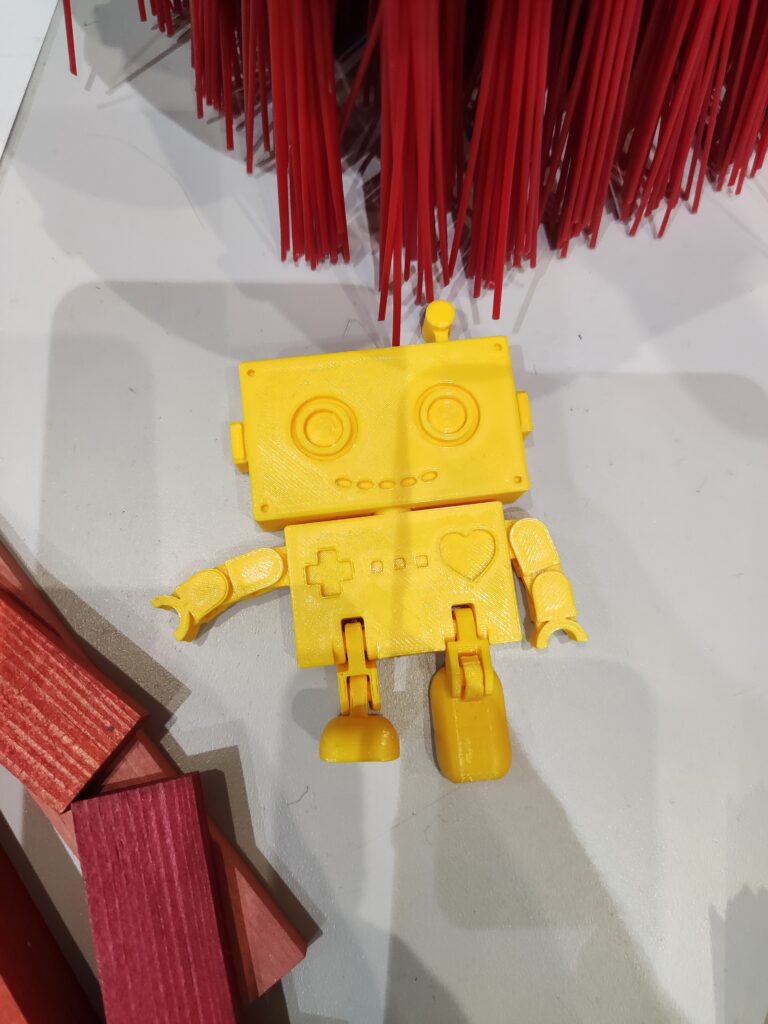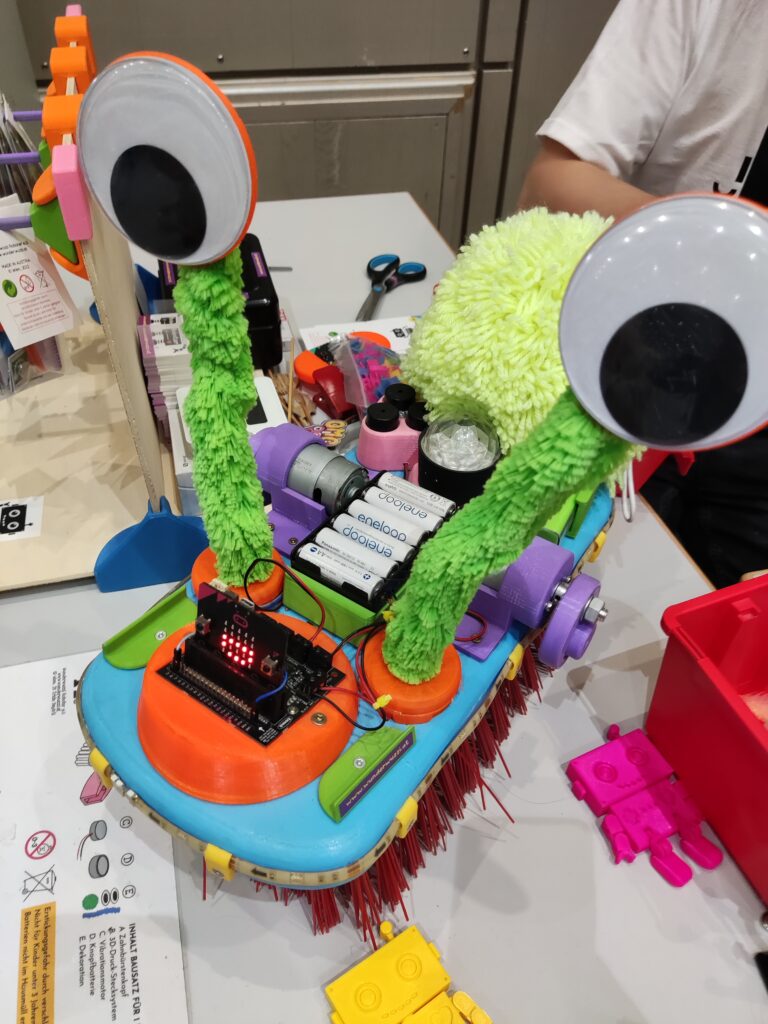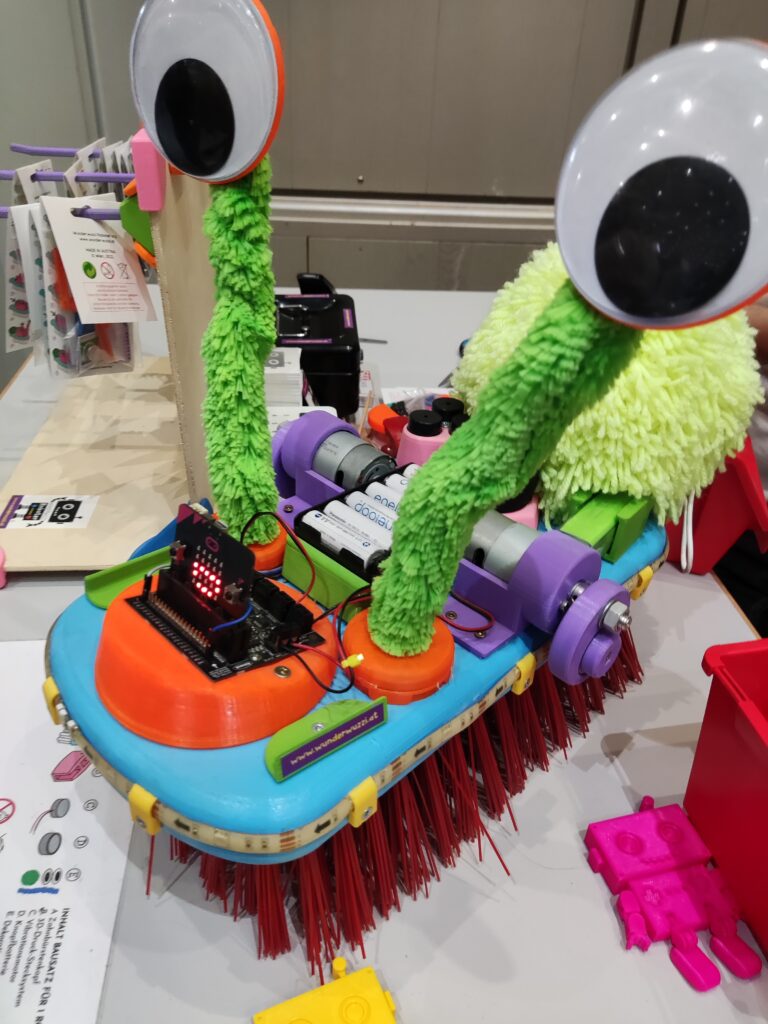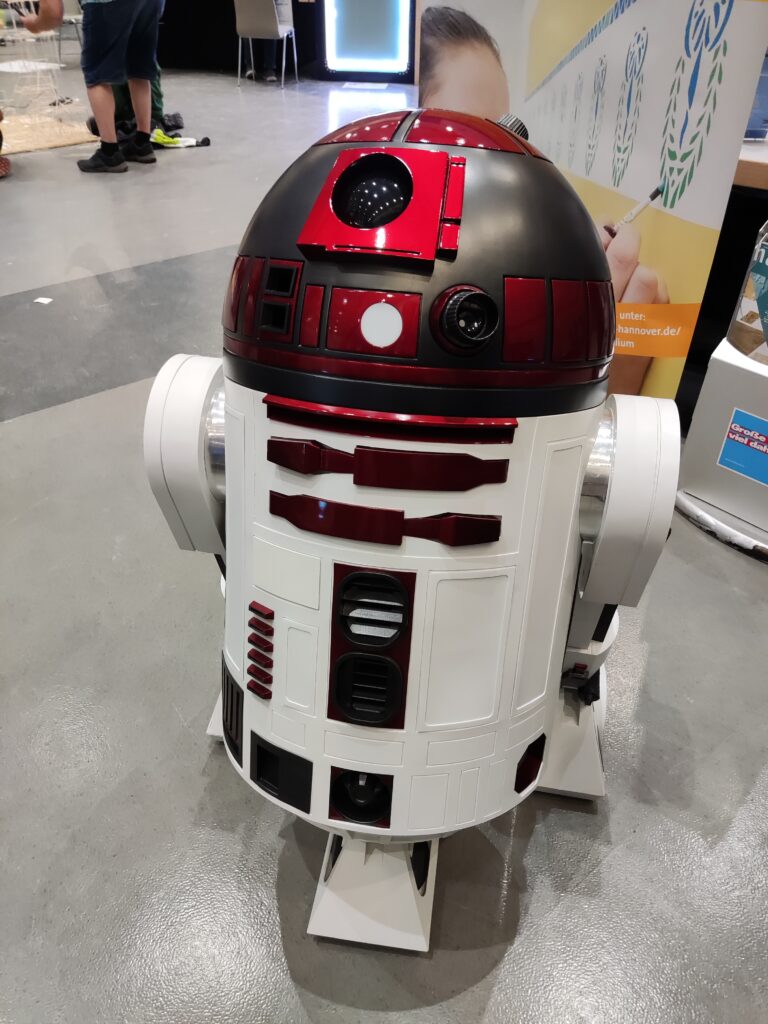Mehr Informationen unter: https://www.iais.fraunhofer.de/de/branchen-themen/themen/intelligente-prozessautomatisierung/gen-ai-robotersteuerung.html
Schlagwort-Archive: Robots-Blog
Robots-Blog besucht Vention auf der automatica 2025. Andrea Alboni im Gespräch mit Sebastian Trella
Volker Spanier präsentiert neuen Epson 6-Achs-Roboter Cobot AX6 im Robots-Blog Interview auf automatica 2025
KI-Gestenerkennung mit IDS NXT Kamera lässt igus ReBel Roboter Stein, Schere, Papier gegen Mensch spielen
Robots-Blog wishes Merry Christmas and a Happy New Year
Ho-ho-ho! 🎅 The holiday season is here, and even the robots are taking a break from their 24/7 work shifts! 🤖💼 (Well, at least the ones who *don’t* live in the cloud.) May your Christmas be as glitch-free as a perfectly coded algorithm and your New Year as smooth as a freshly updated firmware! Please follow Robots-Blog also in 2025!
2.500 Euro für Mädchen-Robotik-AG der Gesamtschule Hennef-West
Roboter sind nur etwas für Jungs? Mit der AG „Mädchen machen Robotik“ beweist Lehrer Karsten Schraut an der Gesamtschule Hennef-West das Gegenteil. Der Förderverein WISSENschaf(f)t SPASS unterstützt das Schulprojekt nun mit einer Spende von 2.500 Euro.
„Das Projekt ‚Mädchen machen Robotik‘ soll bereits früh die intrinsische Motivation zur Entdeckung, der Erforschung und dem Experimentieren unterstützen“, erklärt Lehrer Karsten Schraut, der die Arbeitsgemeinschaft ins Leben gerufen hat. Eine allgemeine Robotik-AG, die sich an Schüler und Schülerinnen gleichermaßen richtete, habe es an der Gesamtschule Hennef-West schon länger gegeben. Ihm fiel jedoch auf: Während sich die Jungs schnell auf die begehrten Plätze stürzten, waren die Mädchen bei der Anmeldung zurückhaltender – obwohl das Interesse prinzipiell da gewesen wäre. So reifte die Idee, es in diesem Schuljahr einmal mit einer reinen Mädchen-Robotik-AG zu versuchen.
Mit durchschlagendem Erfolg: 14 Mädchen der Jahrgänge 5 und 6 nahmen das Angebot begeistert an und beschäftigen sich jede Woche zwei Schulstunden lang enthusiastisch mit den Robotik-Baukästen und Laptops. Mit dem LEGO® Mindstorms EV3-System bauen sie eigenständig Roboter zusammen und bringen ihnen mit ihren ersten Programmierschritten bereits bei, gezielte Bewegungen durchzuführen. „Die Schülerinnen sollen in Zukunft noch viel mehr Möglichkeiten bekommen, eigenständige Aufgabenstellungen und dazugehörige Problemlösungen zu entwickeln, zum Beispiel den Aufbau von Aktoren und Sensoren analysieren und eventuell sogar eigene entwickeln“, so Karsten Schraut. Geplant sei auch die Teilnahme an Wettbewerben wie zum Beispiel dem RoboCupJunior, dem zdi-Roboterwettbewerb des Rhein-Sieg-Kreises oder der Robotiknacht der Hochschule Bonn-Rhein-Sieg.
Direkte Unterstützung für innovative MINT-Projekte
Für die Umsetzung dieser ambitionierten Ziele erhält die Schule jetzt finanzielle Schützenhilfe durch den Förderverein WISSENschaf(f)t SPASS. Der Verein für Bildung und Innovation im Rheinland fördert jedes Jahr ausgewählte Schulprojekte in den MINT-Fächern (Mathematik, Informatik, Naturwissenschaften und Technik) direkt mit zweckgebundenen Spenden und wurde über das Regionale Bildungsbüro des Rhein-Sieg-Kreises, das sich mit seinem zdi-Netzwerk für die MINT-Bildung engagiert, auf die geplante Weiterentwicklung der Mädchen-Robotik-AG aufmerksam. „Mit innovativen Projekten wie diesem tragen engagierte Lehrer enorm viel dazu bei, Begeisterung für Technik und Freude am Tüfteln an die Schulen zu bringen“, sagt Alexander Mühlens, Mitglied des erweiterten Vorstands von WISSENschaf(f)t SPASS. „Die teilnehmenden Schülerinnen werden nachhaltig gefördert, zu einer Schullaufbahn mit technischem und naturwissenschaftlichem Schwerpunkt motiviert und idealerweise am Ende dafür begeistert, einen Beruf im MINT-Bereich zu ergreifen.“

Gemeinsam mit den robotikbegeisterten Fördervereins-Mitgliedern Lena Reifenhäuser und Sebastian Trella sowie Diana Heintges vom Regionalen Bildungsbüro besuchte er am 28. Oktober die Mädchen-Robotik-AG und überreichte feierlich den Spendenscheck in Höhe von 2.500 Euro. Aus dem Mitgliedsunternehmen igus GmbH, in dem Alexander Mühlens den Geschäftsbereich Automatisierungstechnik und Robotik leitet, brachte er als Überraschungsgeschenk zusätzlich ein Exemplar des kollaborativen Roboters „ReBeL“ mit – ein echter Industrieroboter, mit dem die Schülerinnen in ihrer AG jetzt ebenfalls nach Herzenslust experimentieren können.

Der engere und bessere Kontakt zwischen Schulen und technisch orientierten Unternehmen aus der Region ist dem Förderverein WISSENschaf(f)t SPASS seit seiner Gründung im August 2015 ein wichtiges Anliegen. Auch die direkte Unterstützung engagierter Schulprojekte hat für den Verein bereits Tradition. An zahlreichen Schulen aus der Region können damit jedes Jahr innovative technologische Projekte gestartet werden, die von Schülerinnen und Schülern mit viel Begeisterung und Freude am Tüfteln umgesetzt werden. Neben der Gesamtschule Hennef-West wurden im Jahr 2024 bereits die Realschule Beuel und die Nikolausschule Bonn mit zweckgebundenen Spenden für ihre Projekte unterstützt.
Weitere Informationen unter: www.wissenschaft-spass.de
Maker Faire Hannover 2024
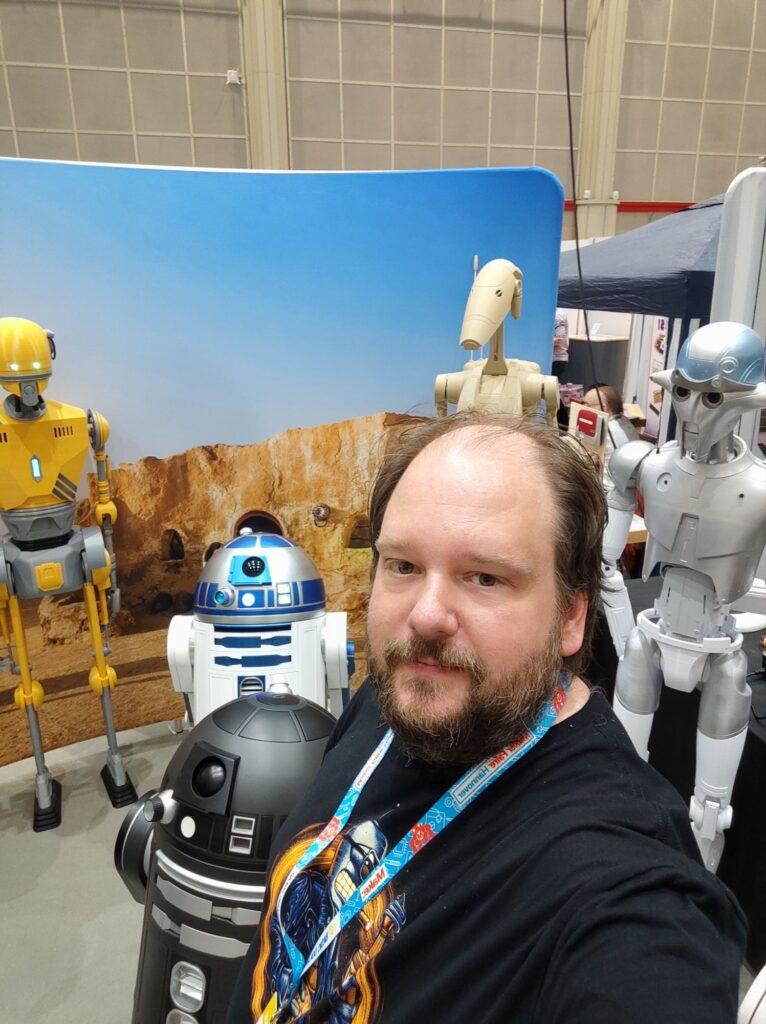
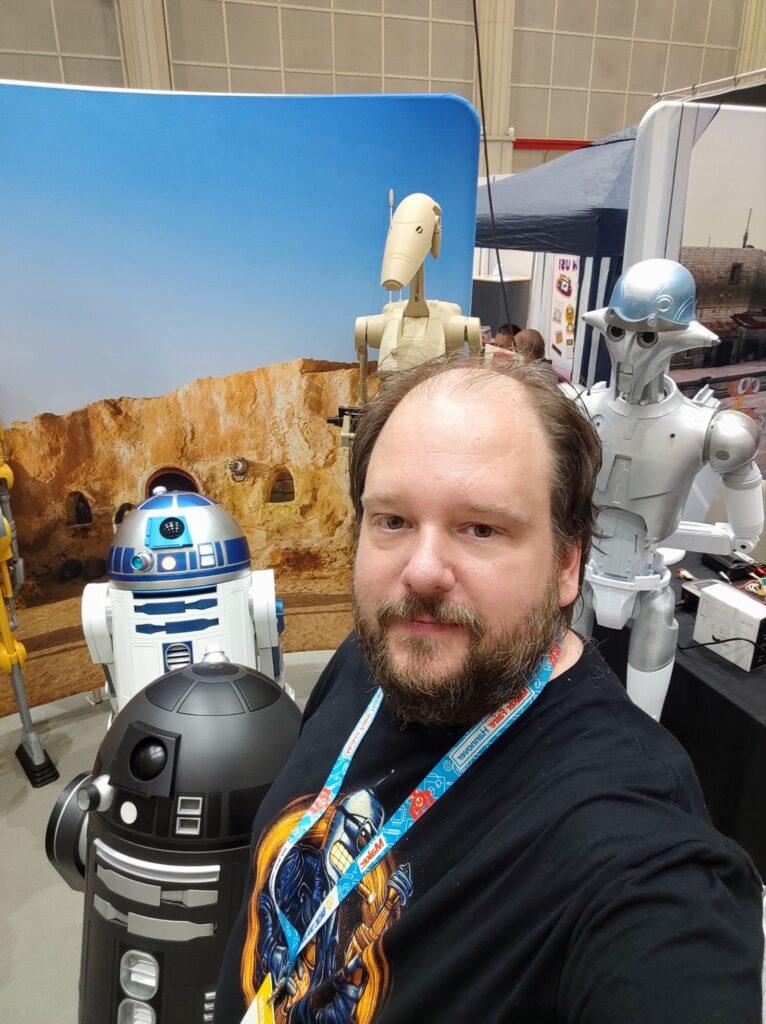
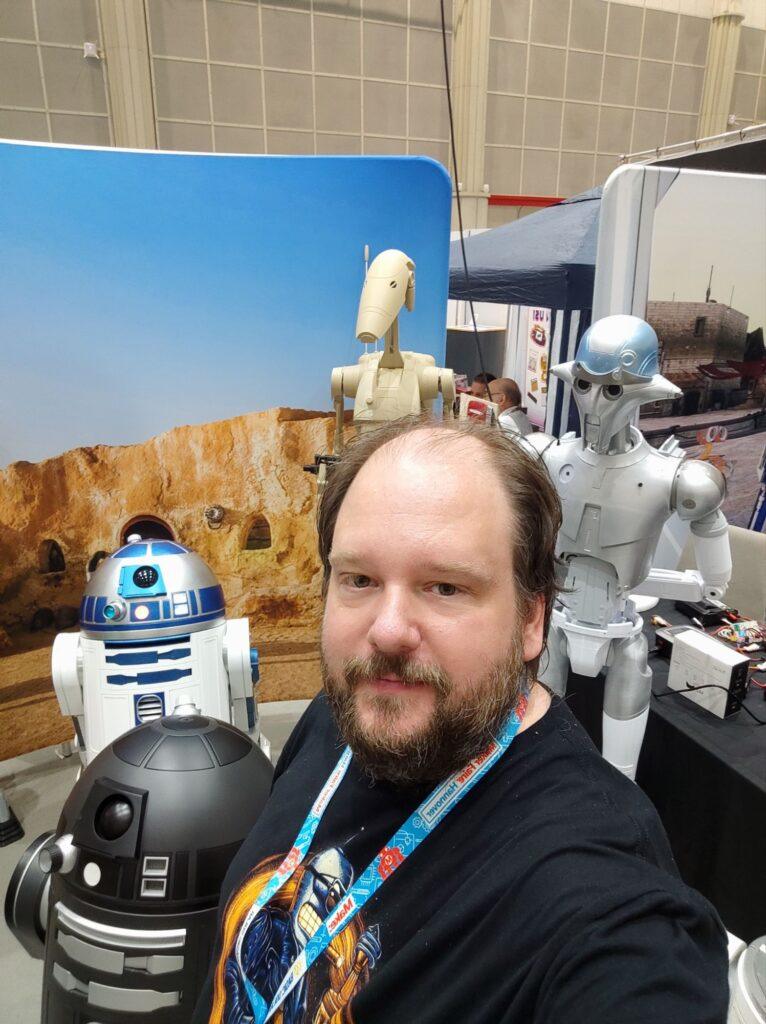
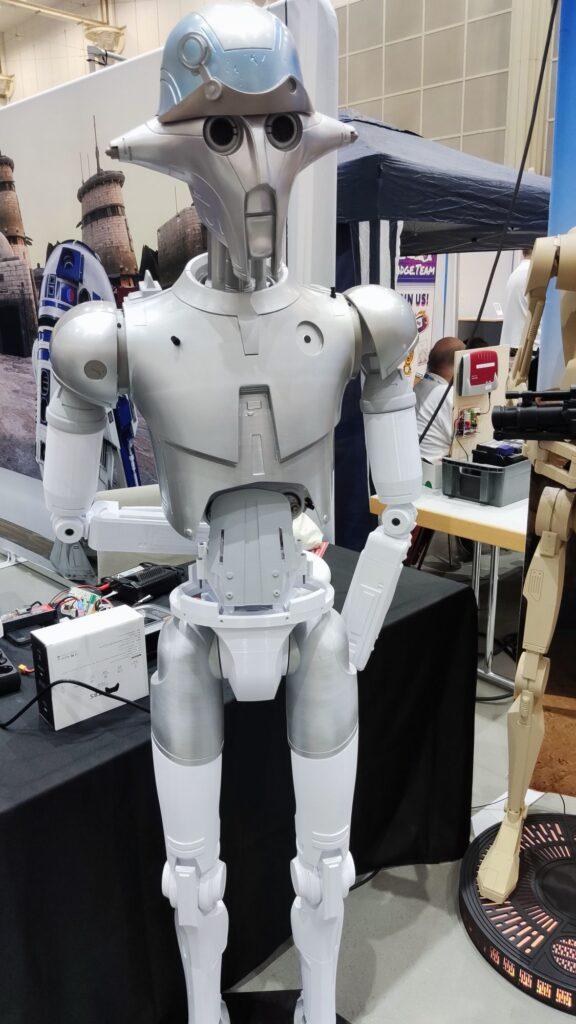
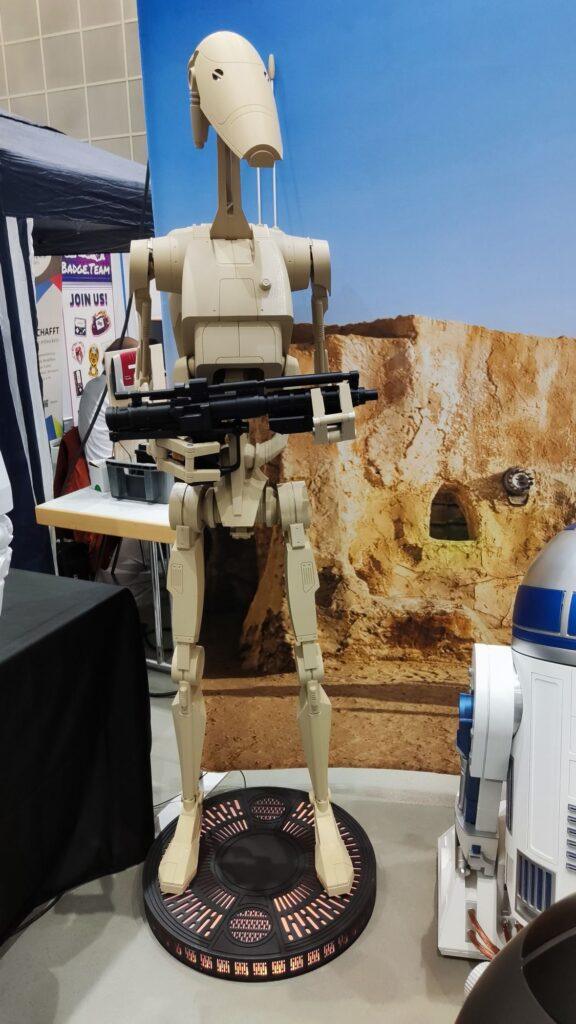
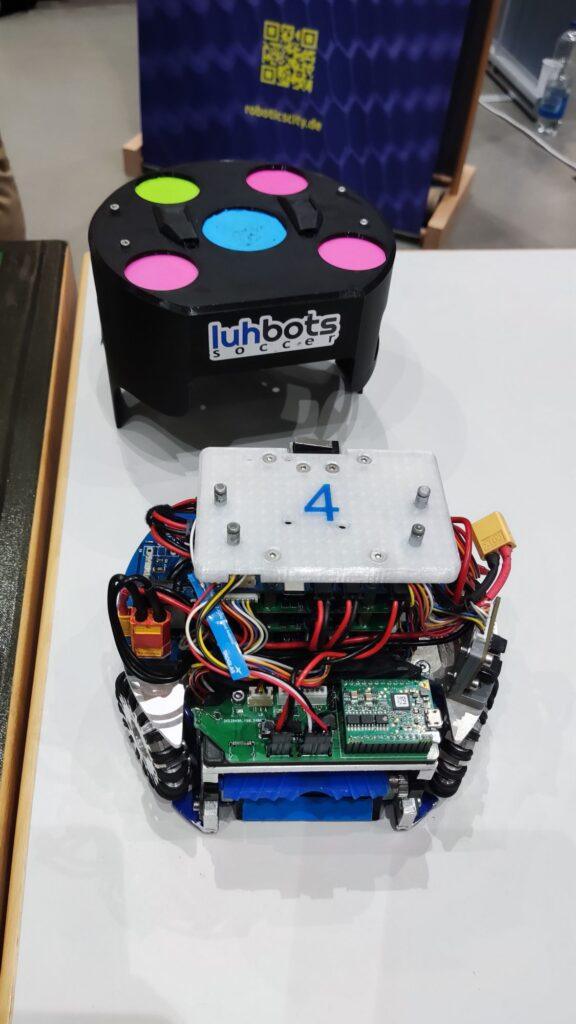
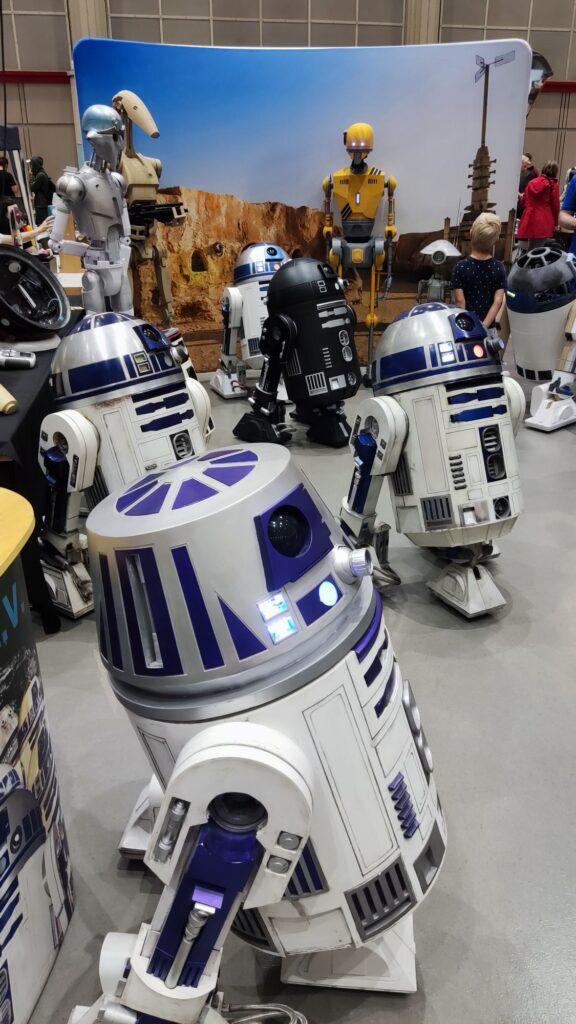
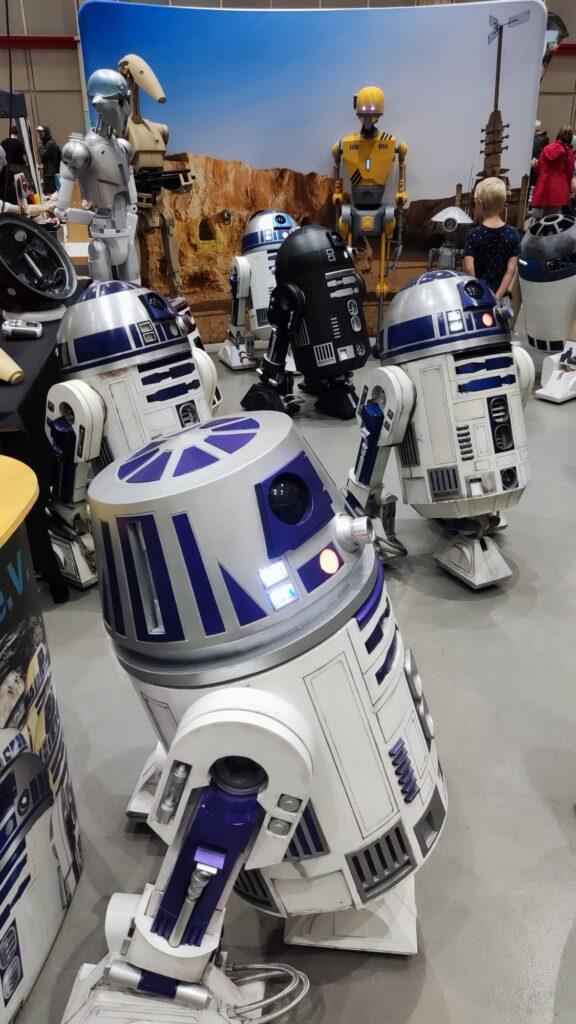
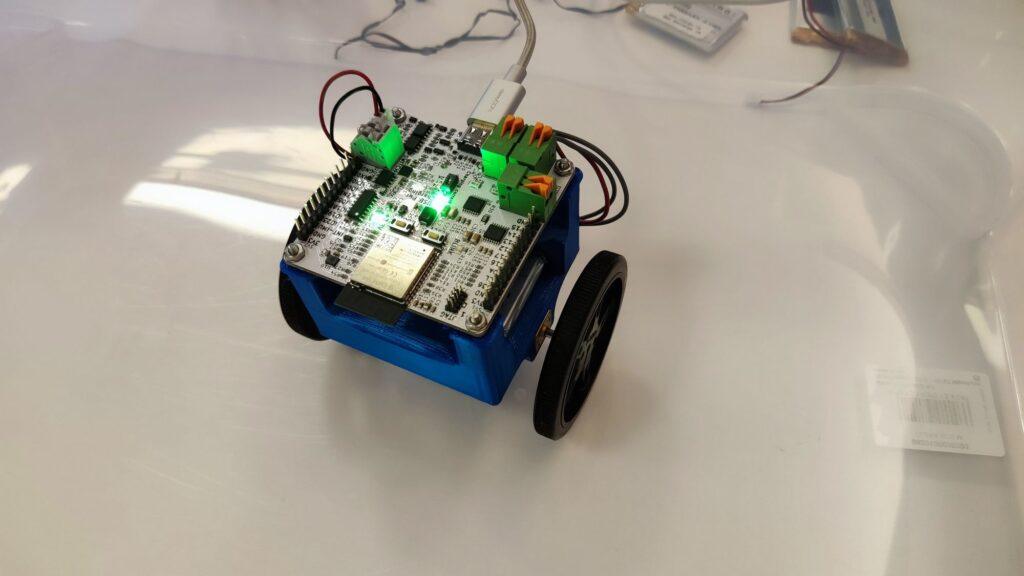
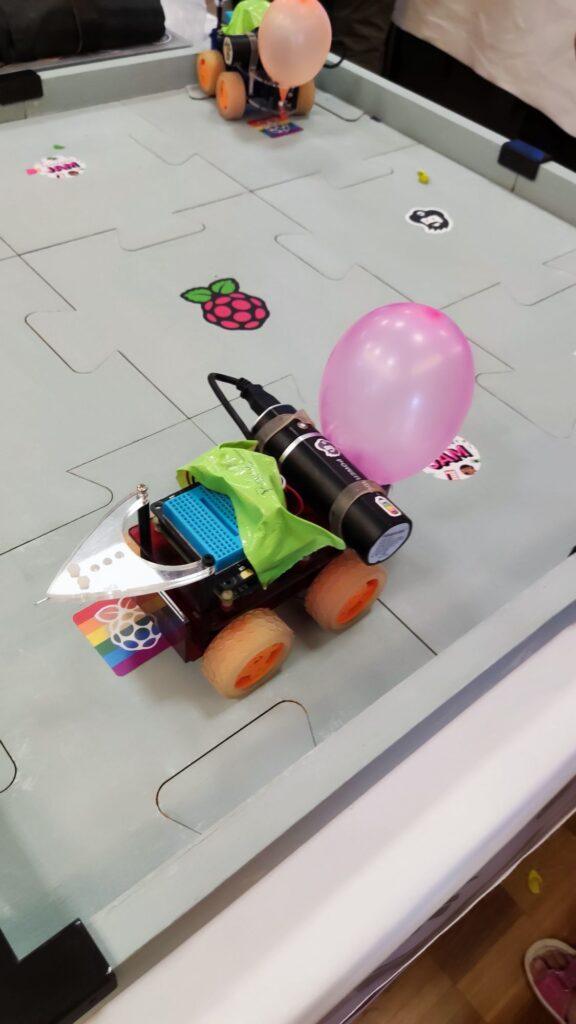
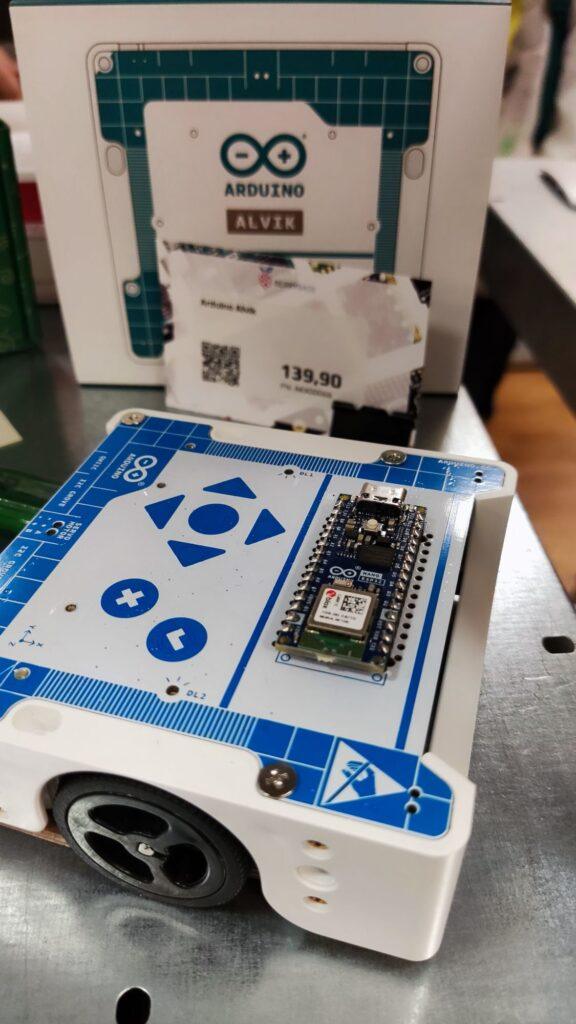
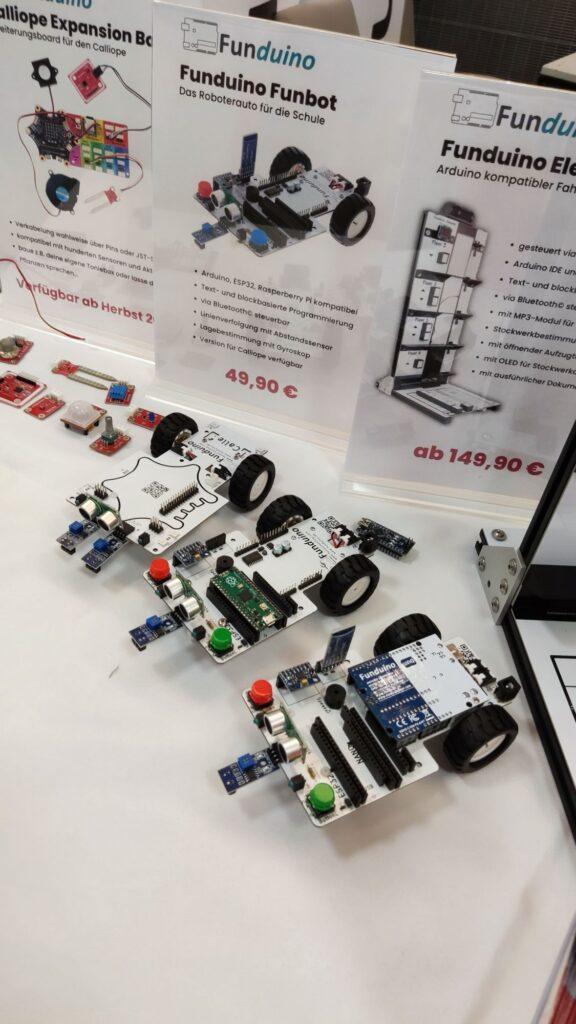
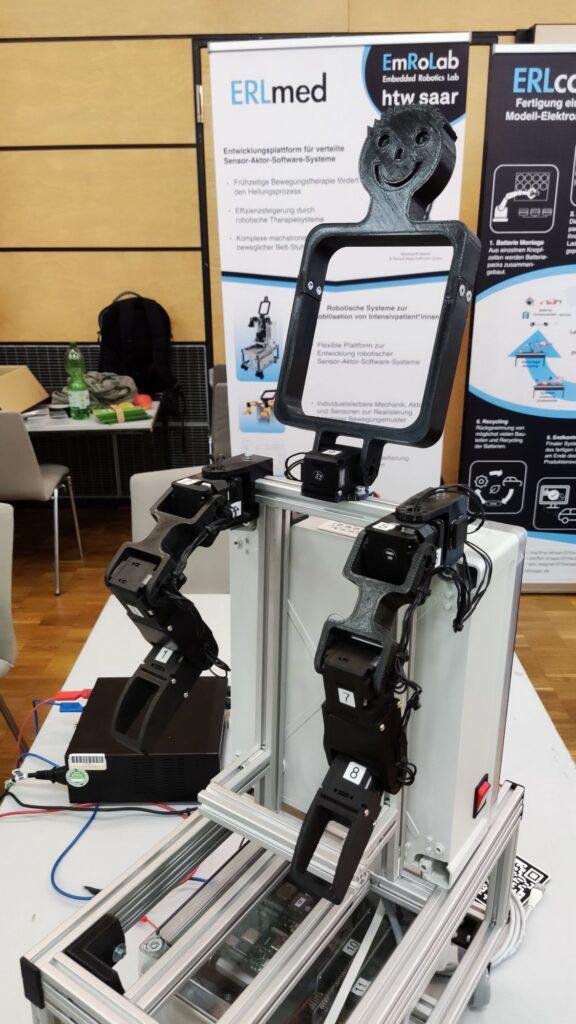
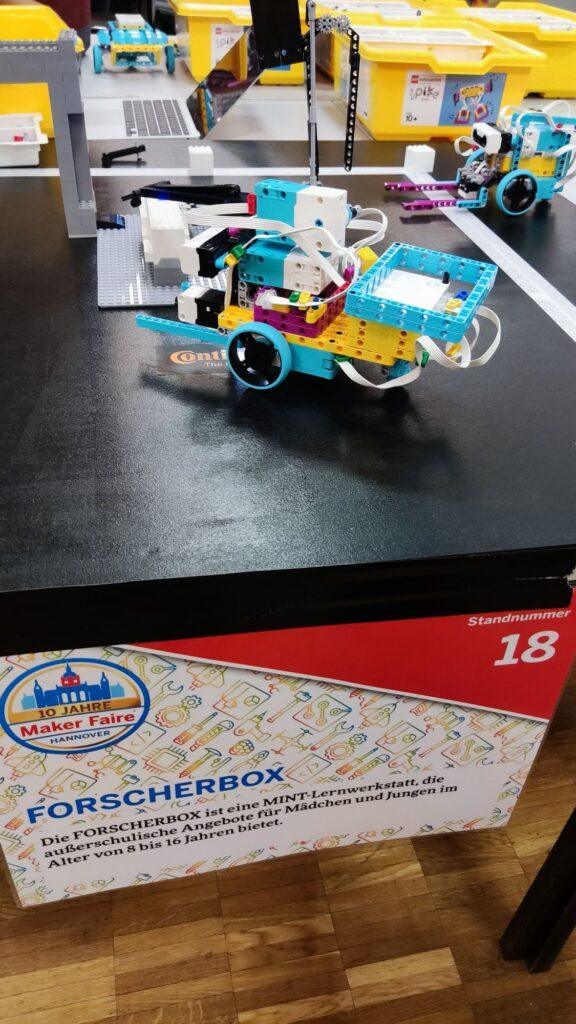
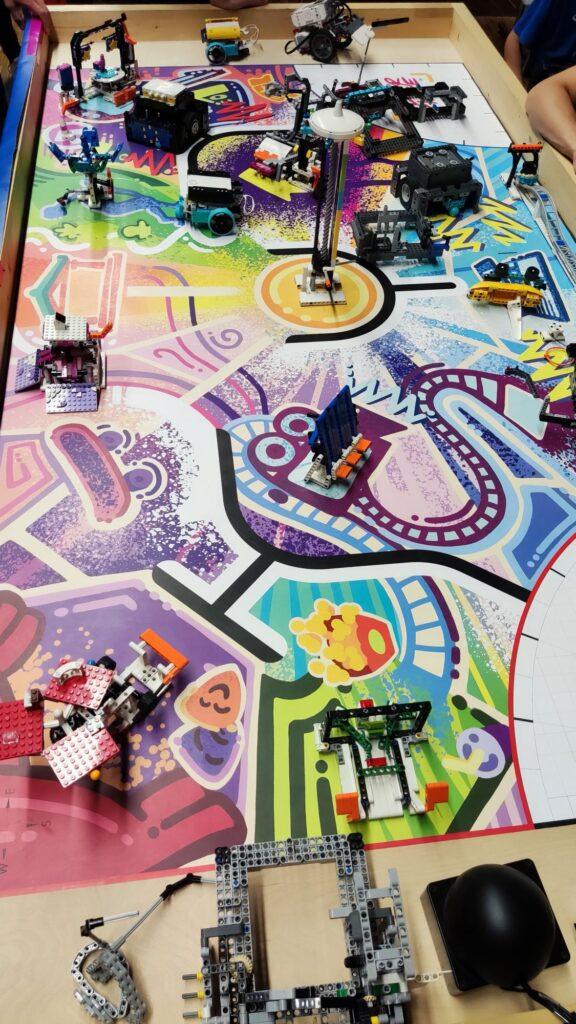
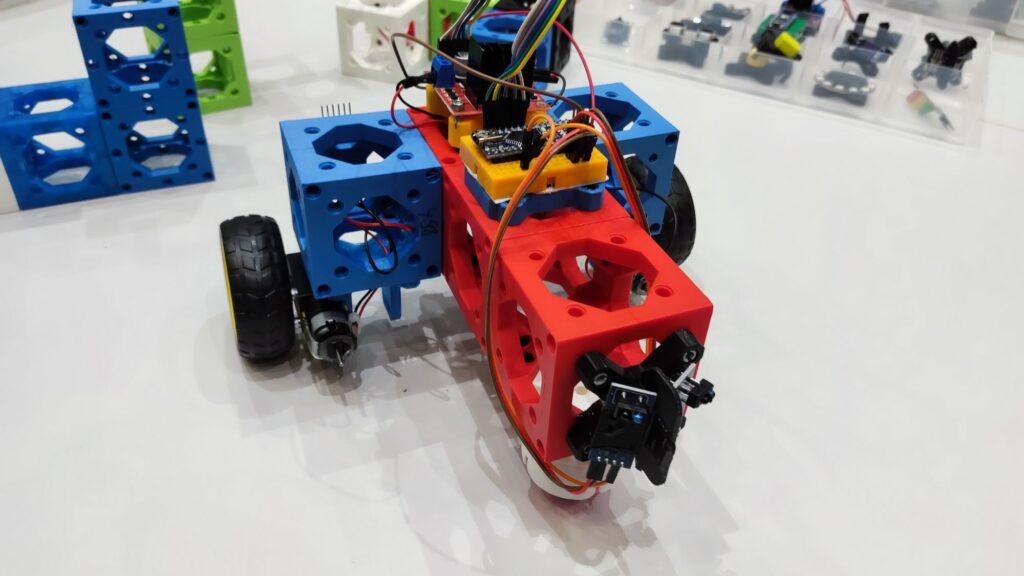
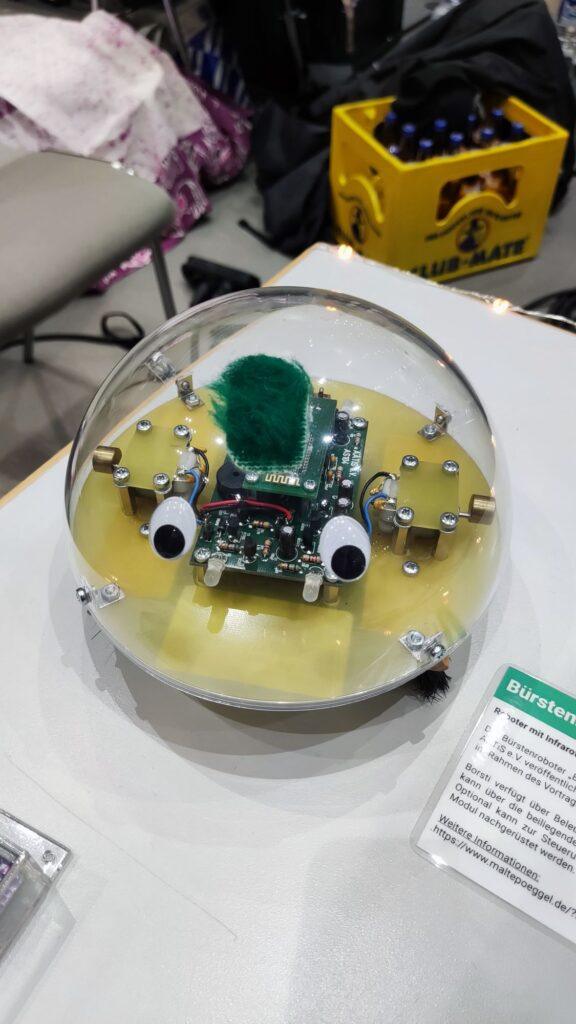
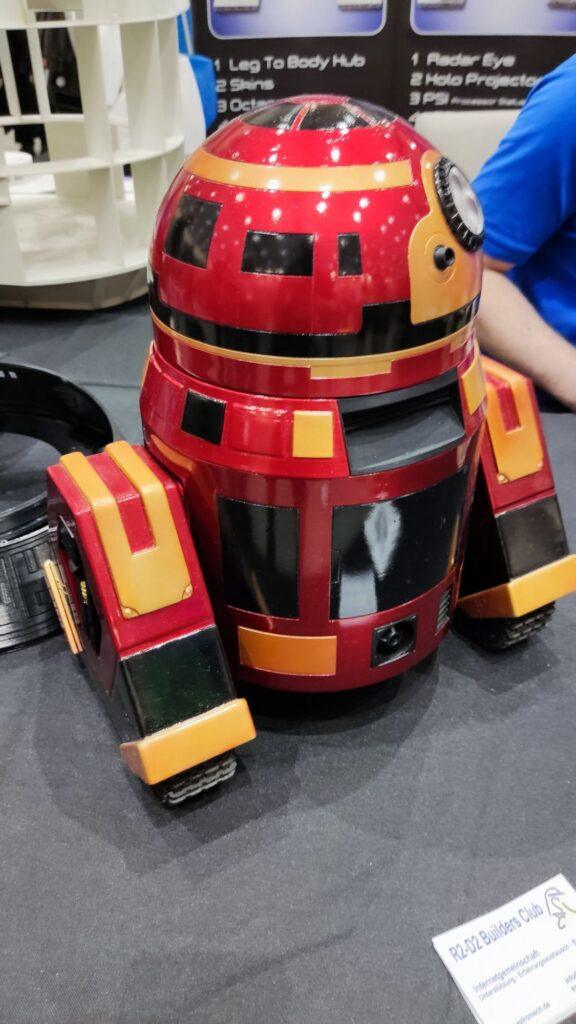
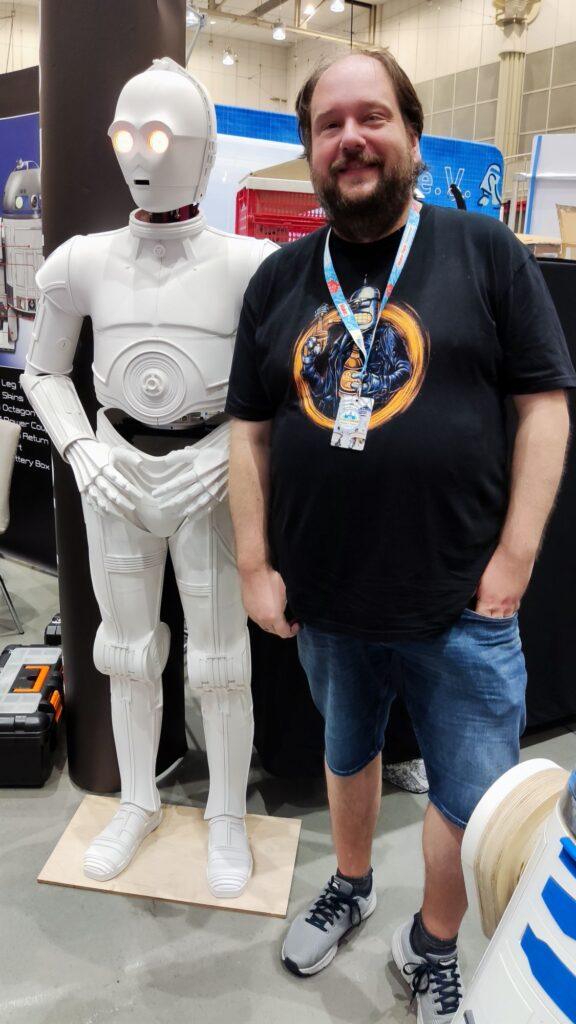
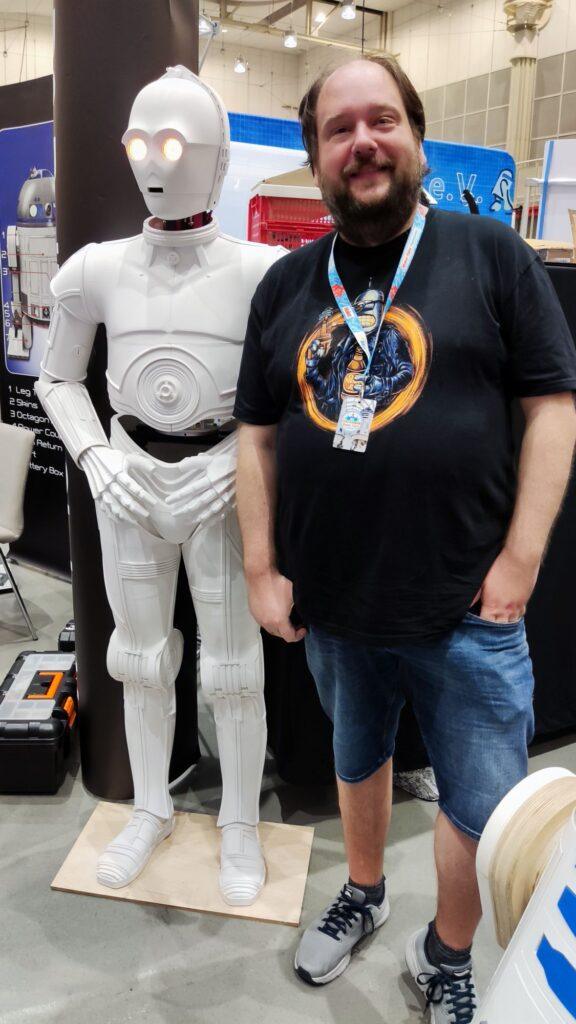
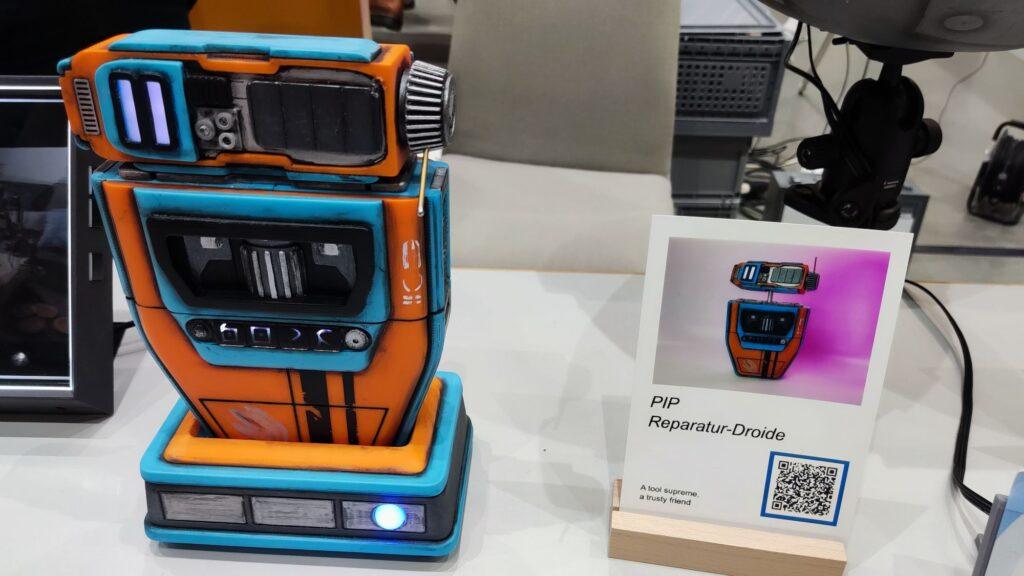
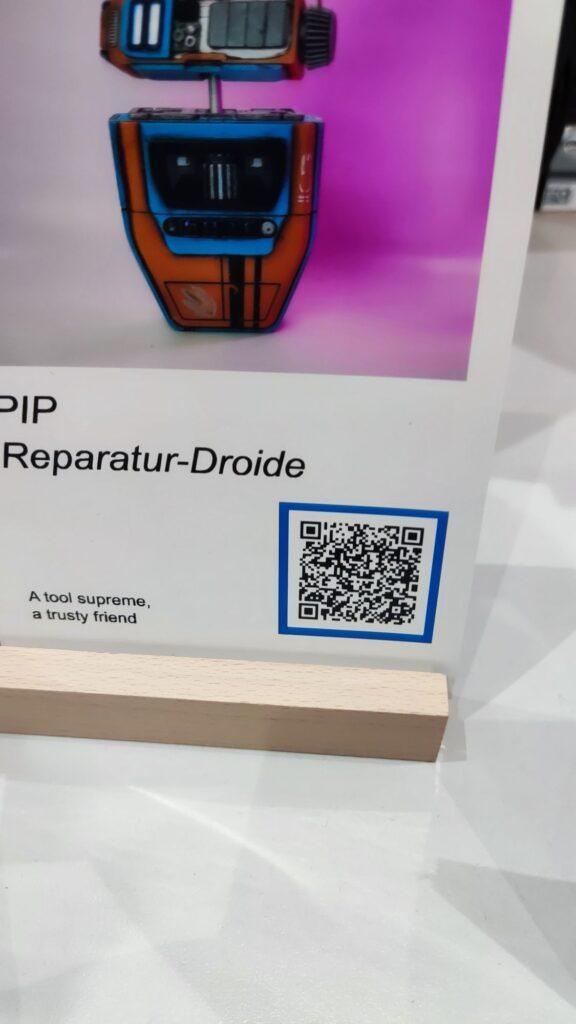
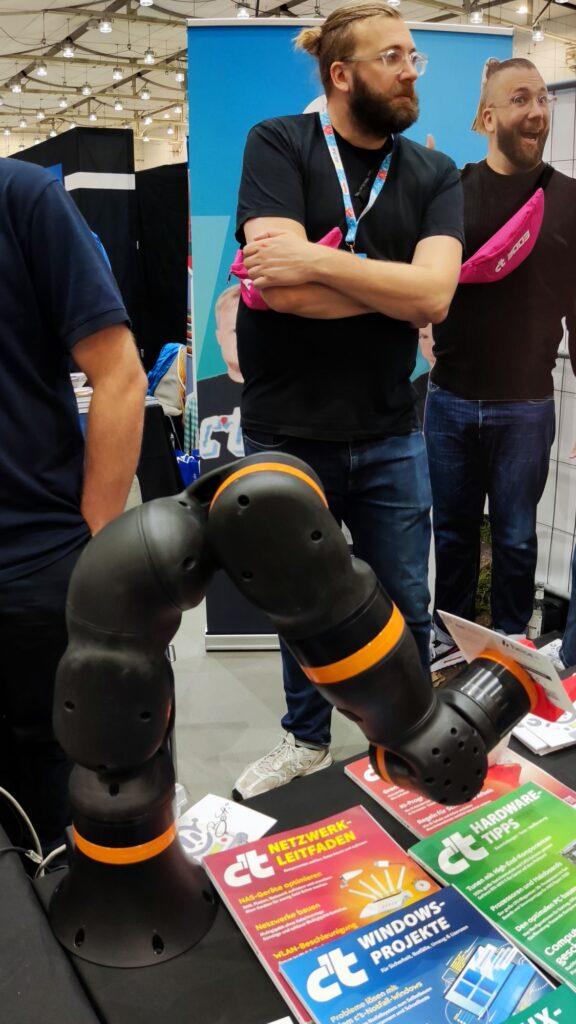
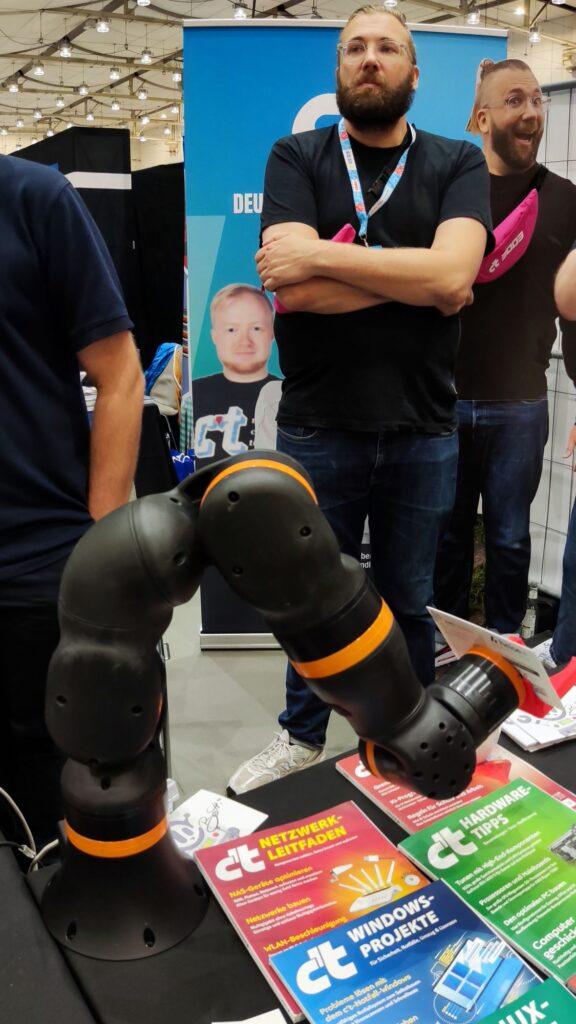
Robot plays „Rock, Paper, Scissors“ – Part 1/3
Gesture recognition with intelligent camera
I am passionate about technology and robotics. Here in my own blog, I am always taking on new tasks. But I have hardly ever worked with image processing. However, a colleague’s LEGO® MINDSTORMS® robot, which can recognize the rock, paper or scissors gestures of a hand with several different sensors, gave me an idea: „The robot should be able to ’see‘.“ Until now, the respective gesture had to be made at a very specific point in front of the robot in order to be reliably recognized. Several sensors were needed for this, which made the system inflexible and dampened the joy of playing. Can image processing solve this task more „elegantly“?
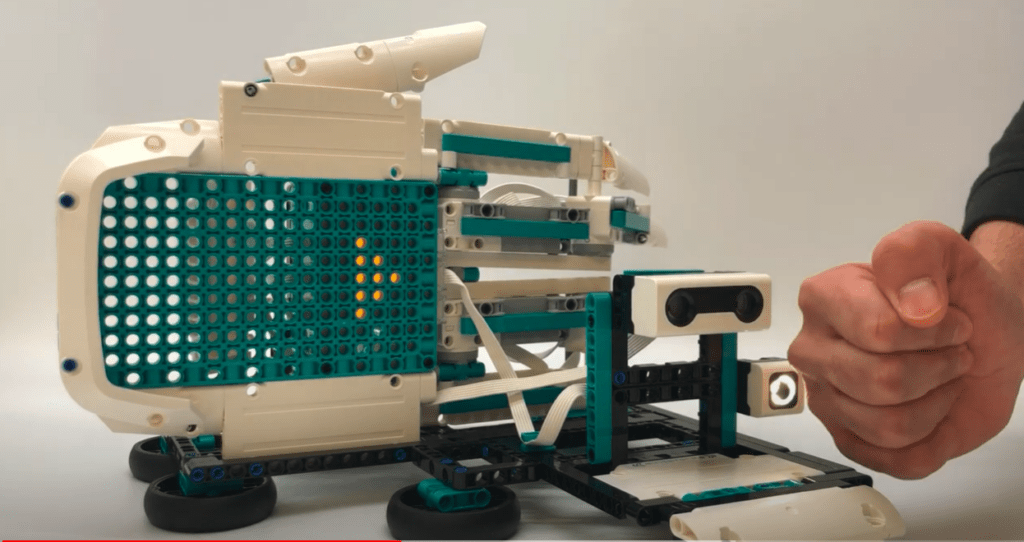
From the idea to implementation
In my search for a suitable camera, I came across IDS NXT – a complete system for the use of intelligent image processing. It fulfilled all my requirements and, thanks to artificial intelligence, much more besides pure gesture recognition. My interest was woken. Especially because the evaluation of the images and the communication of the results took place directly on or through the camera – without an additional PC! In addition, the IDS NXT Experience Kit came with all the components needed to start using the application immediately – without any prior knowledge of AI.
I took the idea further and began to develop a robot that would play the game „Rock, Paper, Scissors“ in the future – with a process similar to that in the classical sense: The (human) player is asked to perform one of the familiar gestures (scissors, stone, paper) in front of the camera. The virtual opponent has already randomly determined his gesture at this point. The move is evaluated in real time and the winner is displayed.
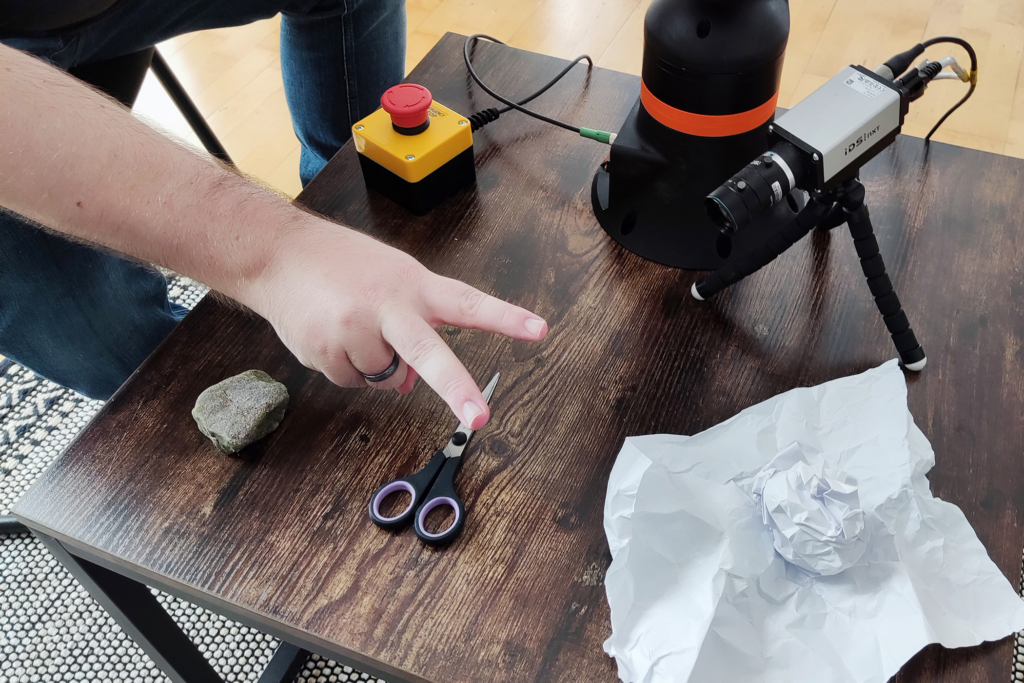
The first step: Gesture recognition by means of image processing
But until then, some intermediate steps were necessary. I began by implementing gesture recognition using image processing – new territory for me as a robotics fan. However, with the help of IDS lighthouse – a cloud-based AI vision studio – this was easier to realize than expected. Here, ideas evolve into complete applications. For this purpose, neural networks are trained by application images with the necessary product knowledge – such as in this case the individual gestures from different perspectives – and packaged into a suitable application workflow.
The training process was super easy, and I just used IDS Lighthouse’s step-by-step wizard after taking several hundred pictures of my hands using rock, scissor, or paper gestures from different angles against different backgrounds. The first trained AI was able to reliably recognize the gestures directly. This works for both left- and right-handers with a recognition rate of approx. 95%. Probabilities are returned for the labels „Rock“, „Paper“, „Scissor“, or „Nothing“. A satisfactory result. But what happens now with the data obtained?
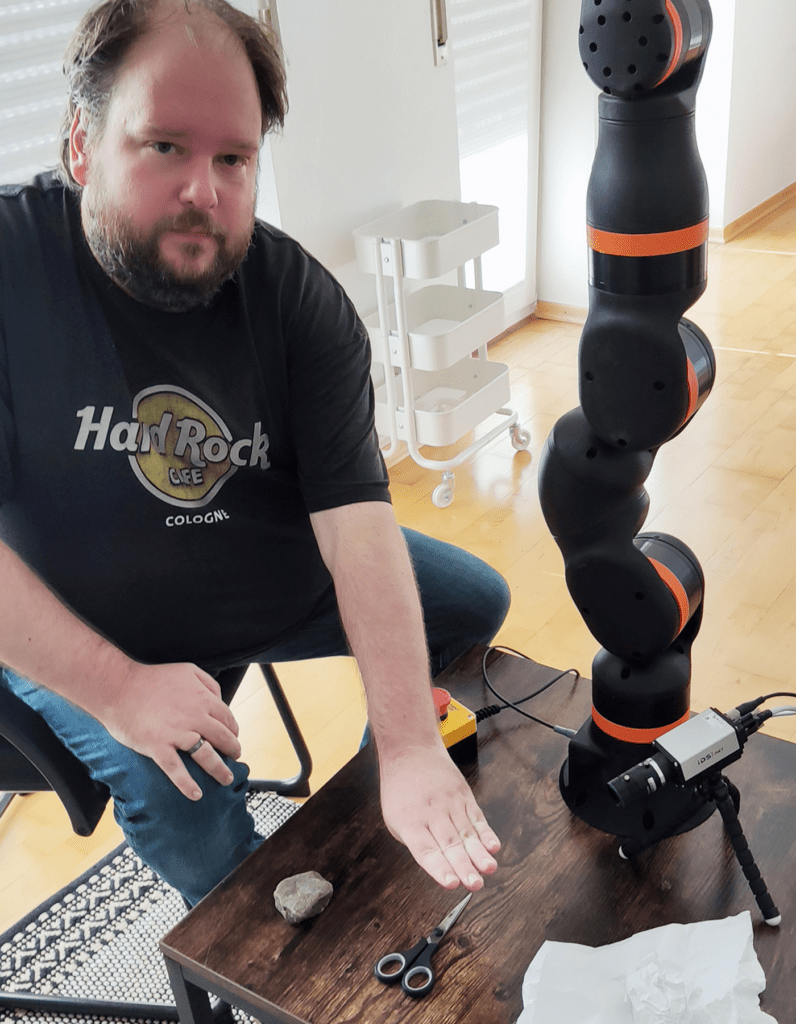
Further processing
The further processing of the recognized gestures could be done by means of a specially created vision app. For this, the captured image of the respective gesture – after evaluation by the AI – must be passed on to the app. The latter „knows“ the rules of the game and can thus decide which gesture beats another. It then determines the winner. In the first stage of development, the app will also simulate the opponent. All this is currently in the making and will be implemented in the next step to become a „Rock, Paper, Scissors“-playing robot.
From play to everyday use
At first, the project is more of a gimmick. But what could come out of it? A gambling machine? Or maybe even an AI-based sign language translator?
To be continued…
Robots-Blog visiting Maker Faire Hanover – Video
Robots-Blog visiting Maker Faire Hanover – Photos
